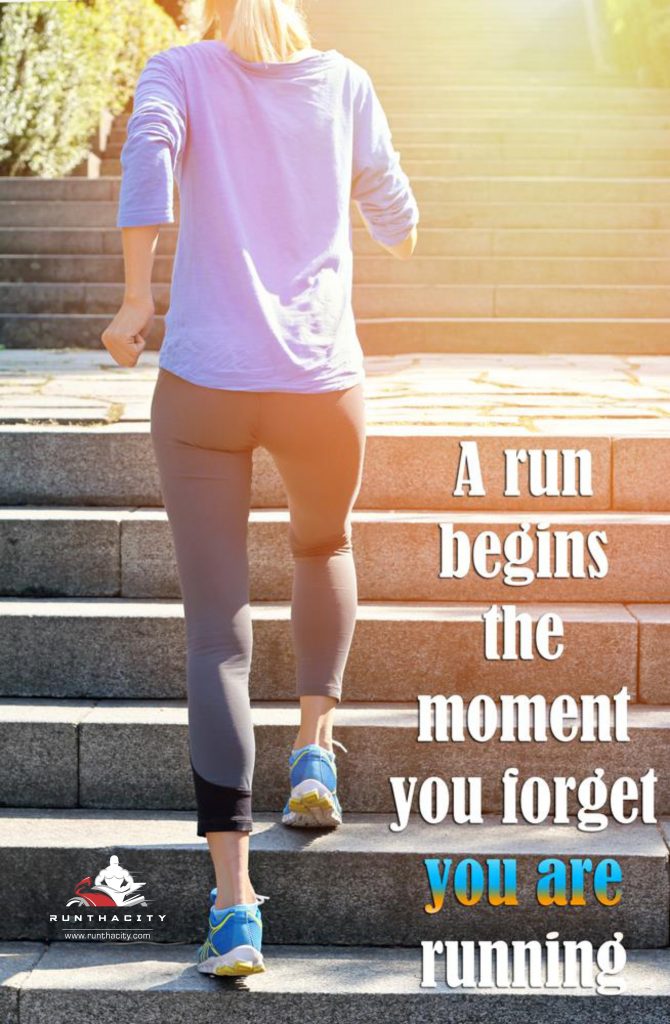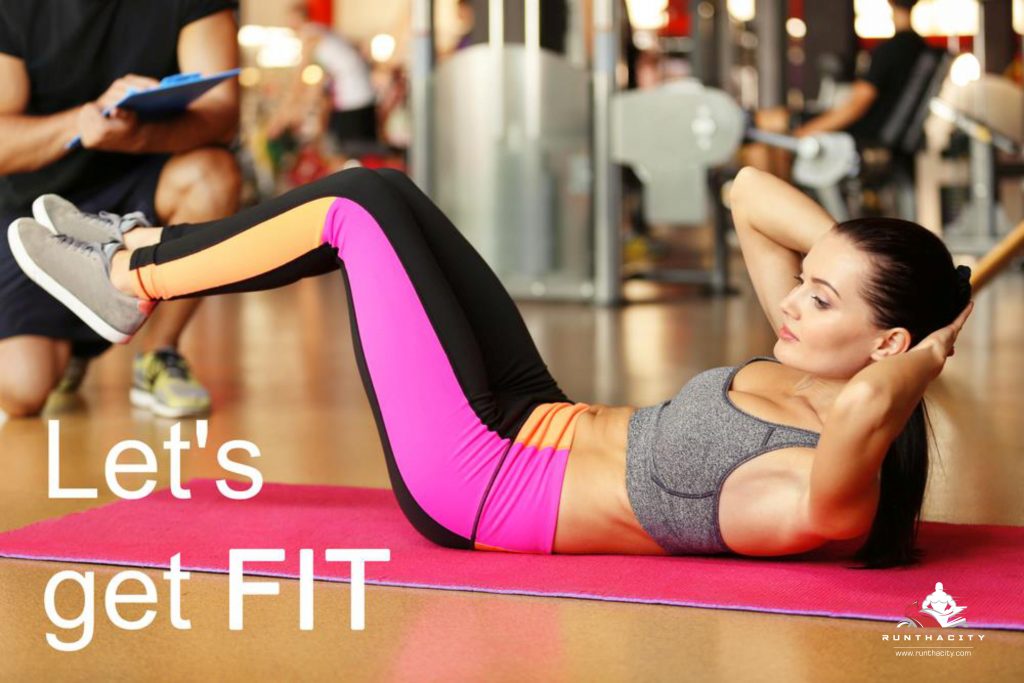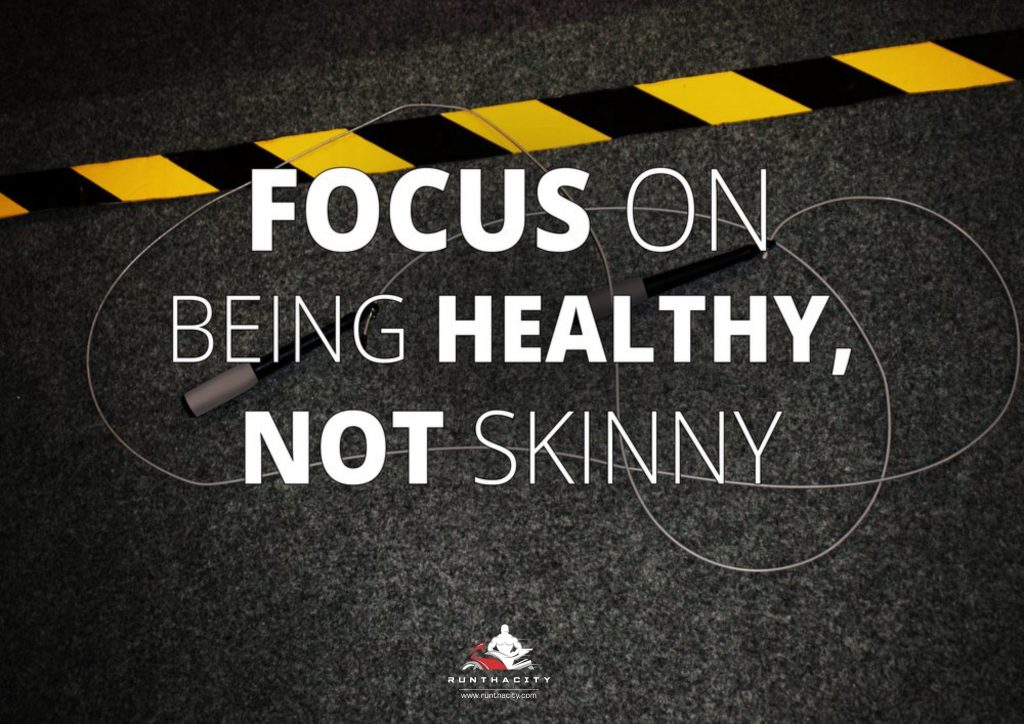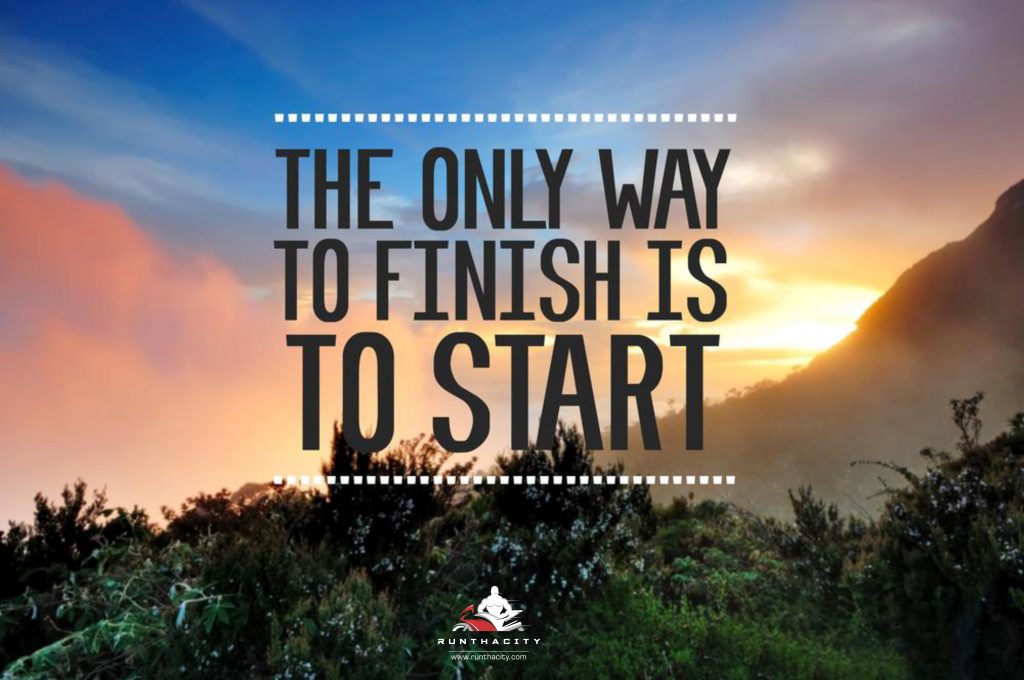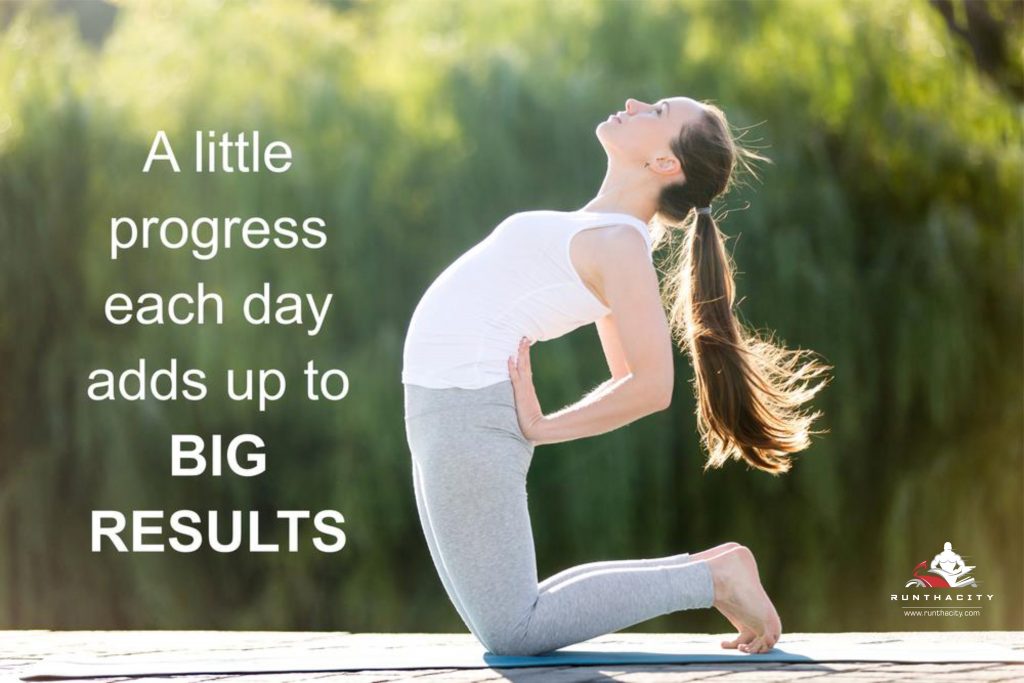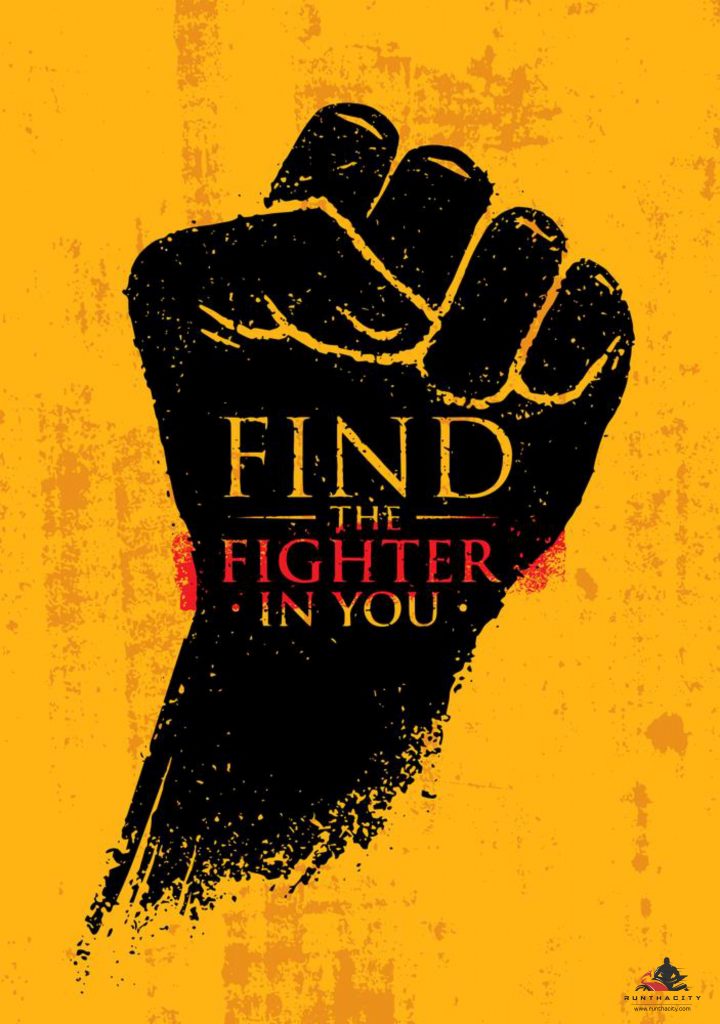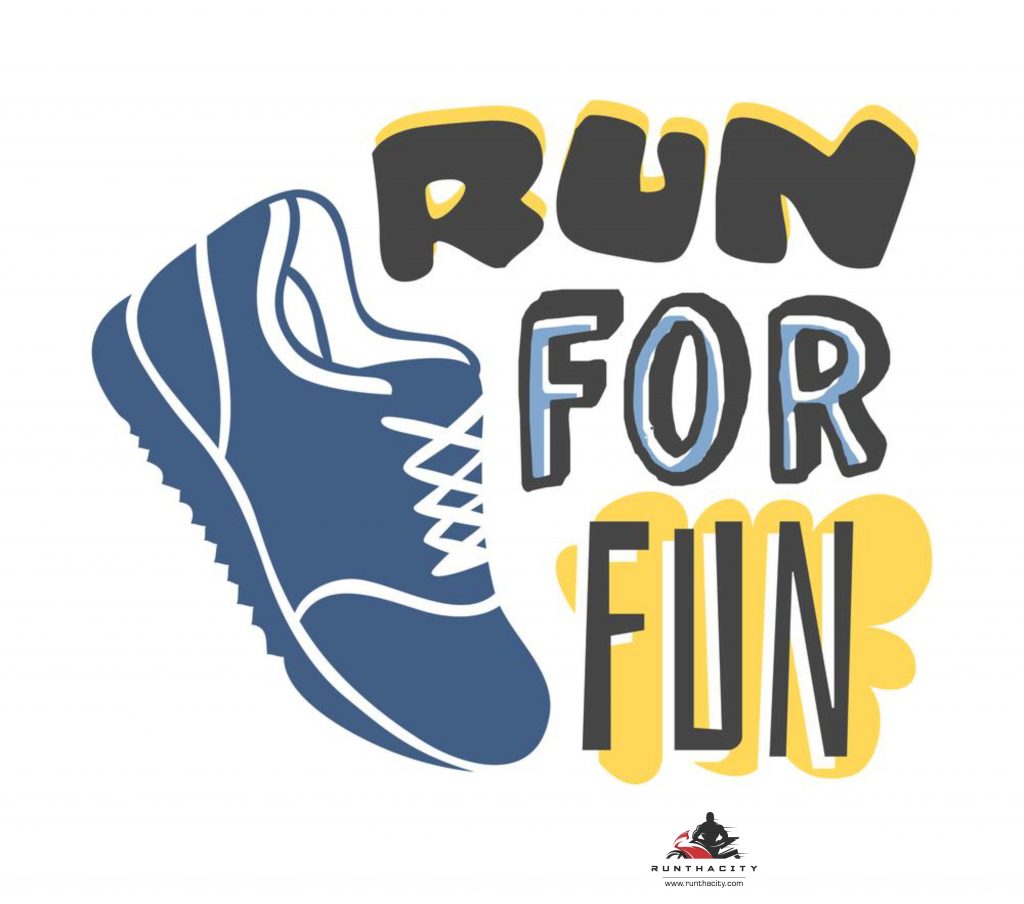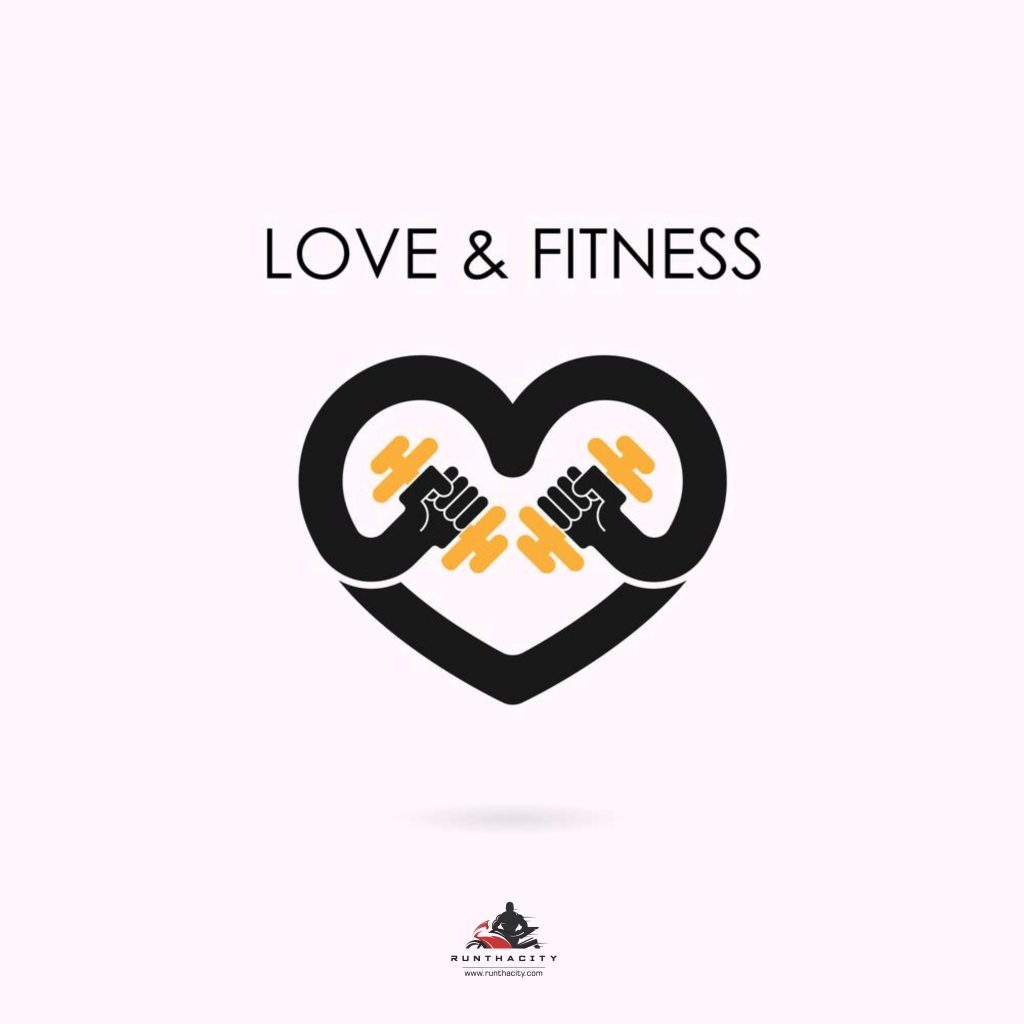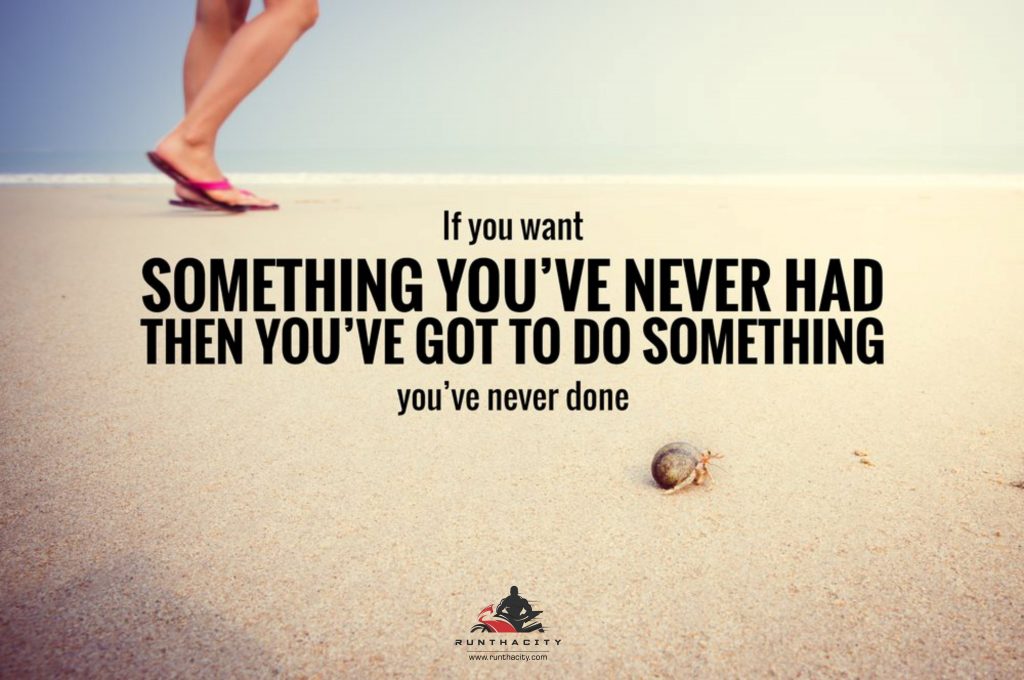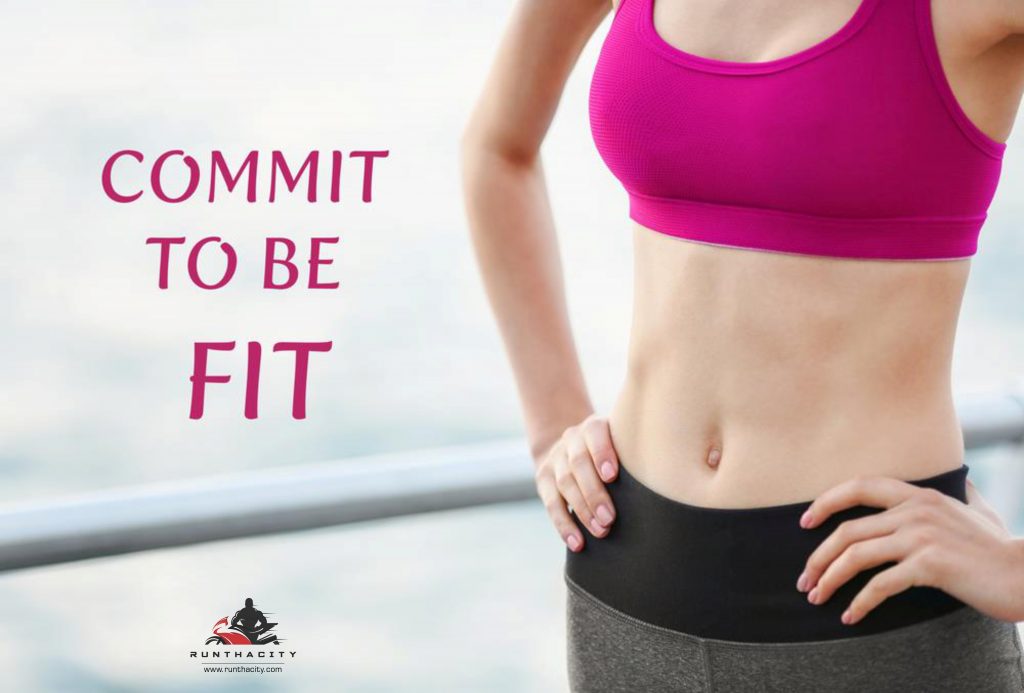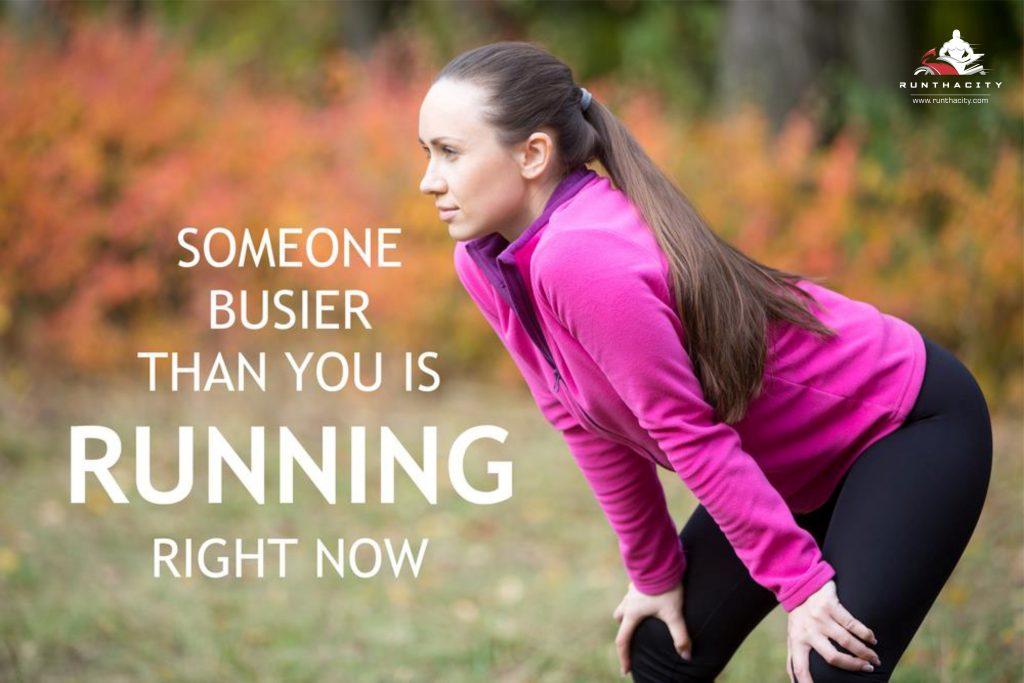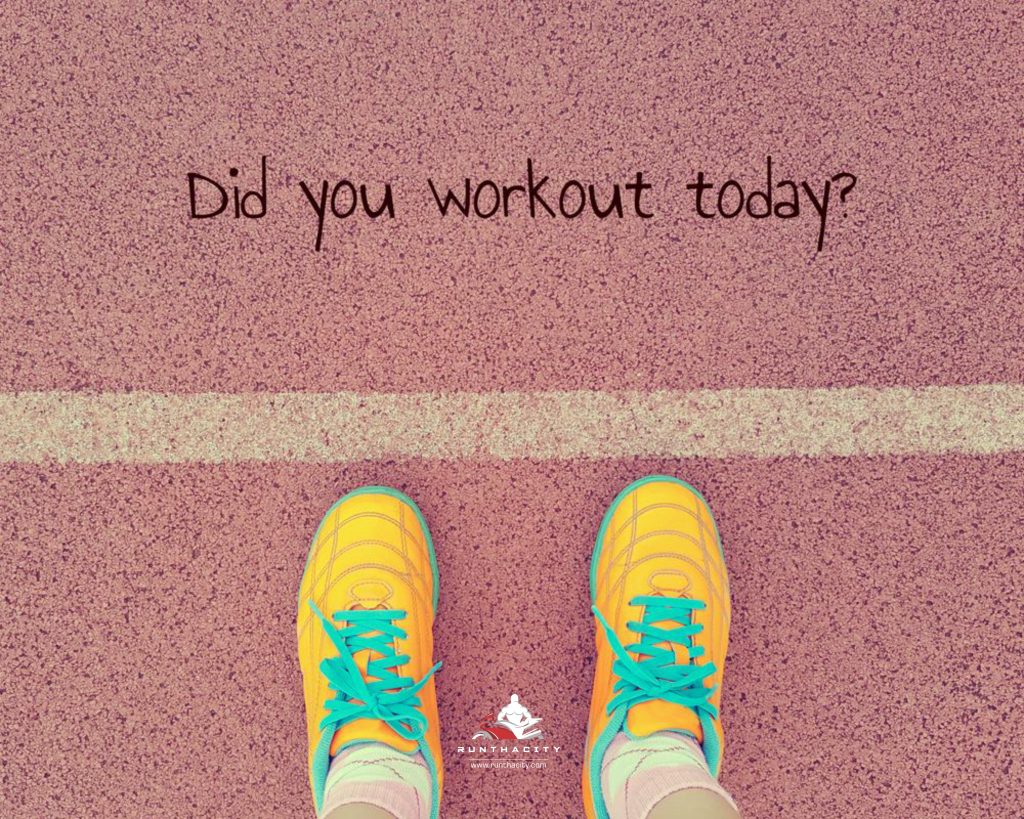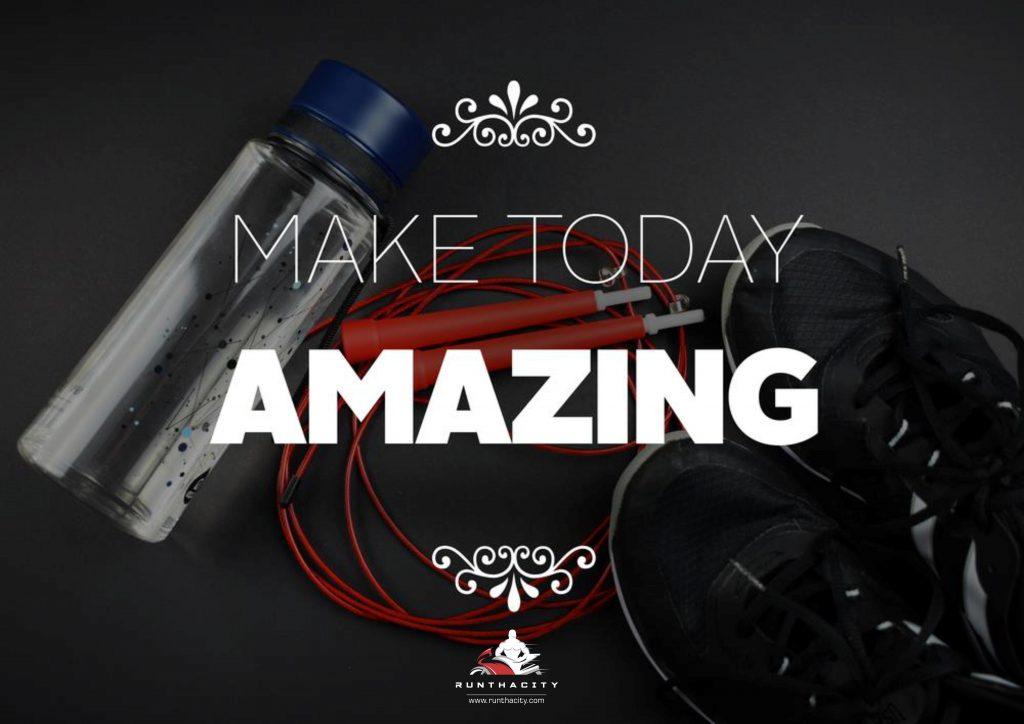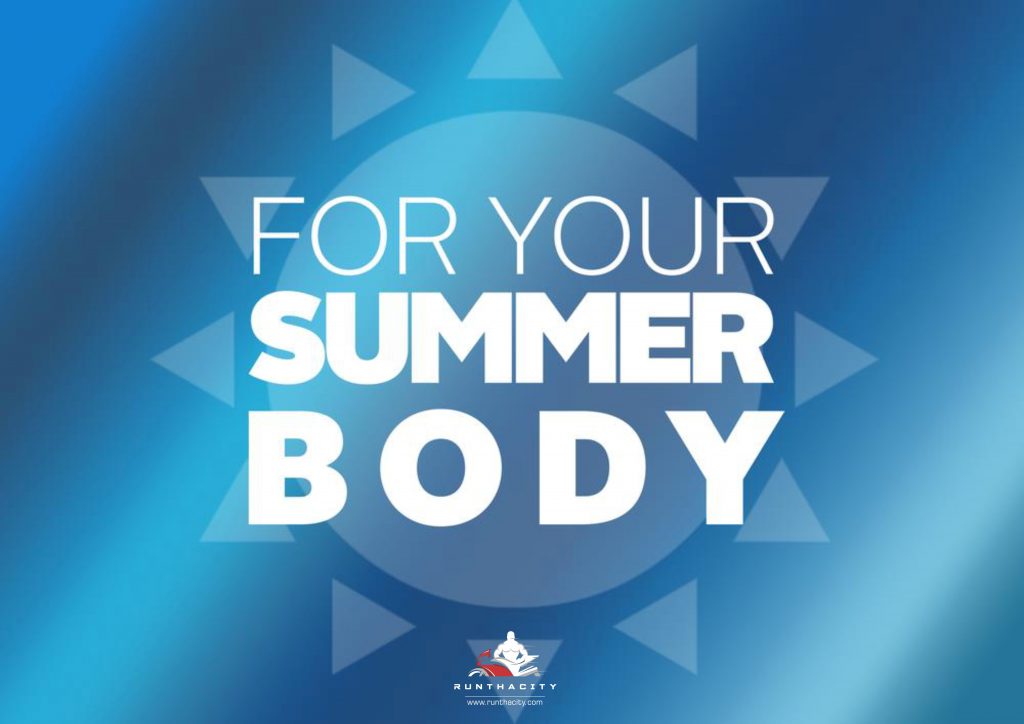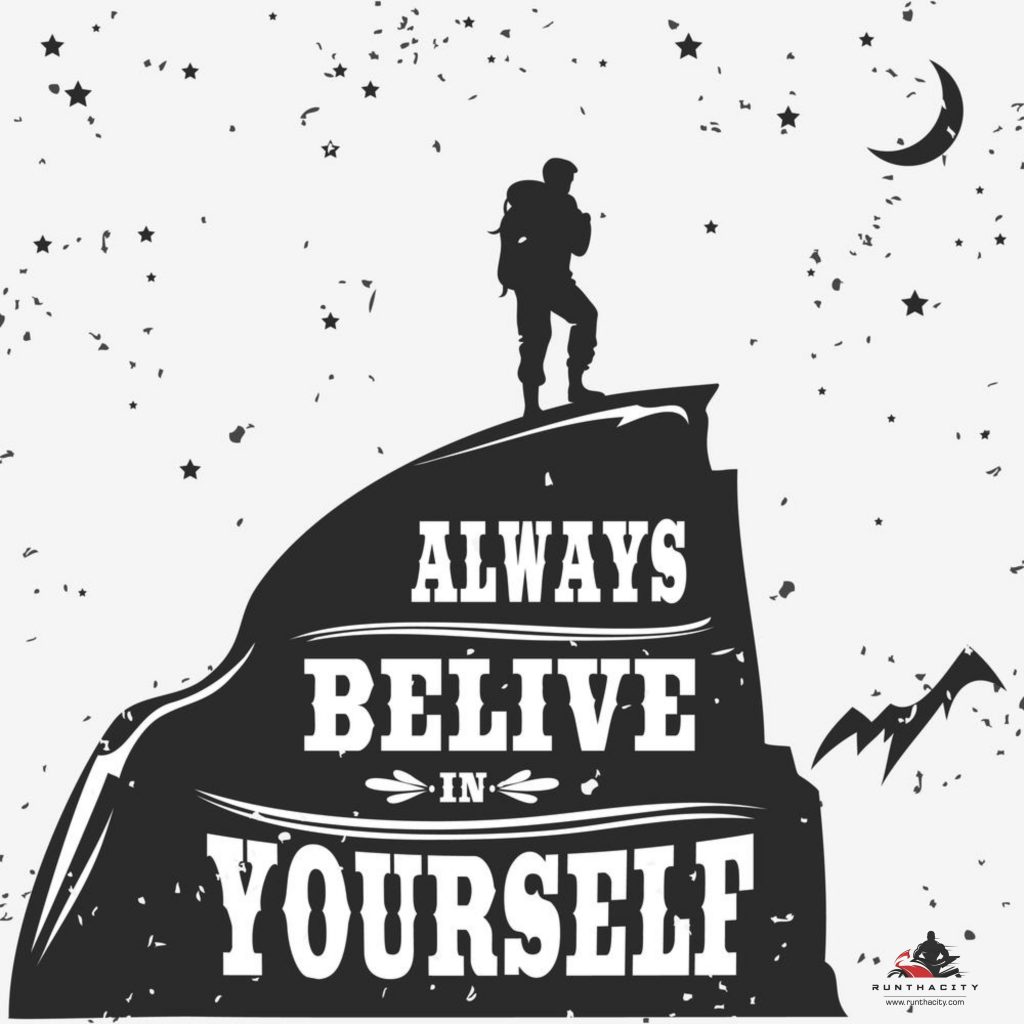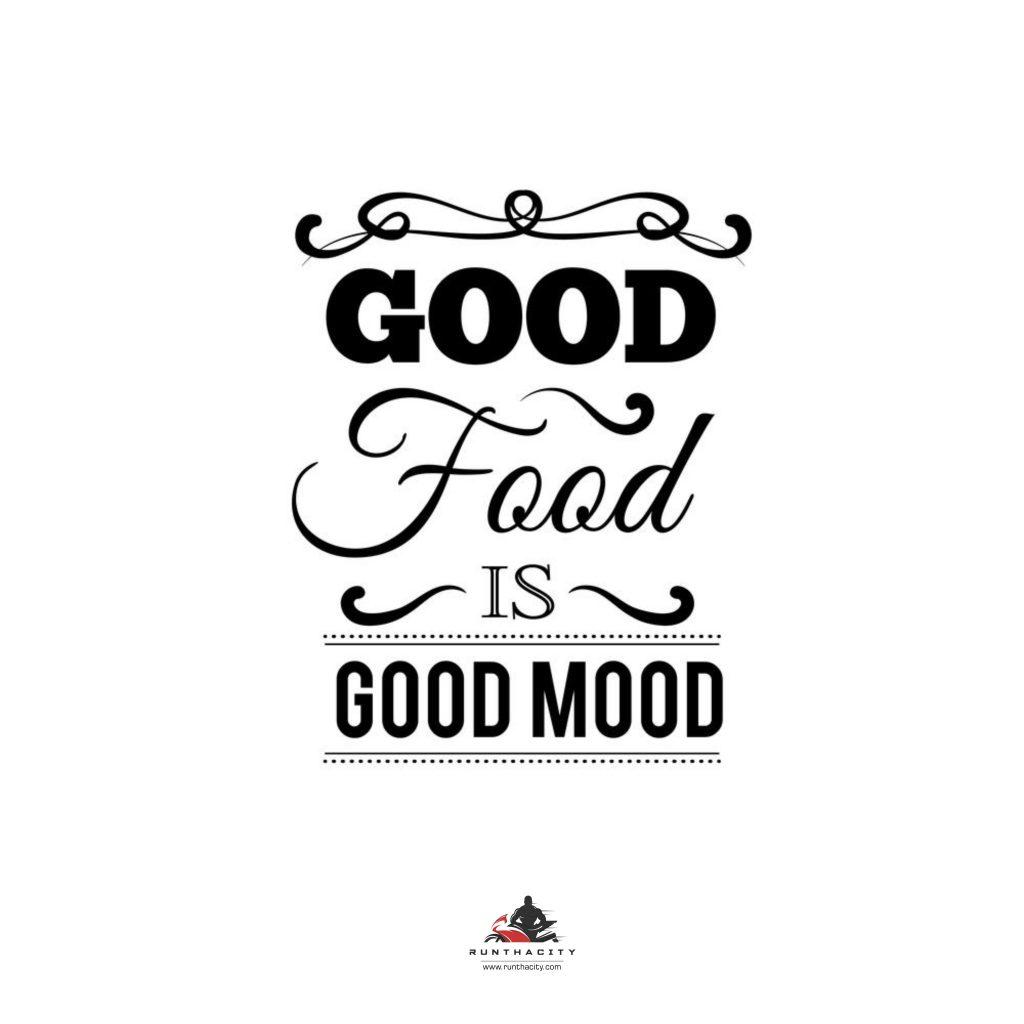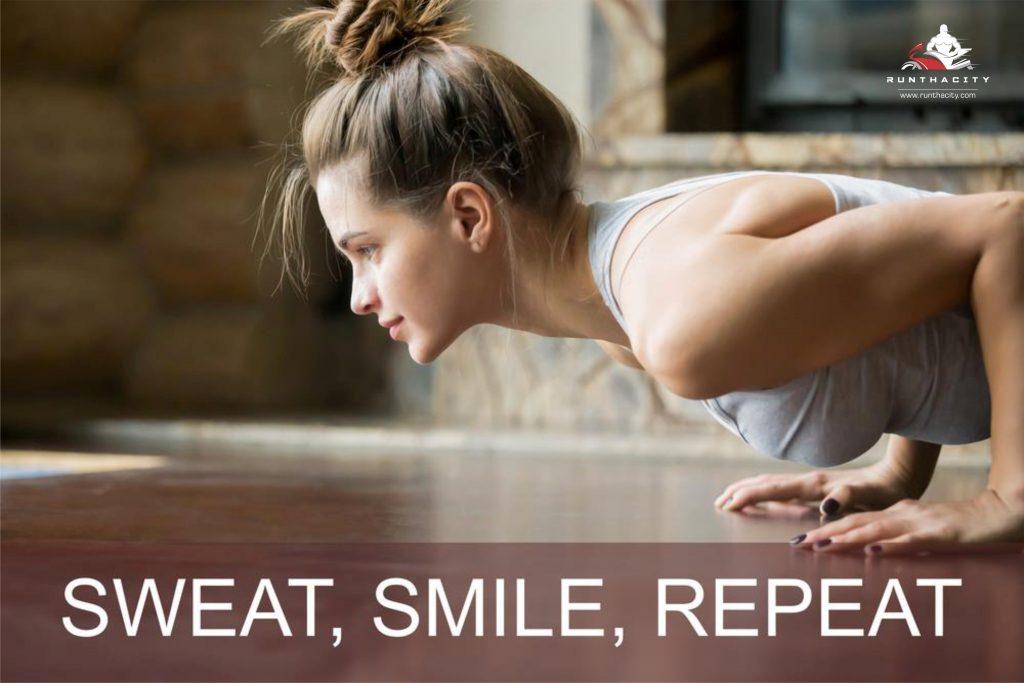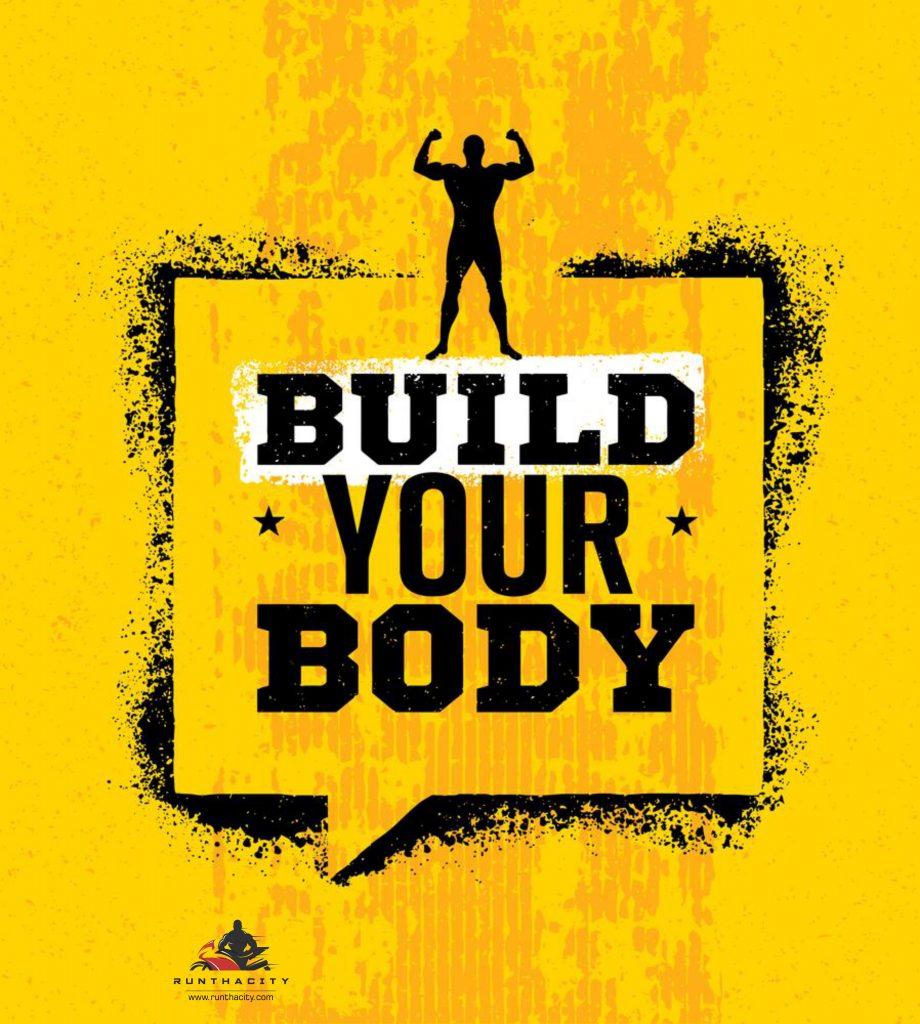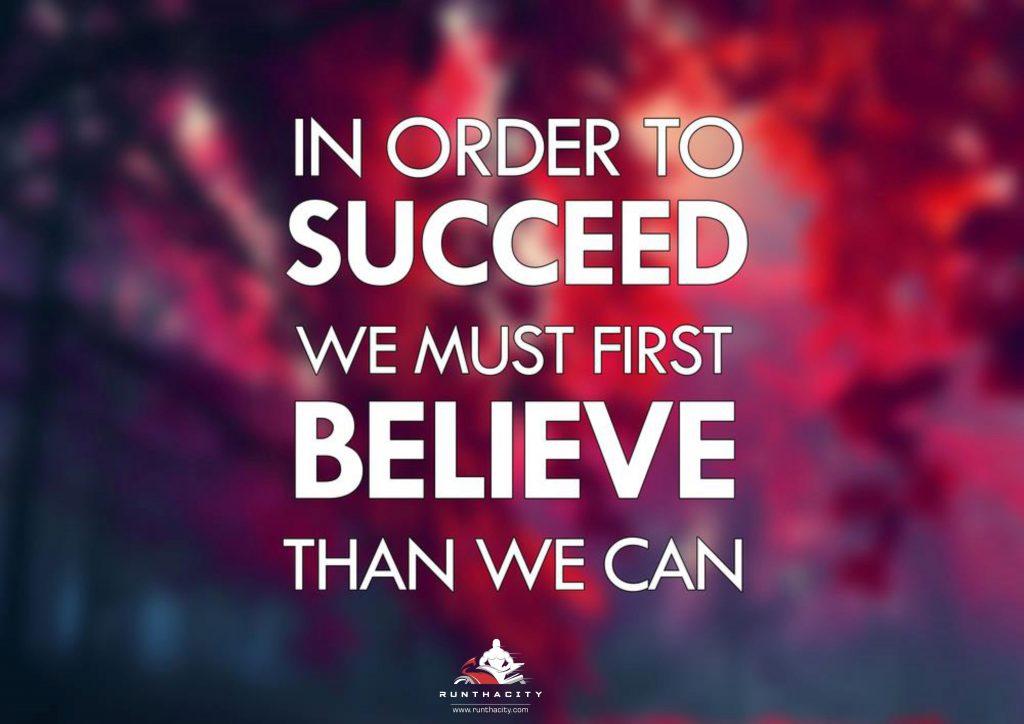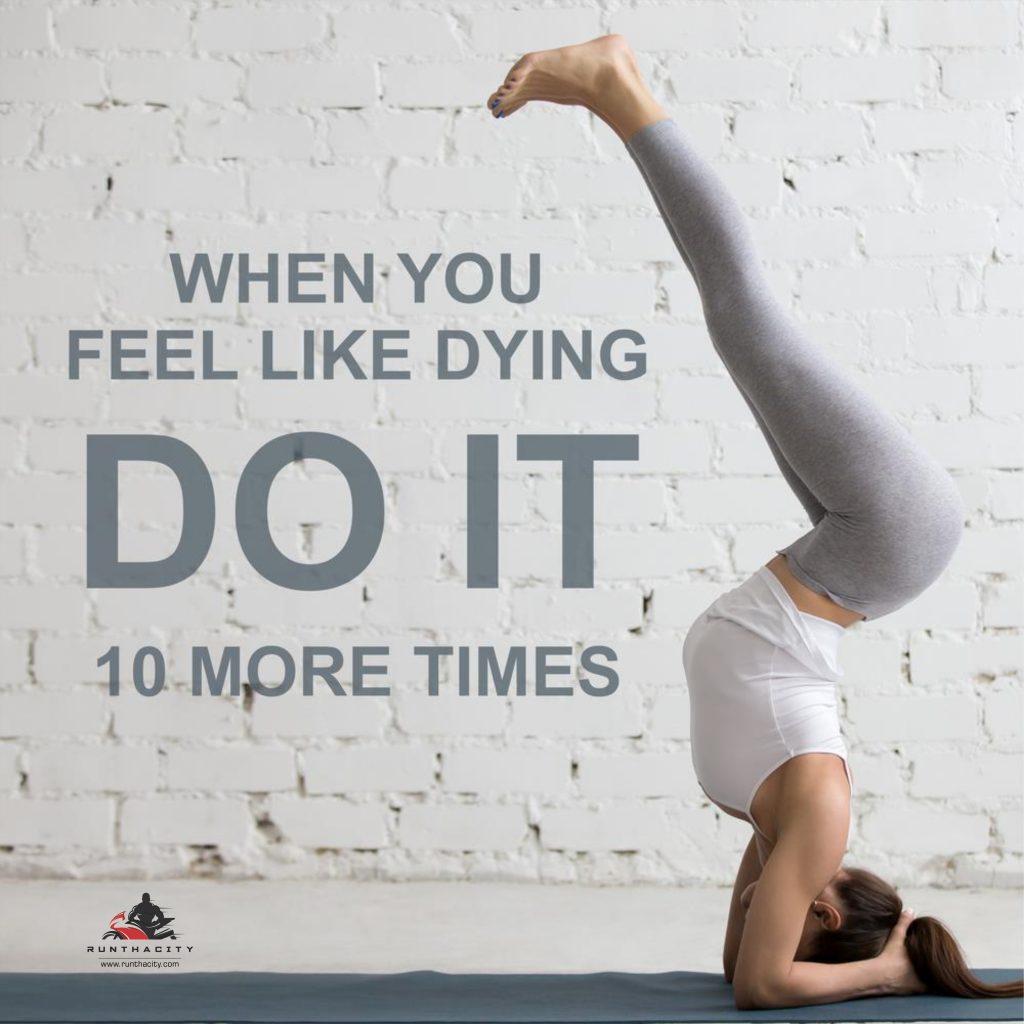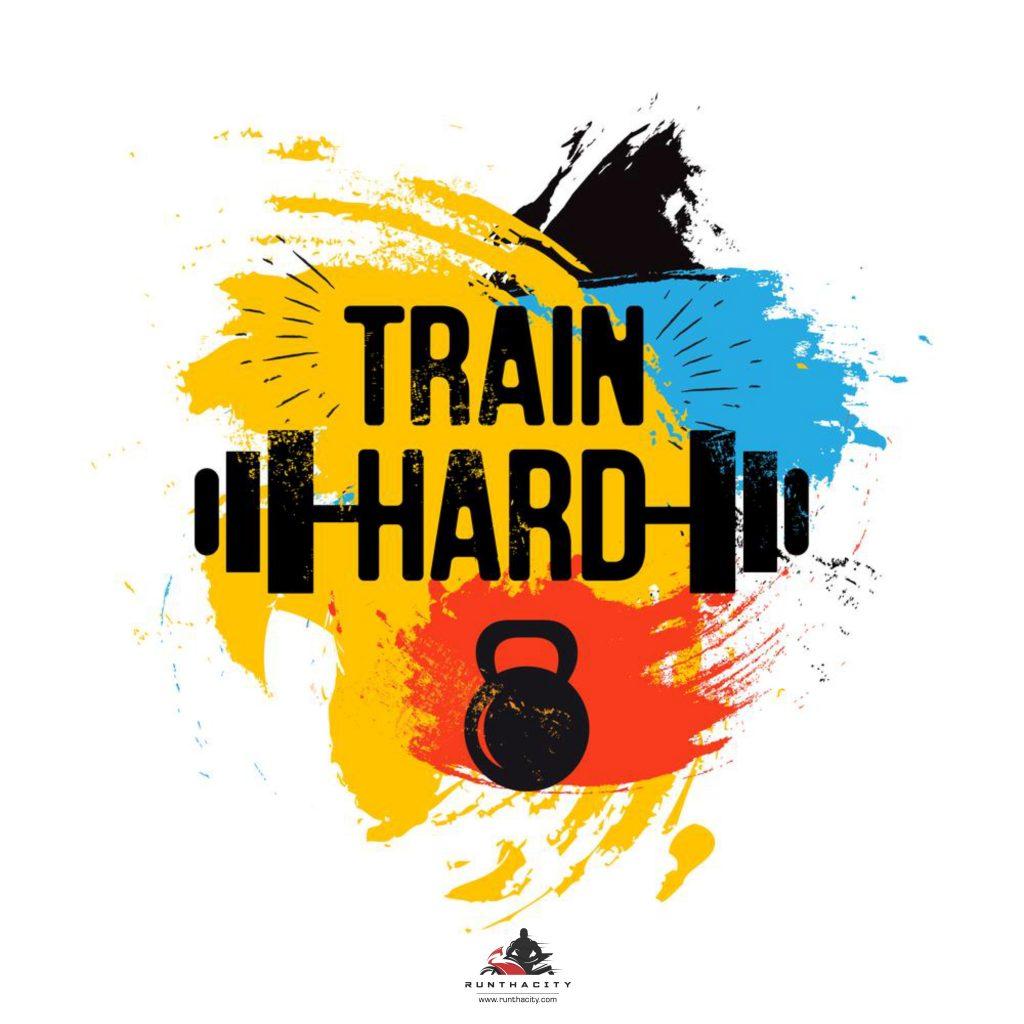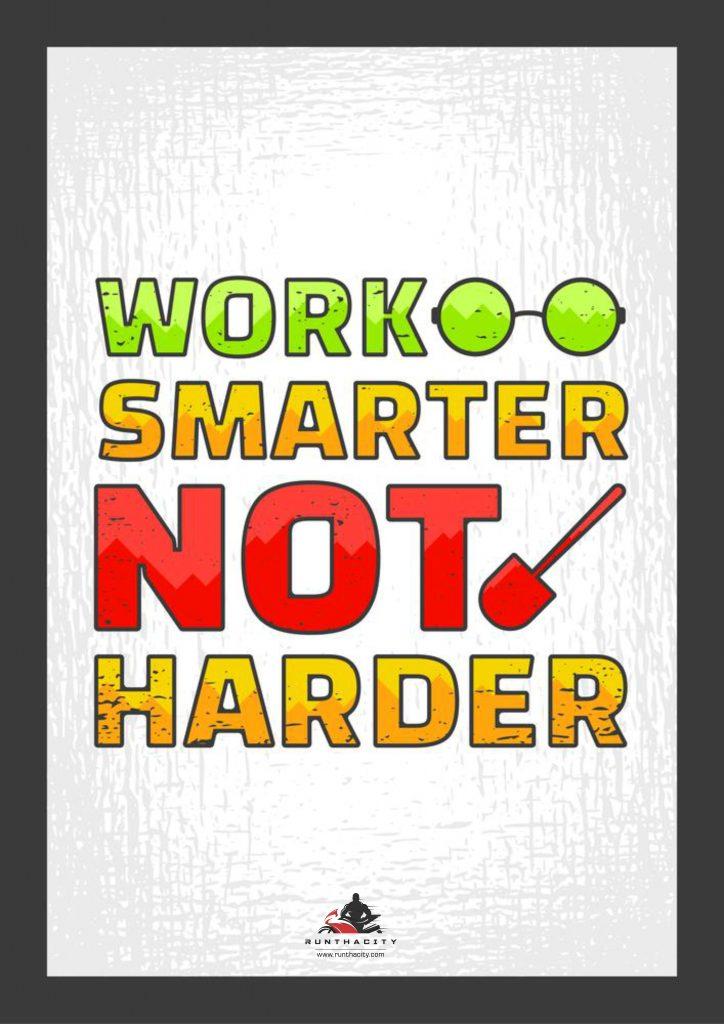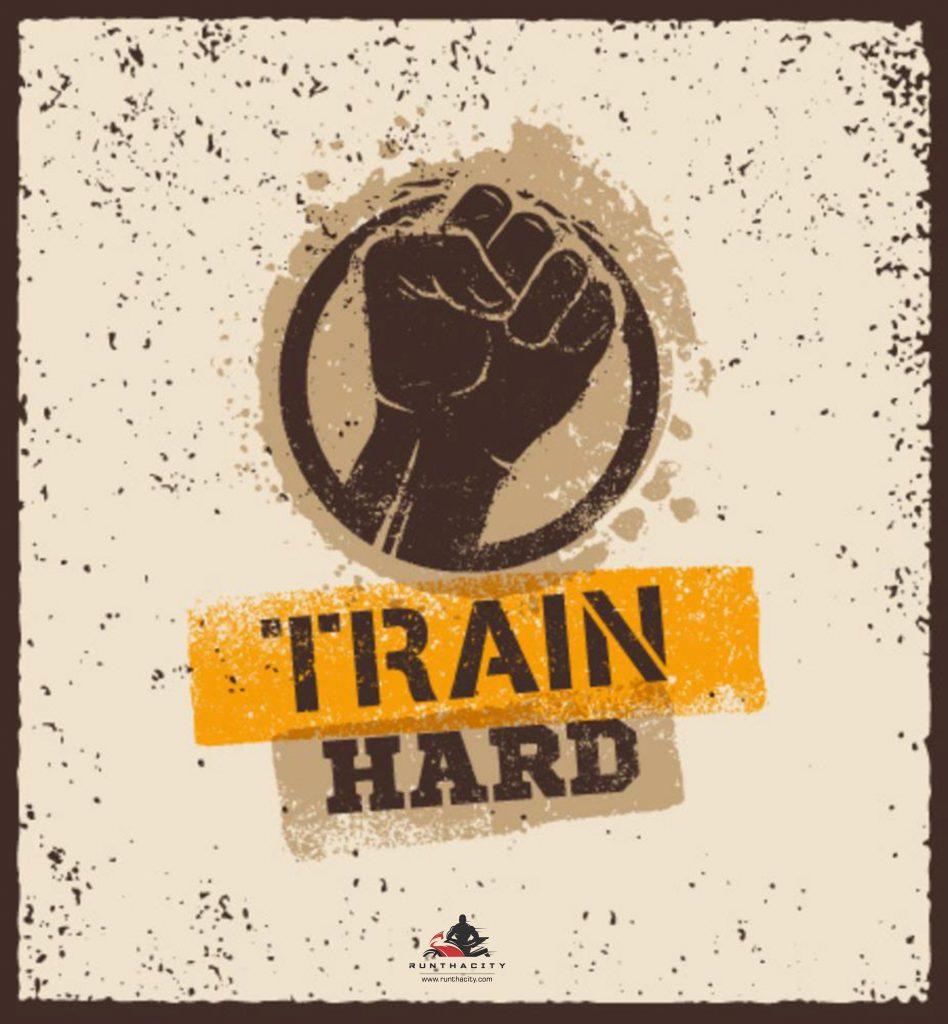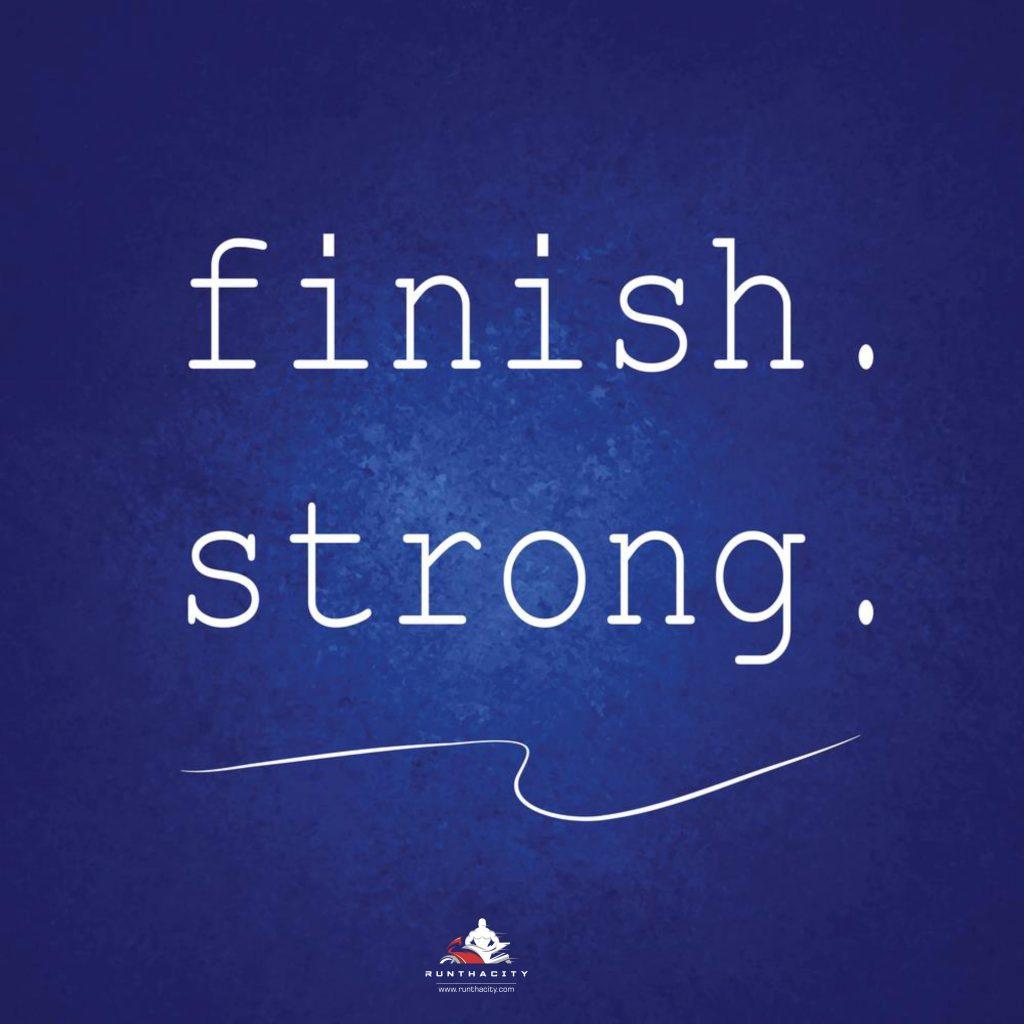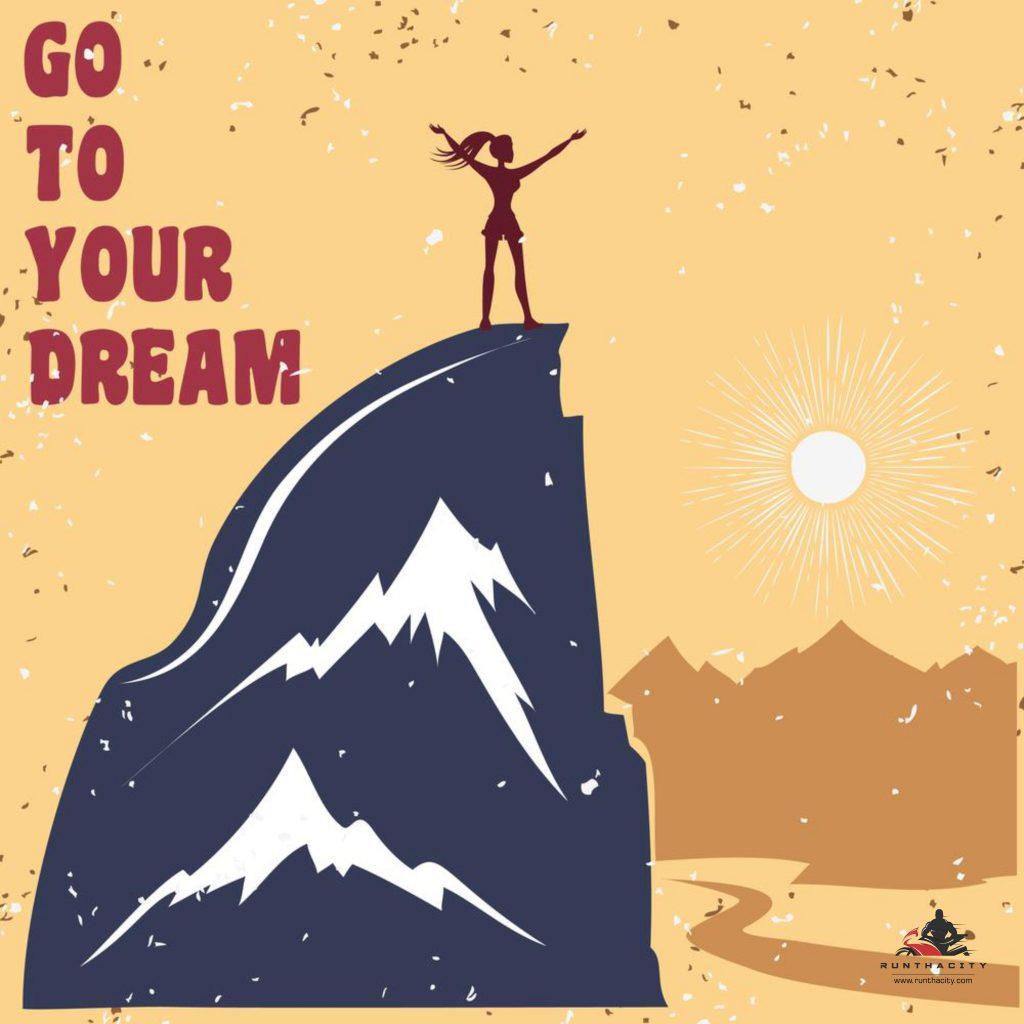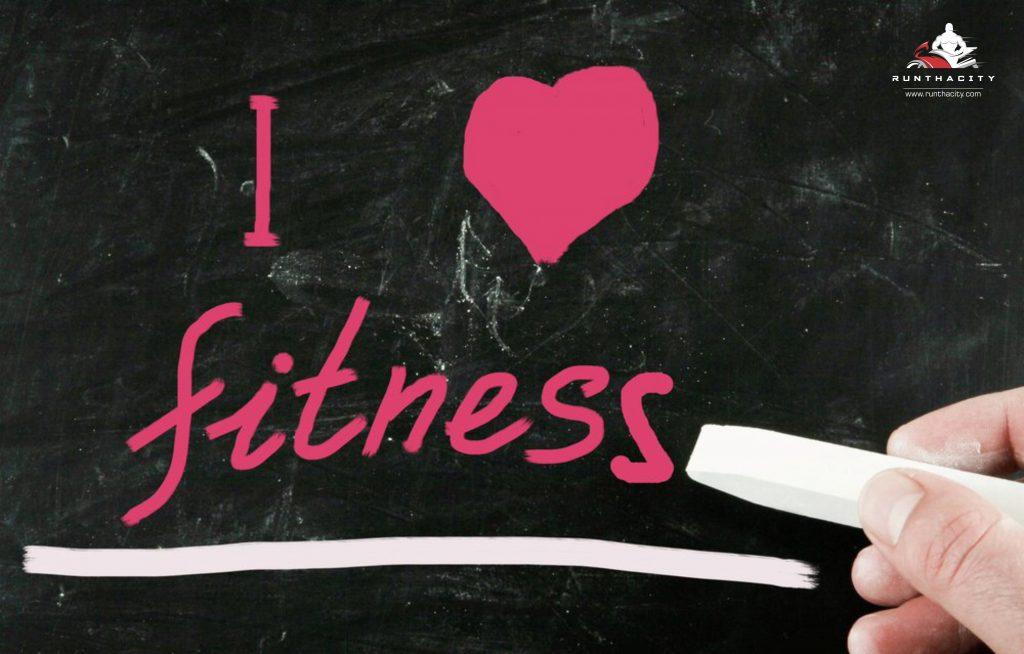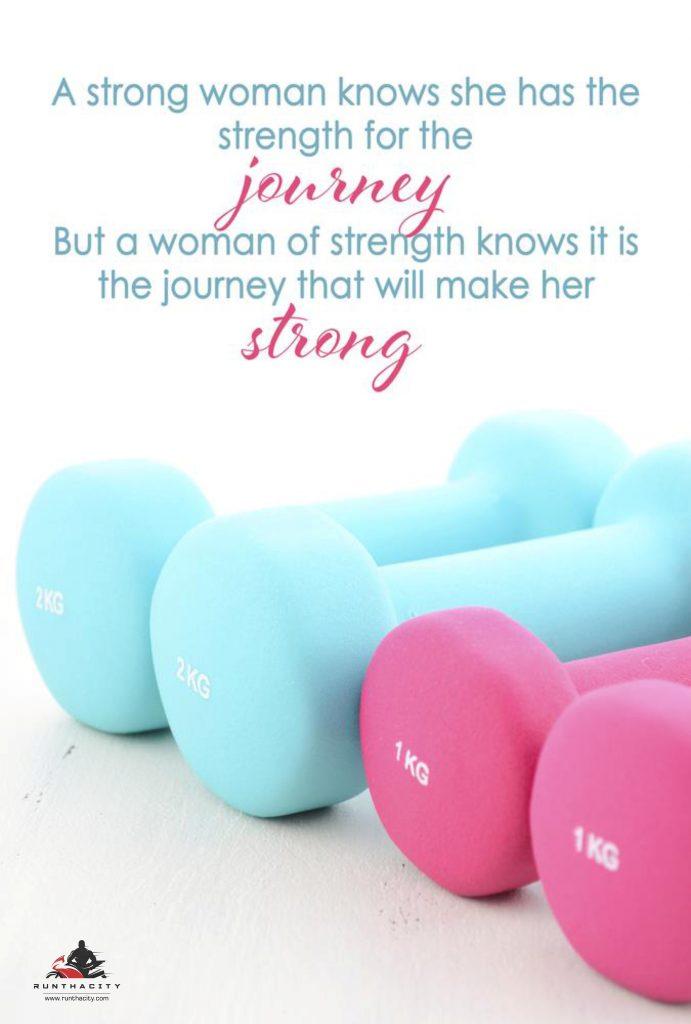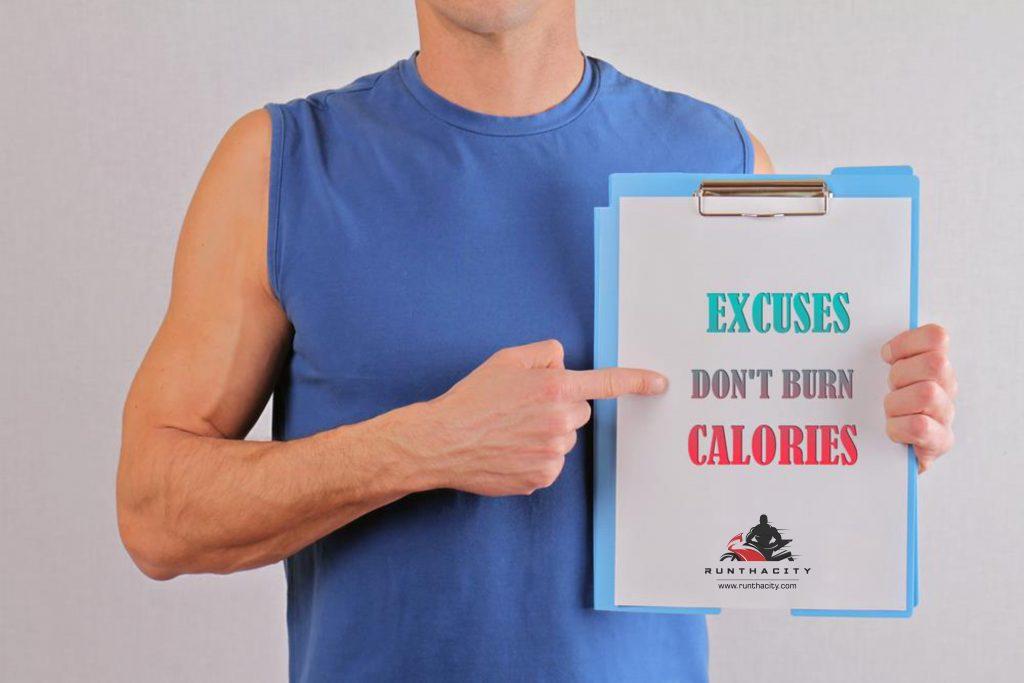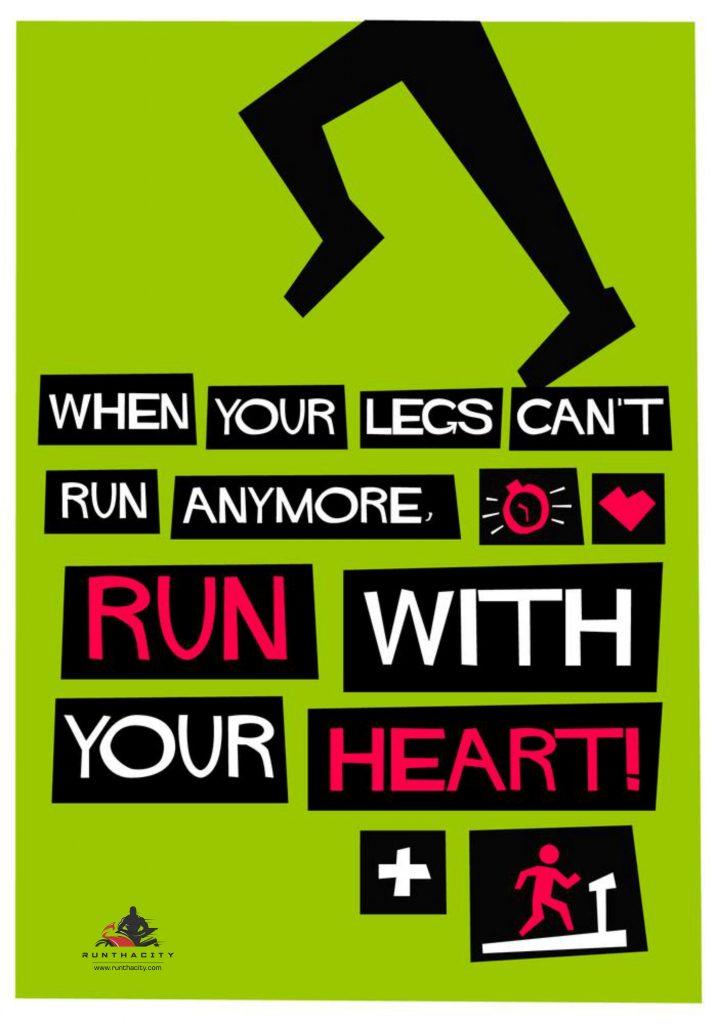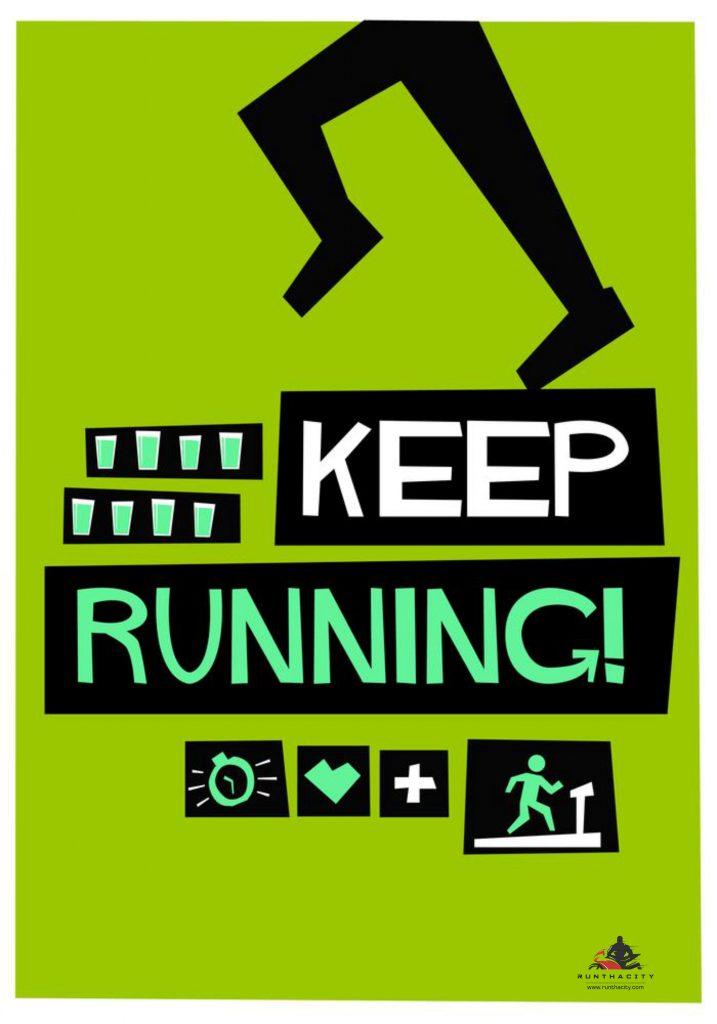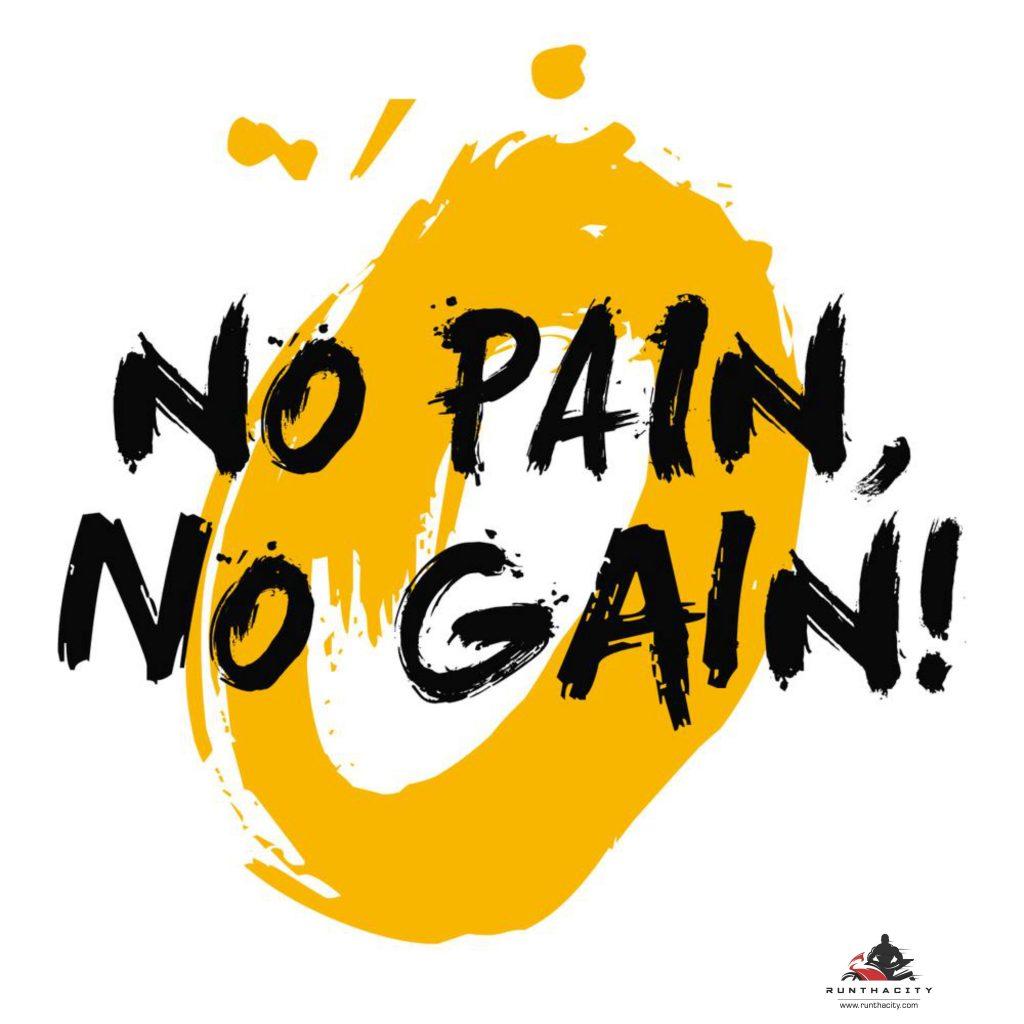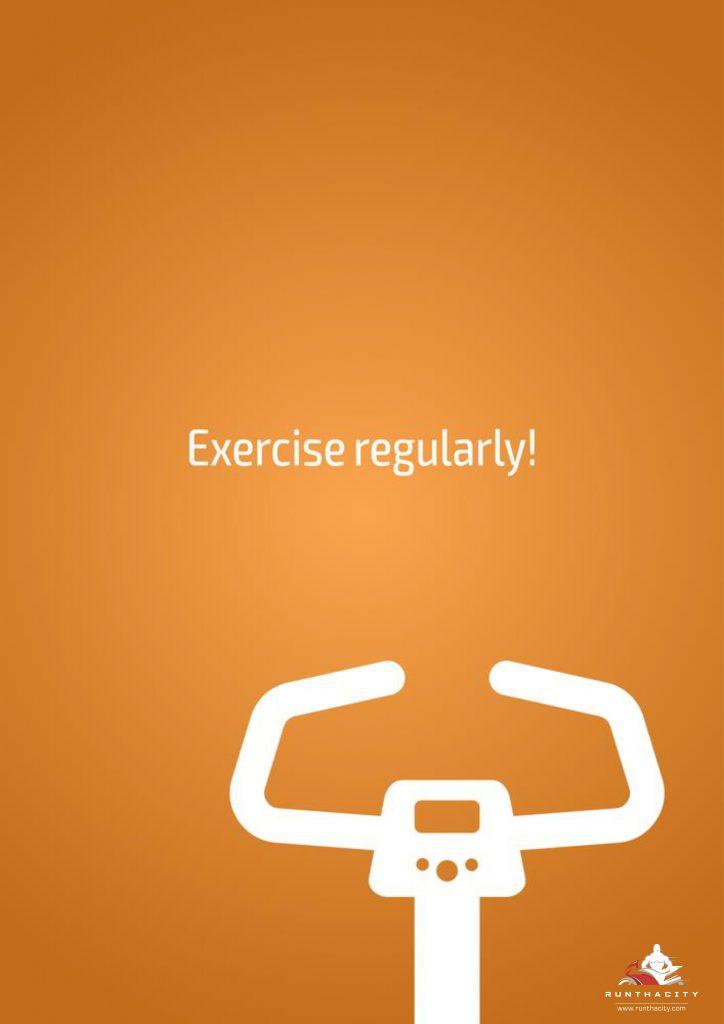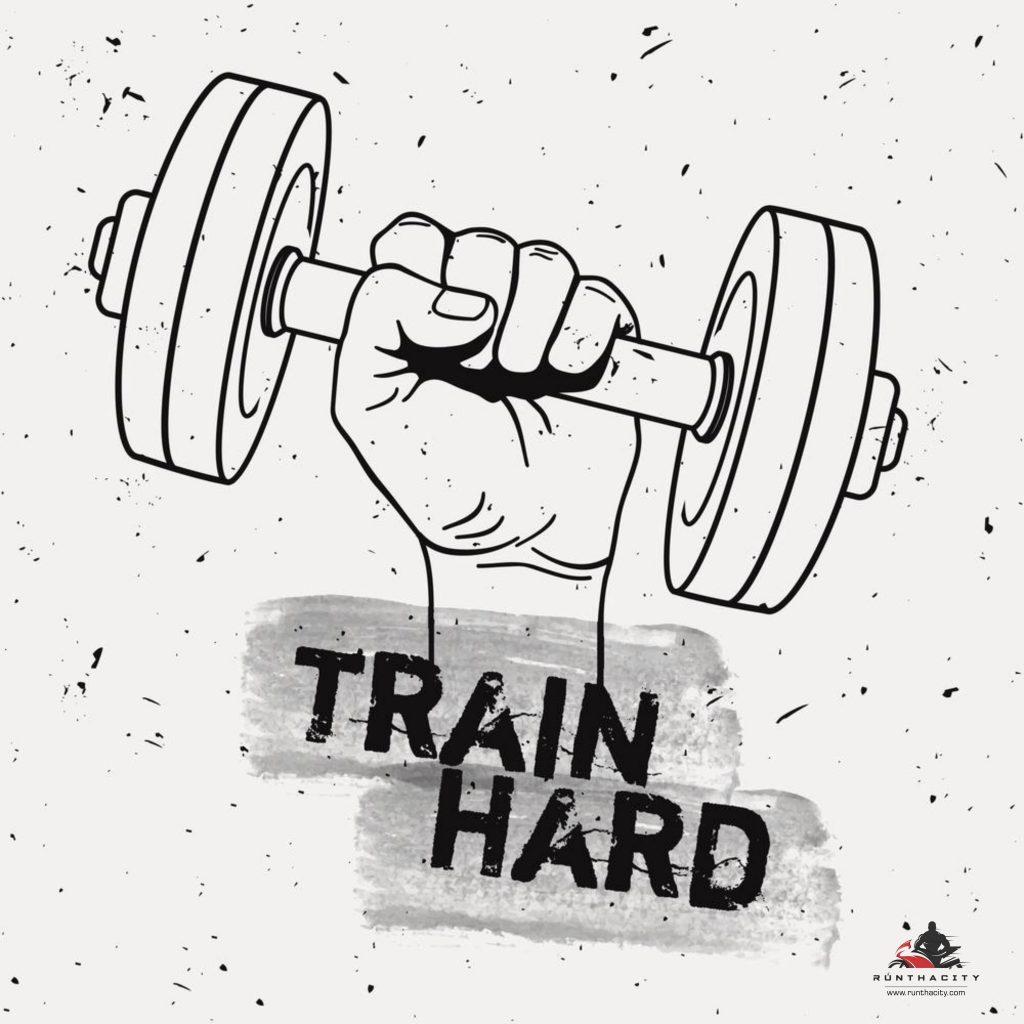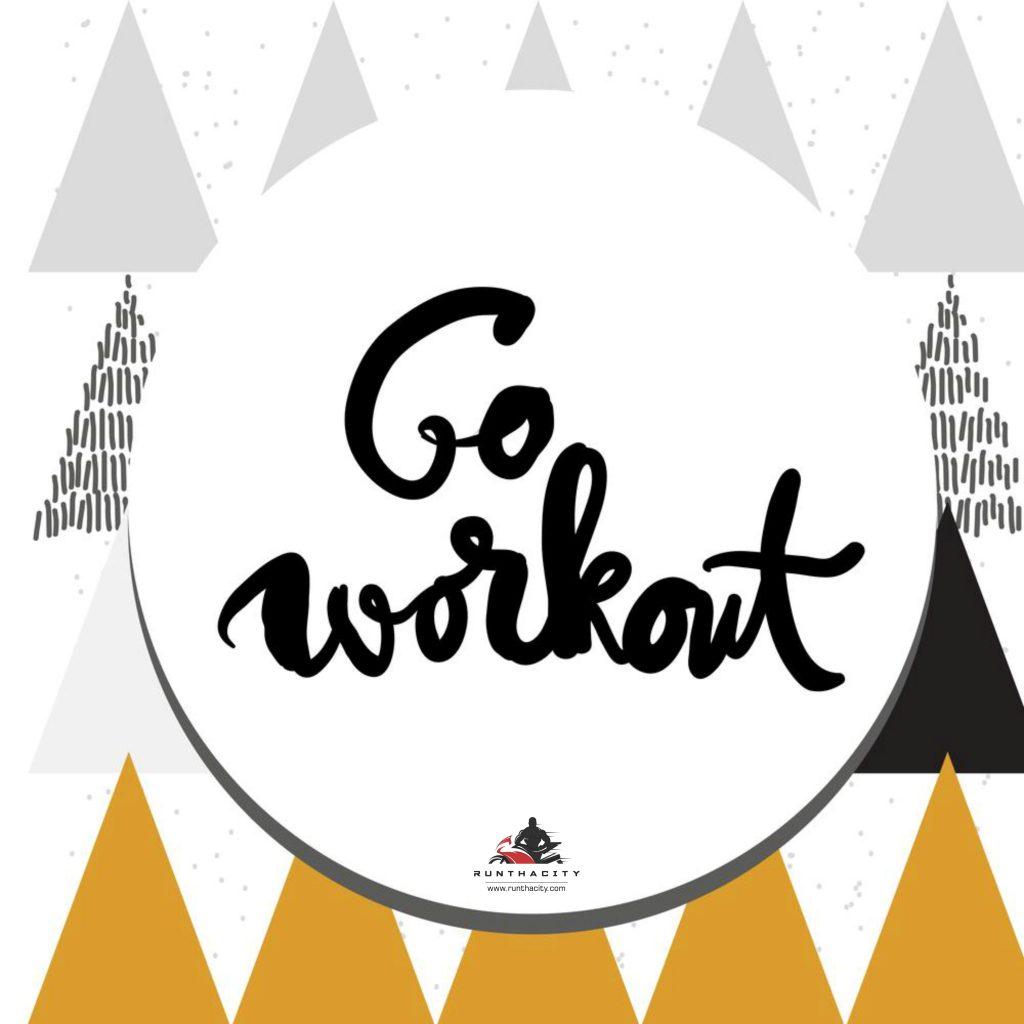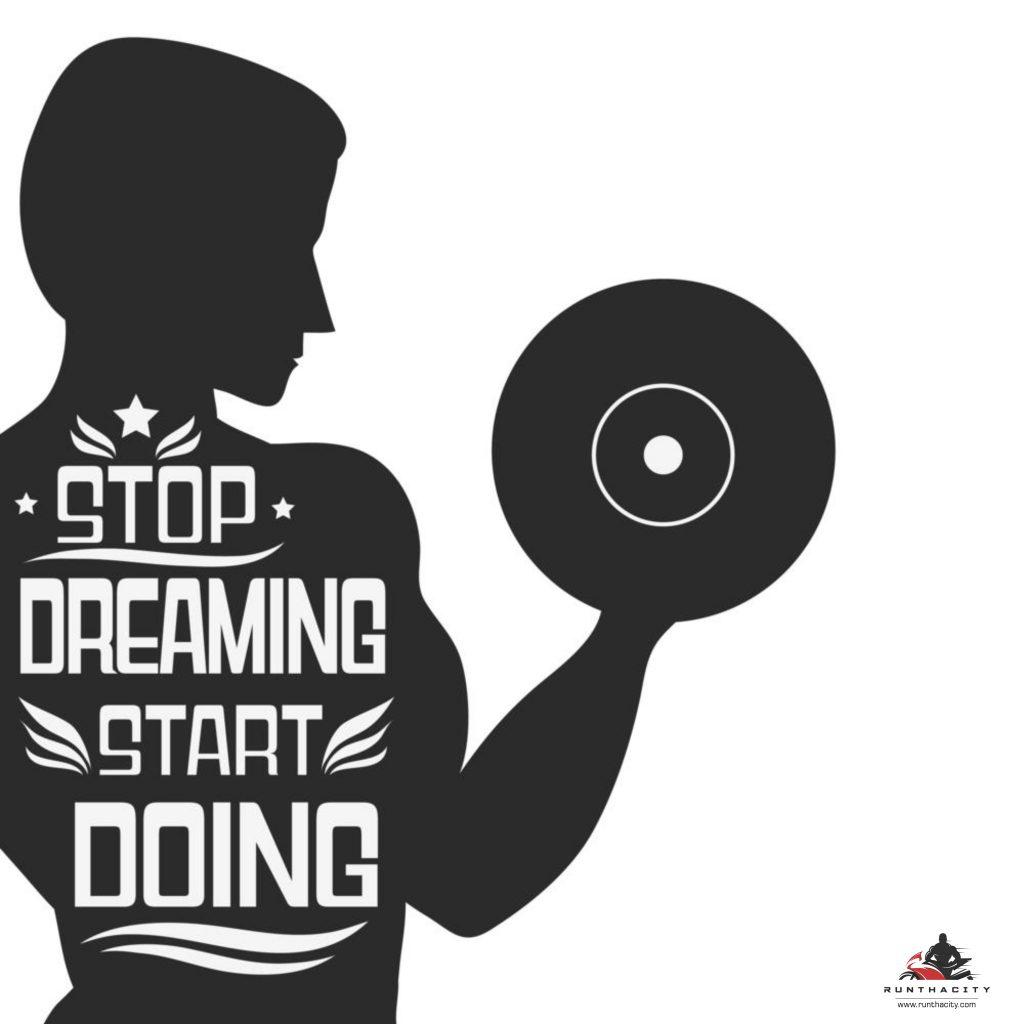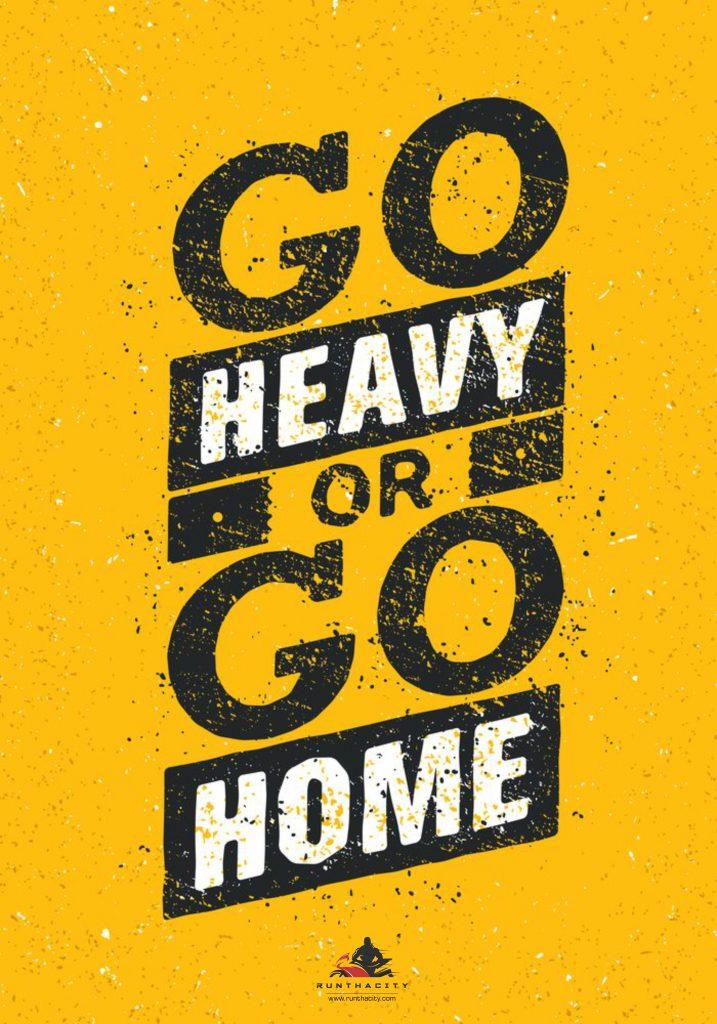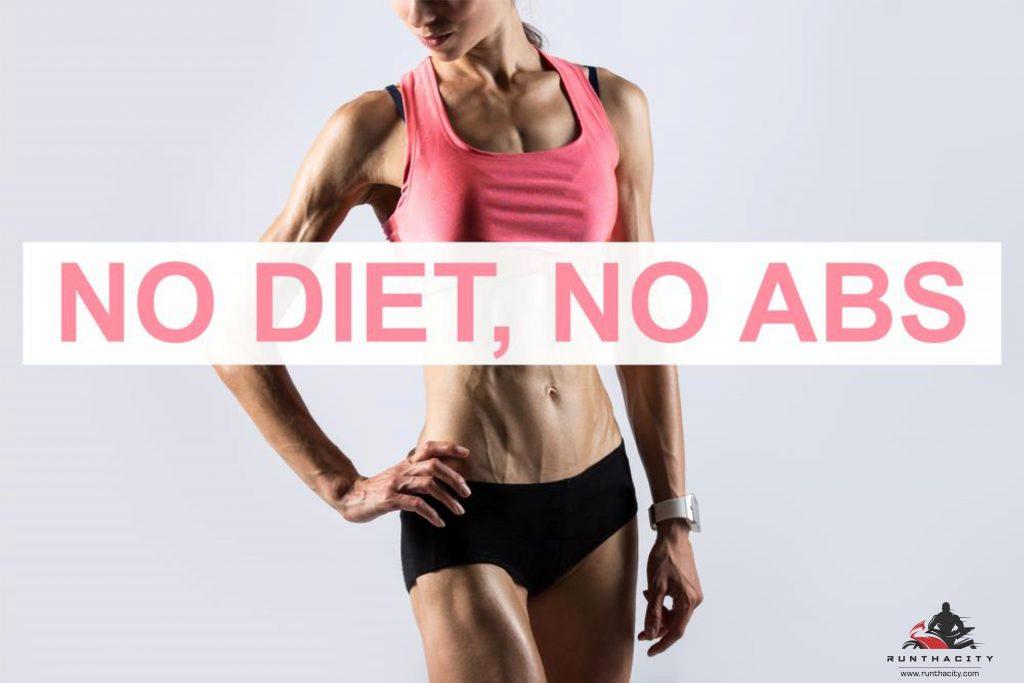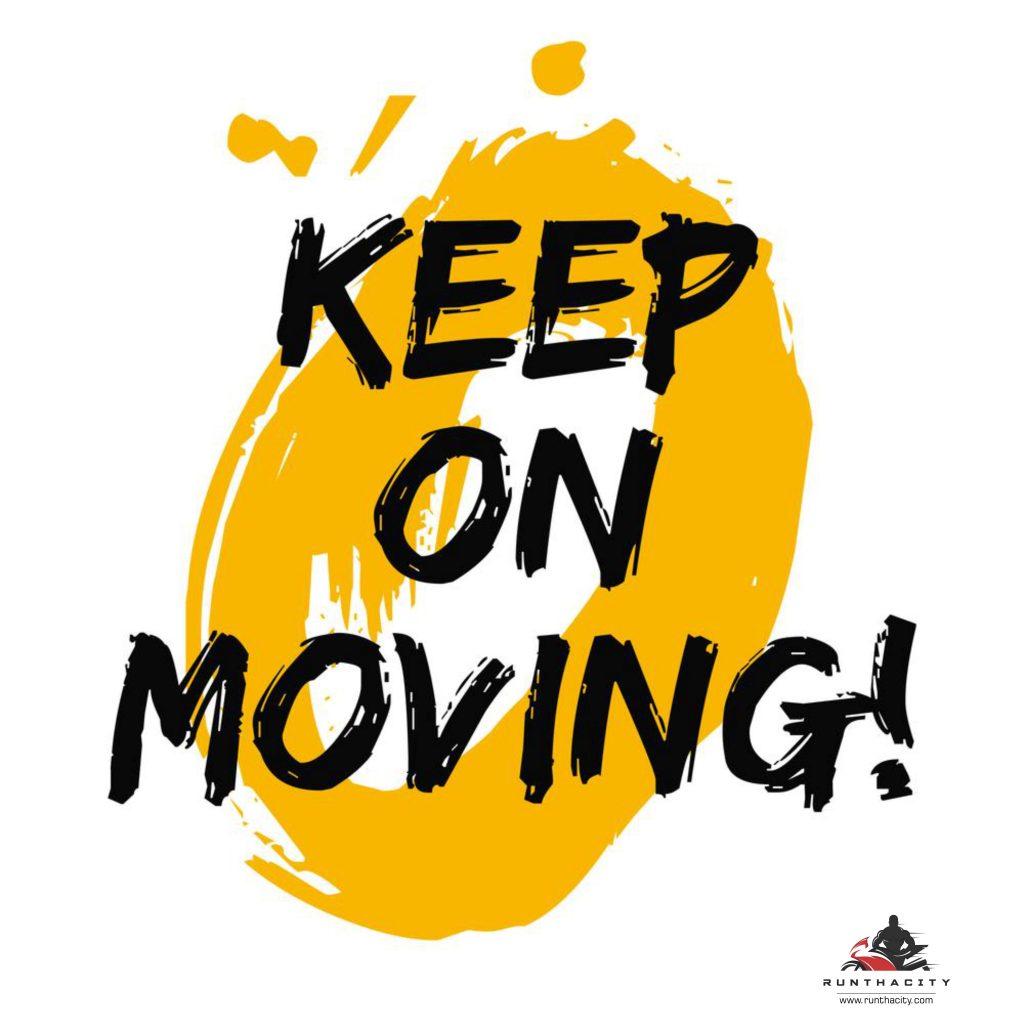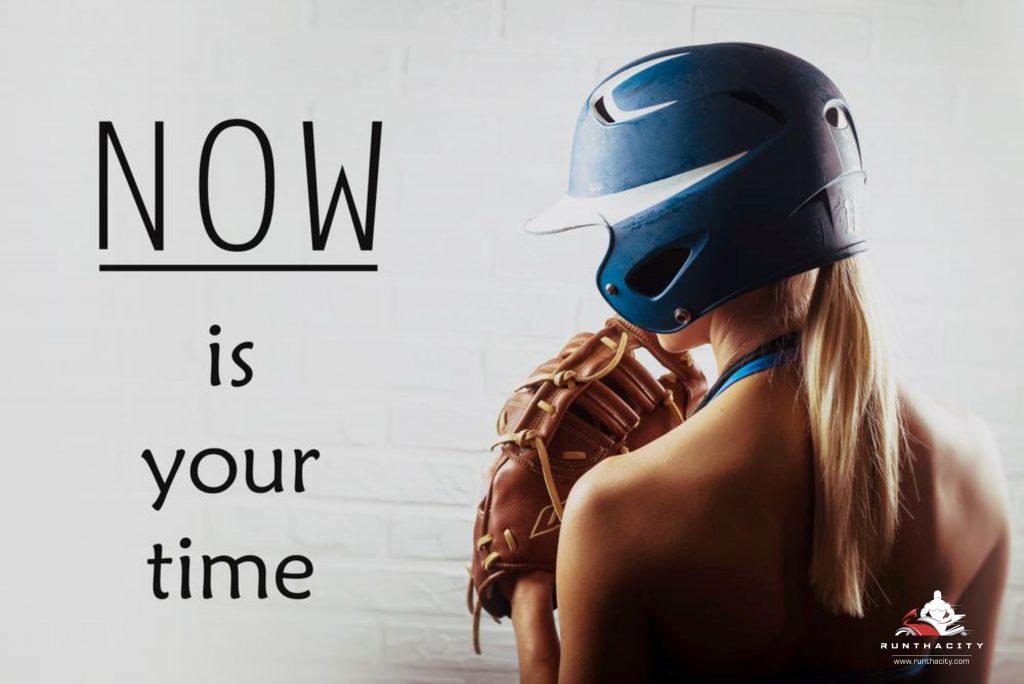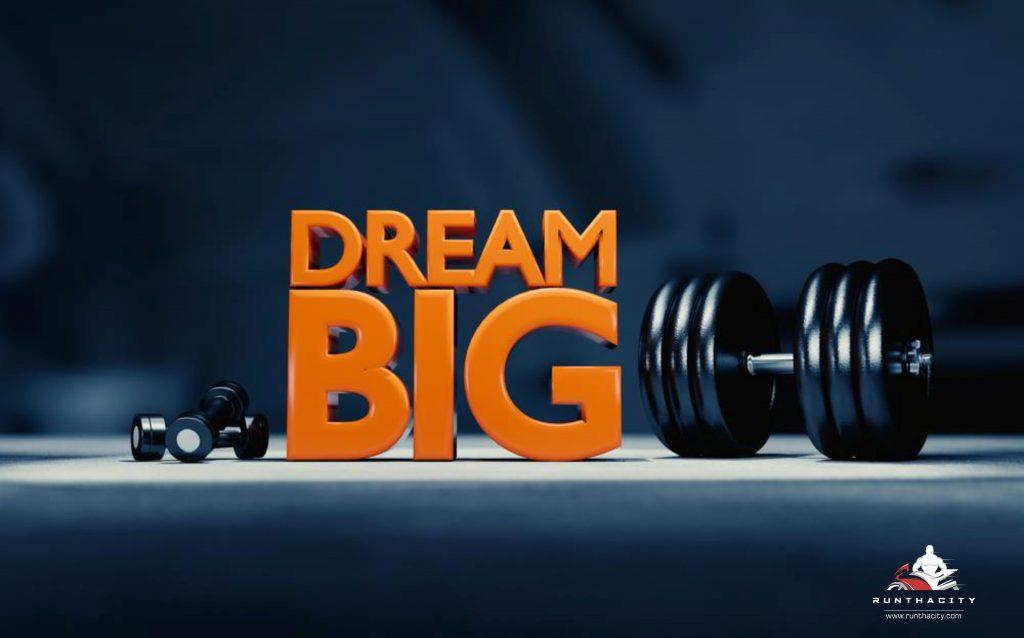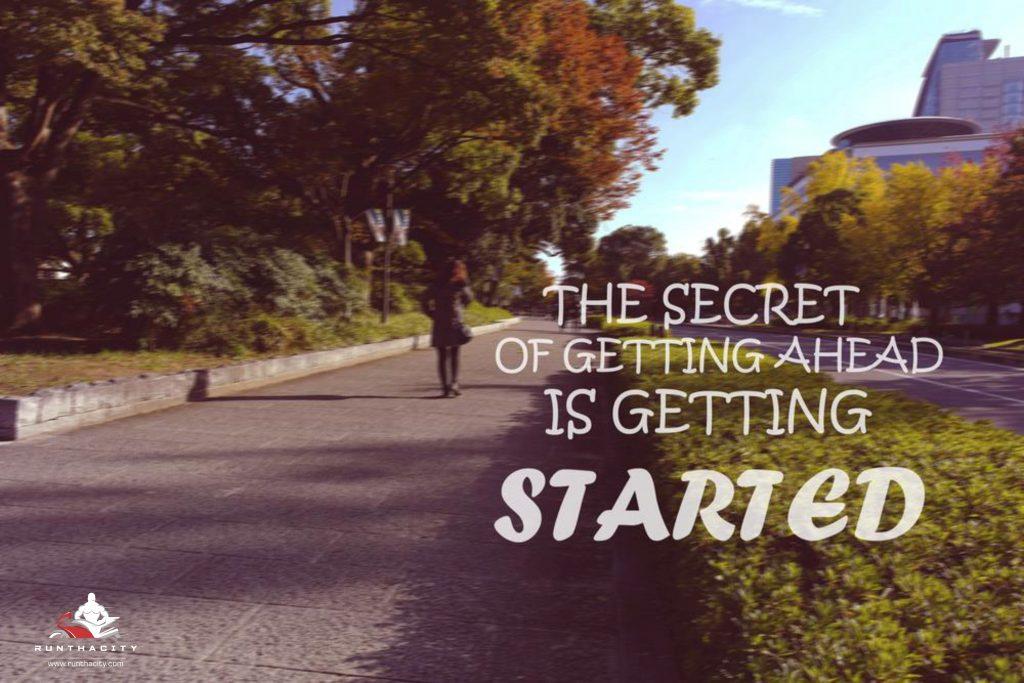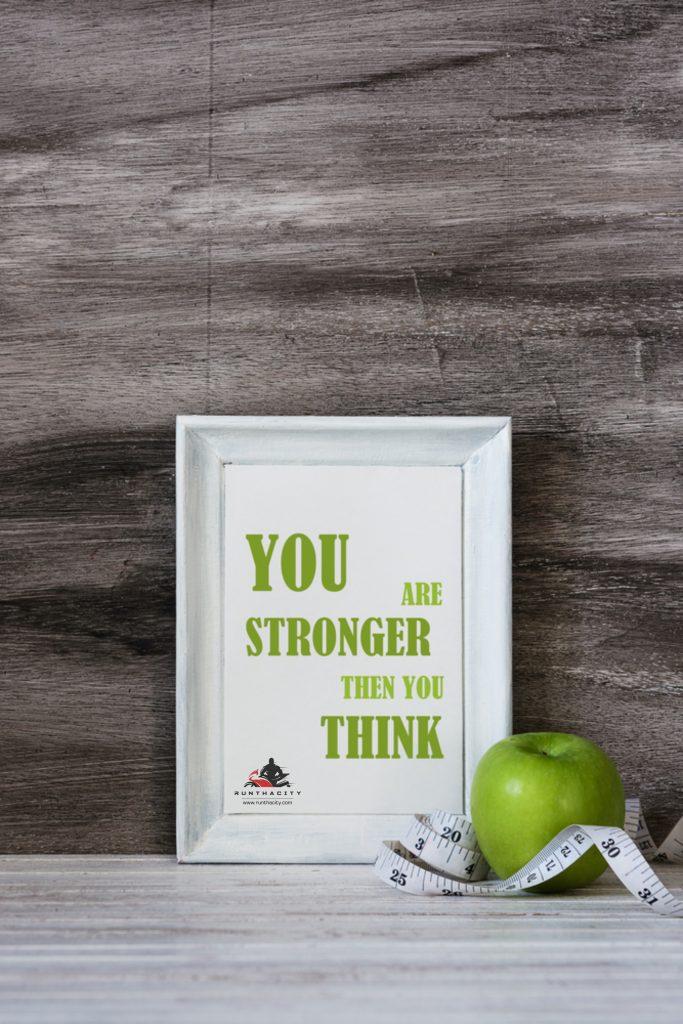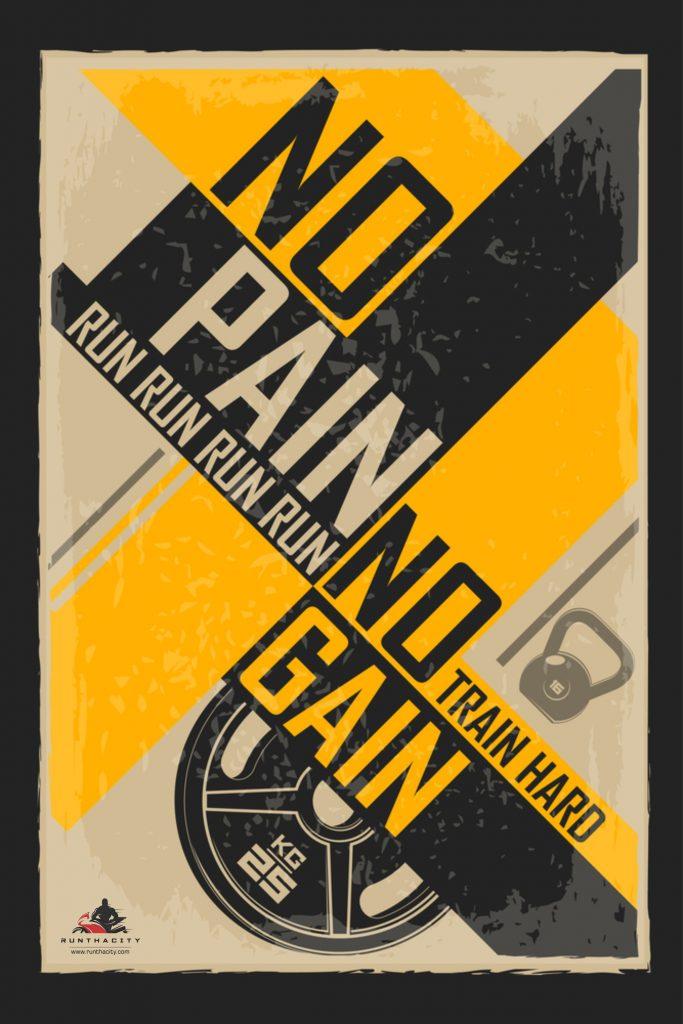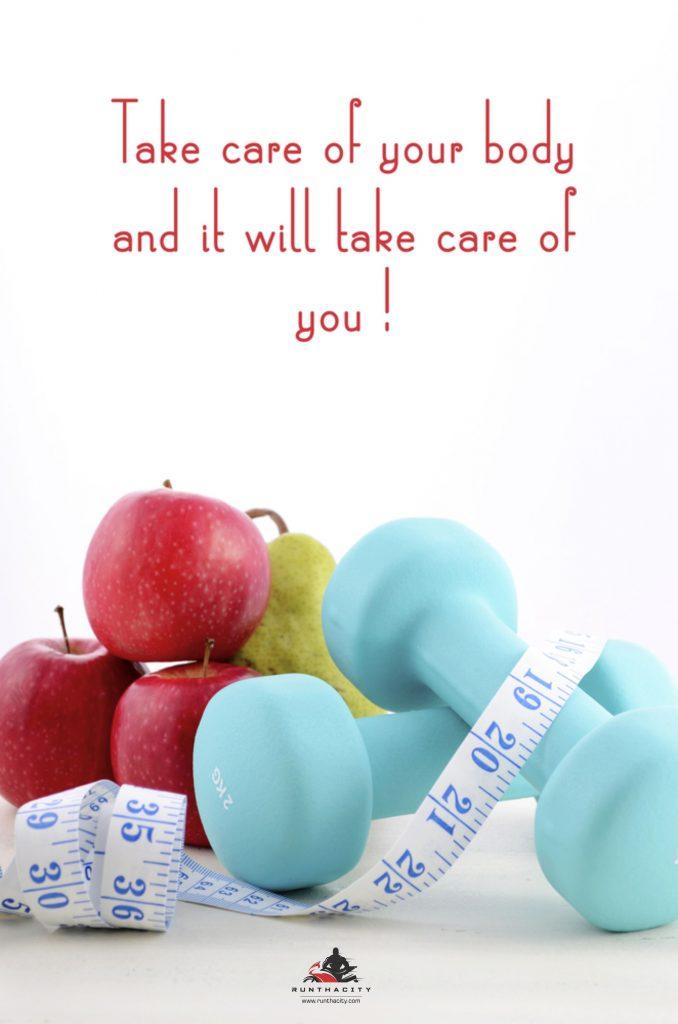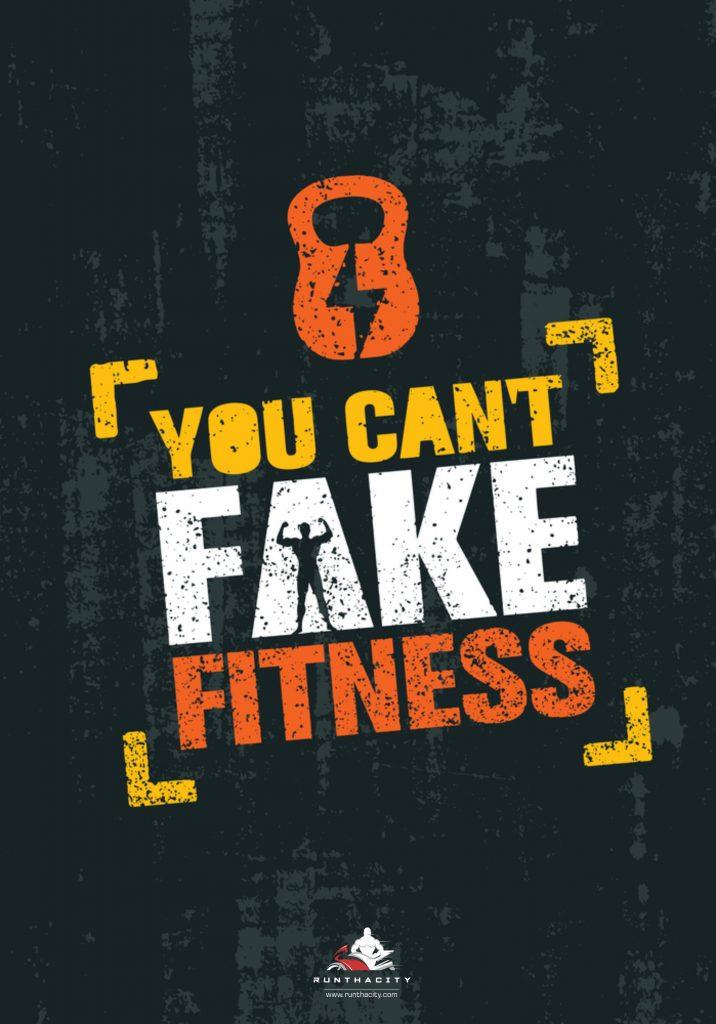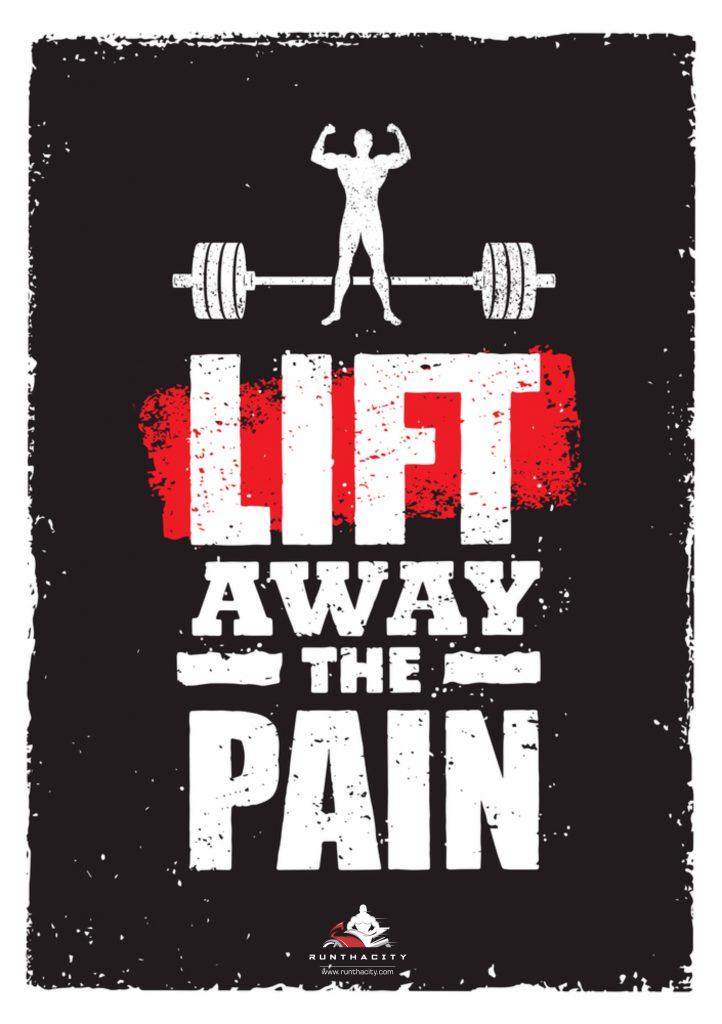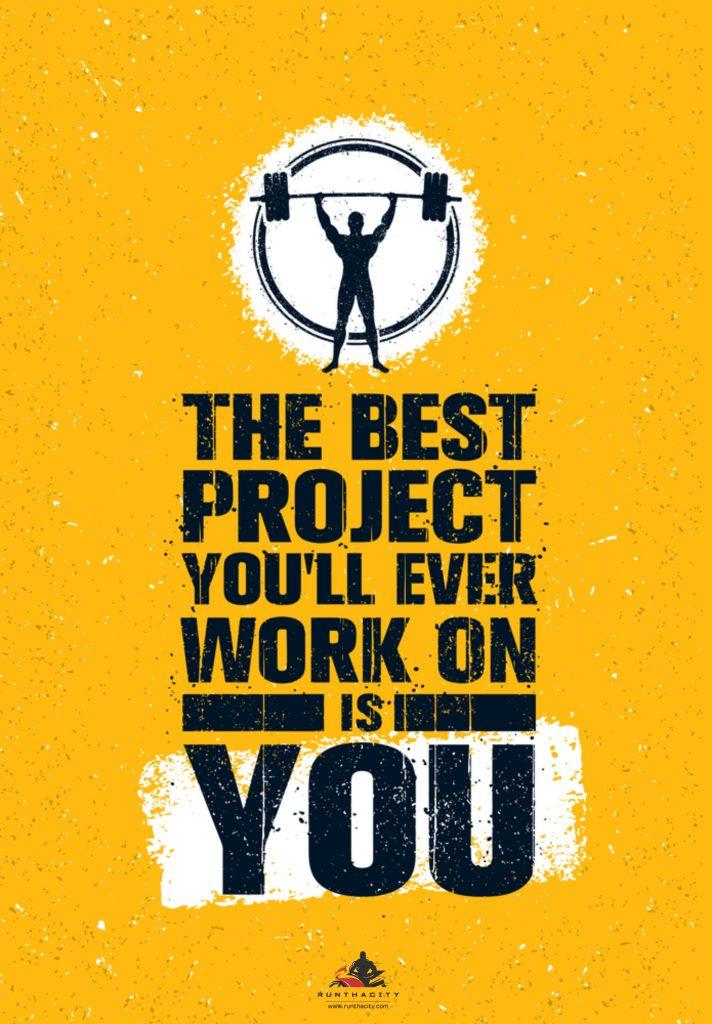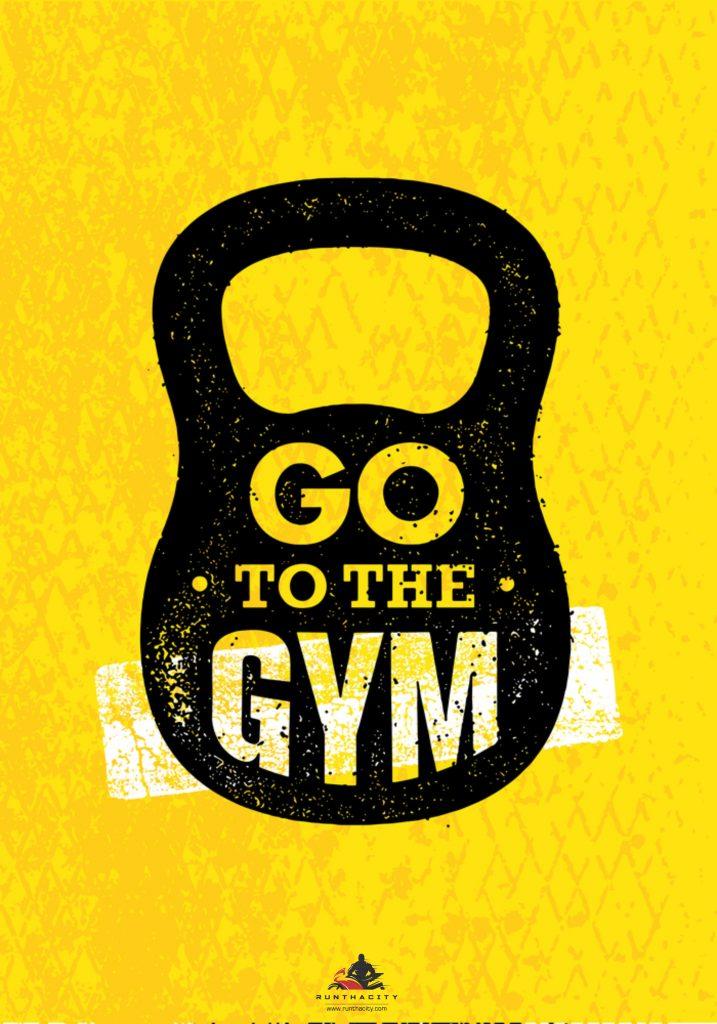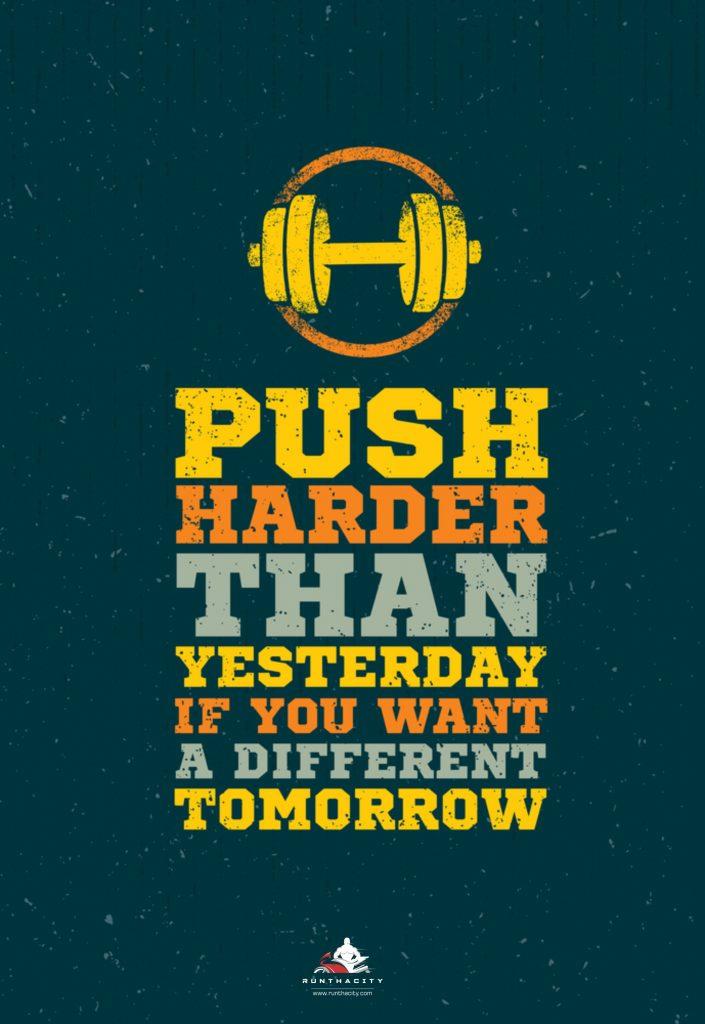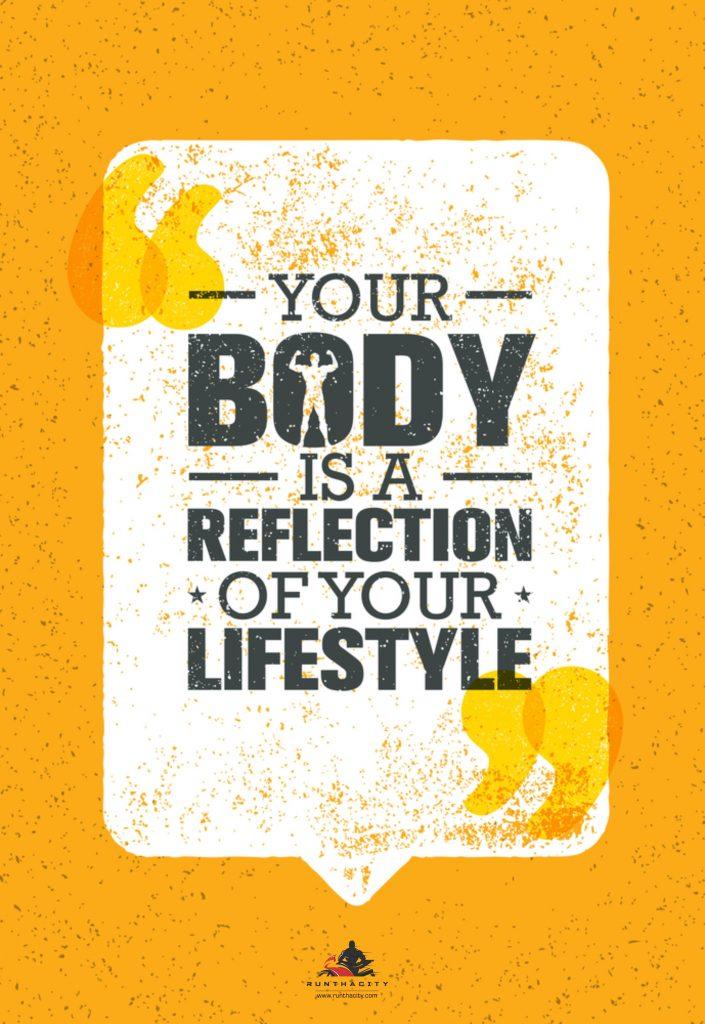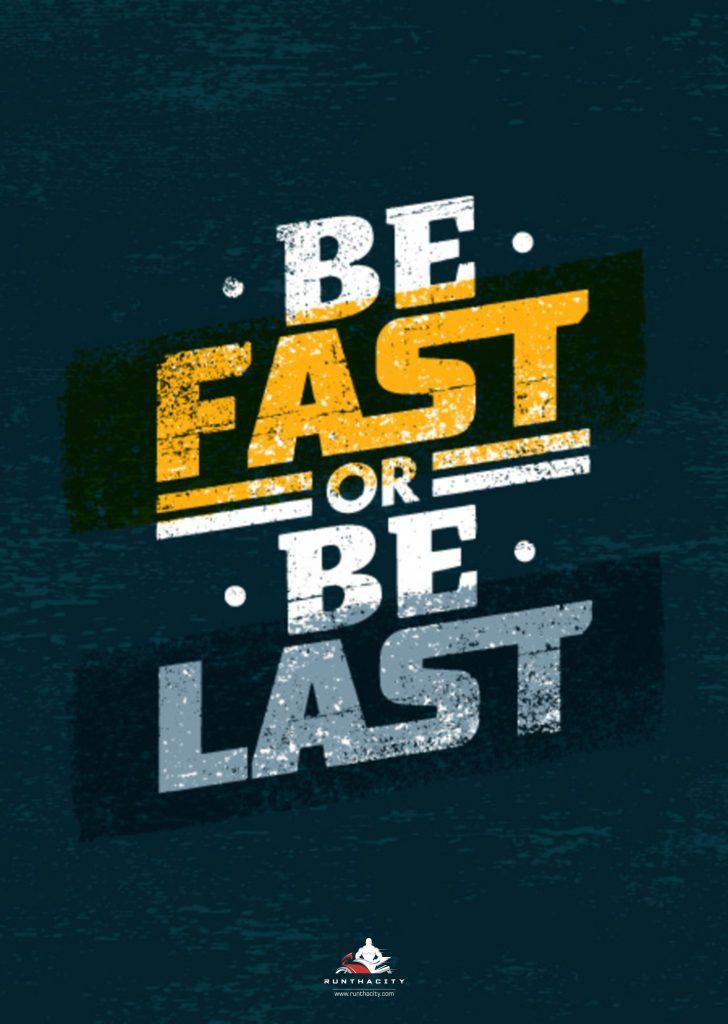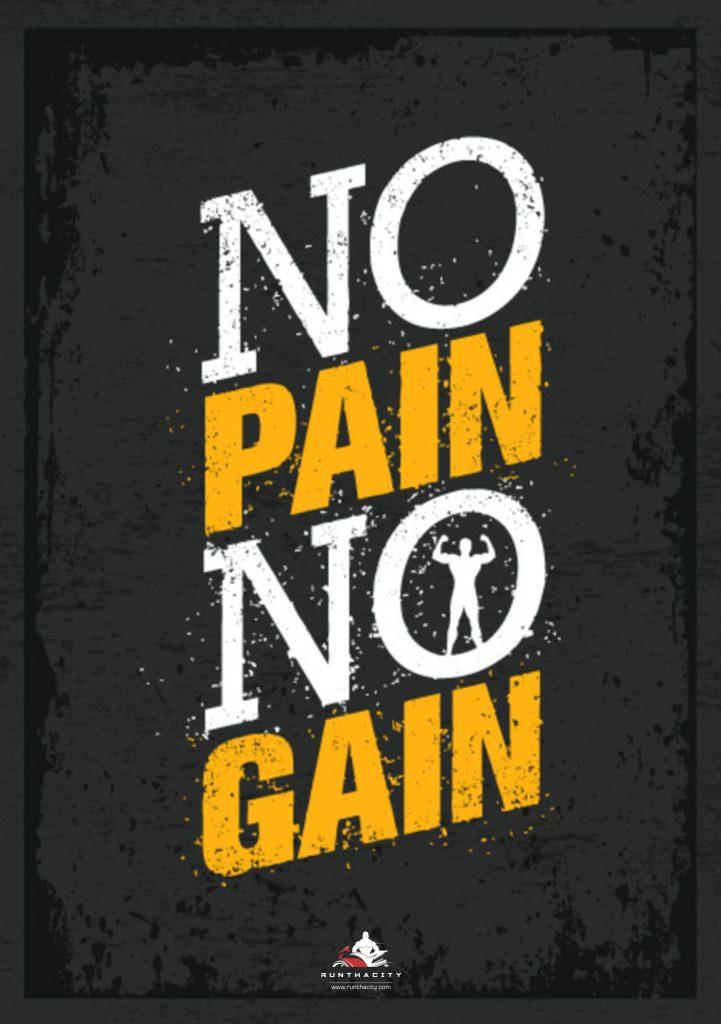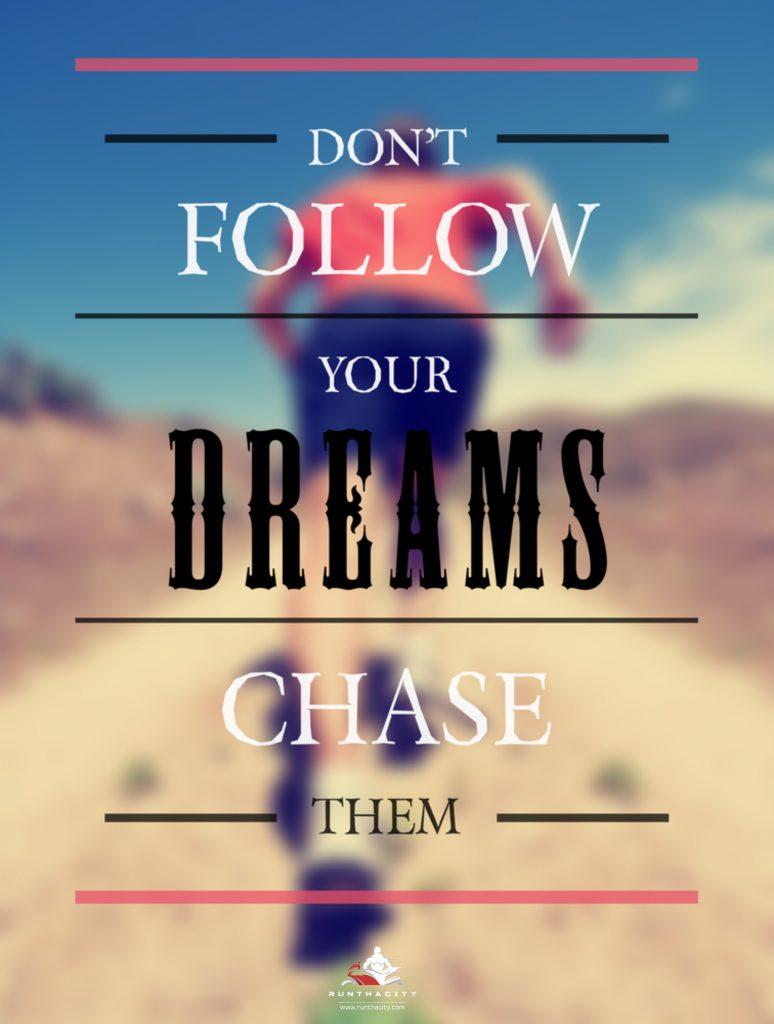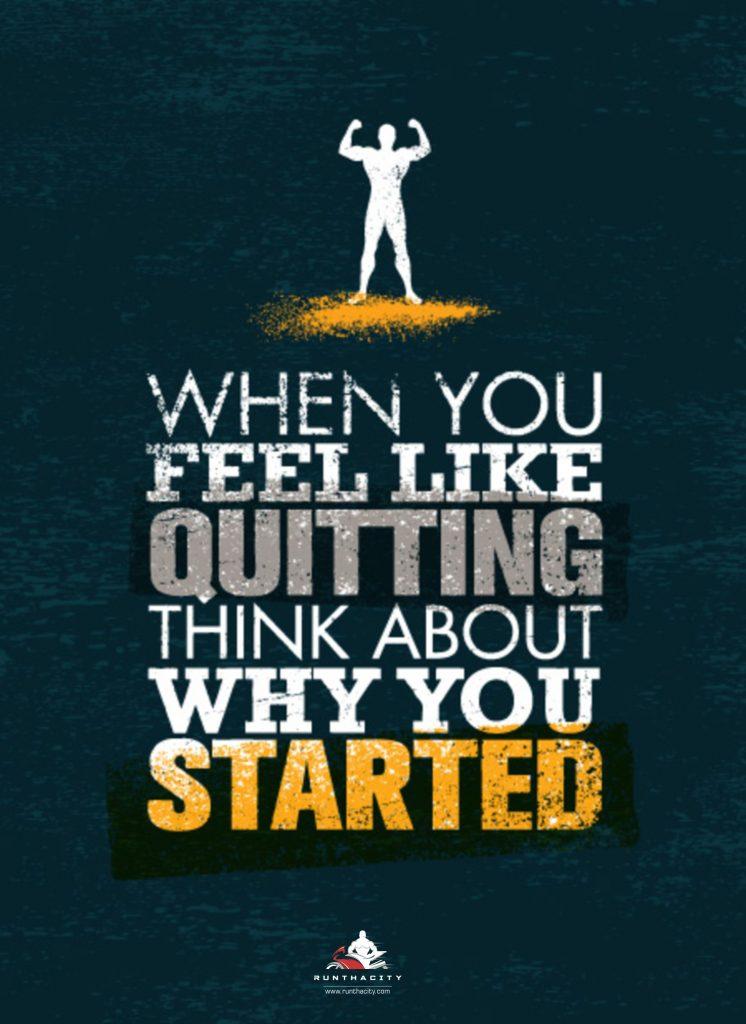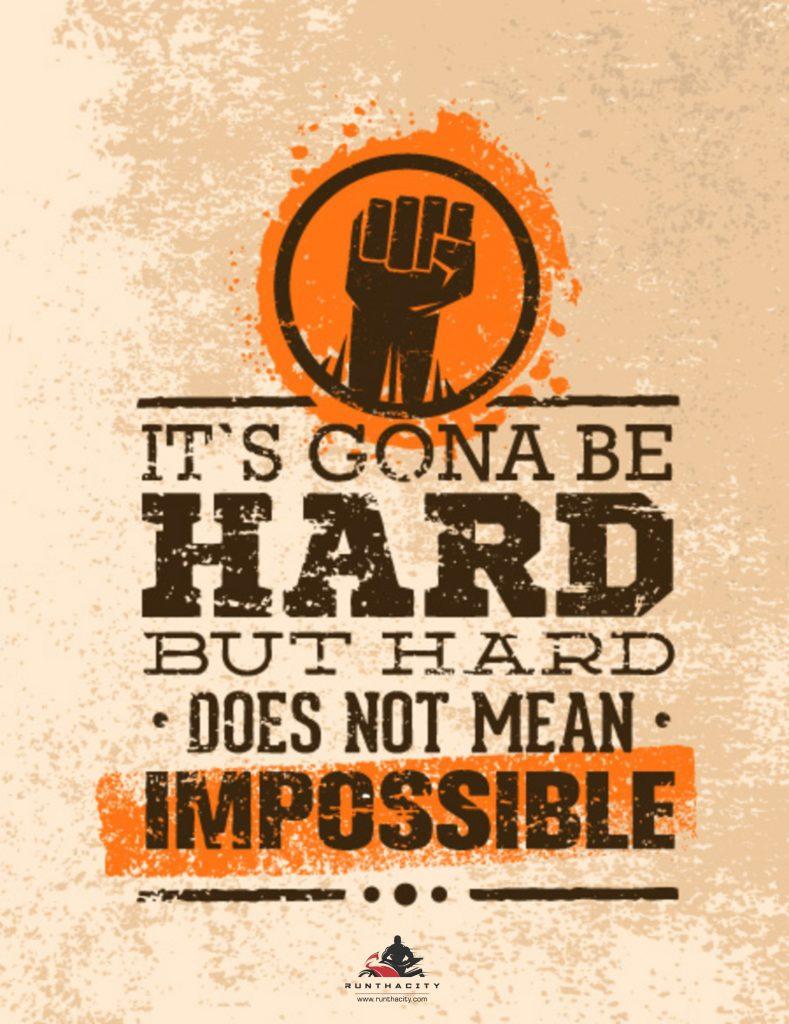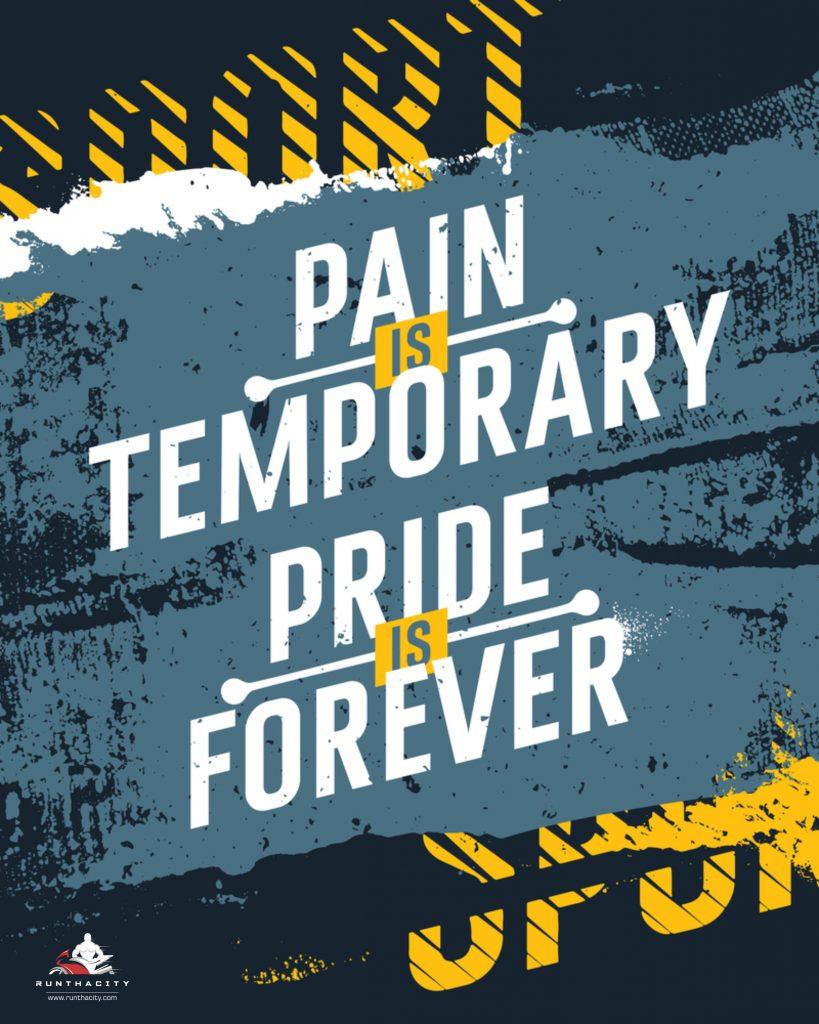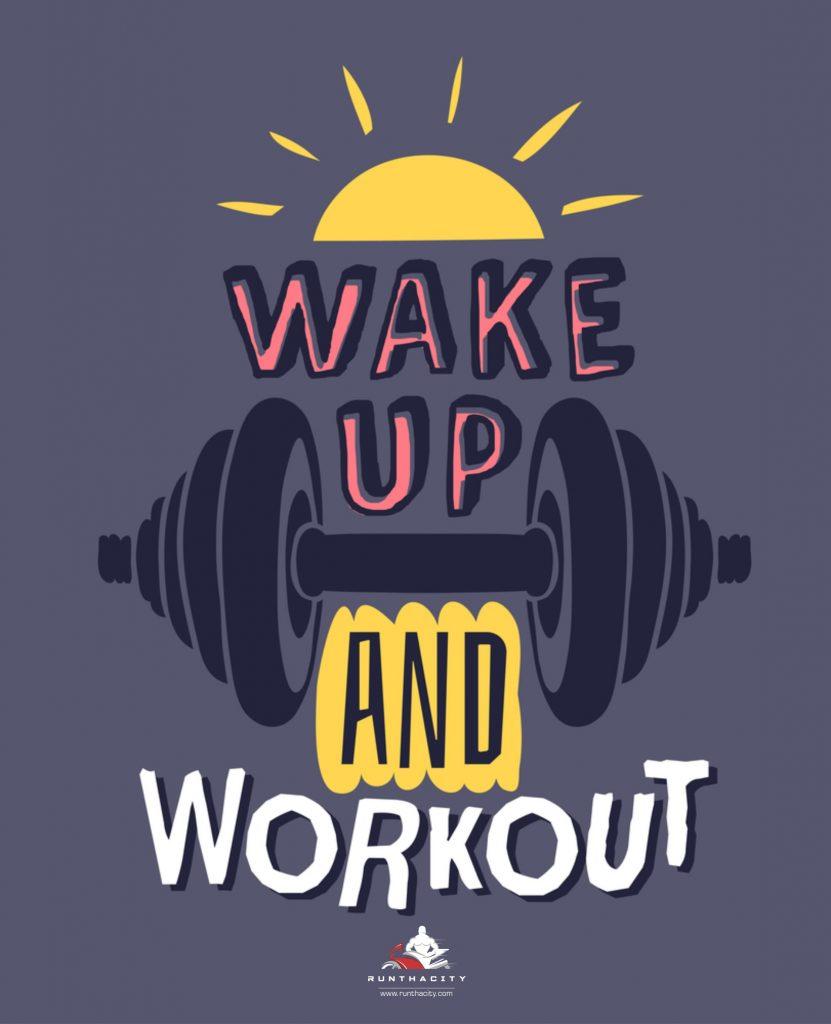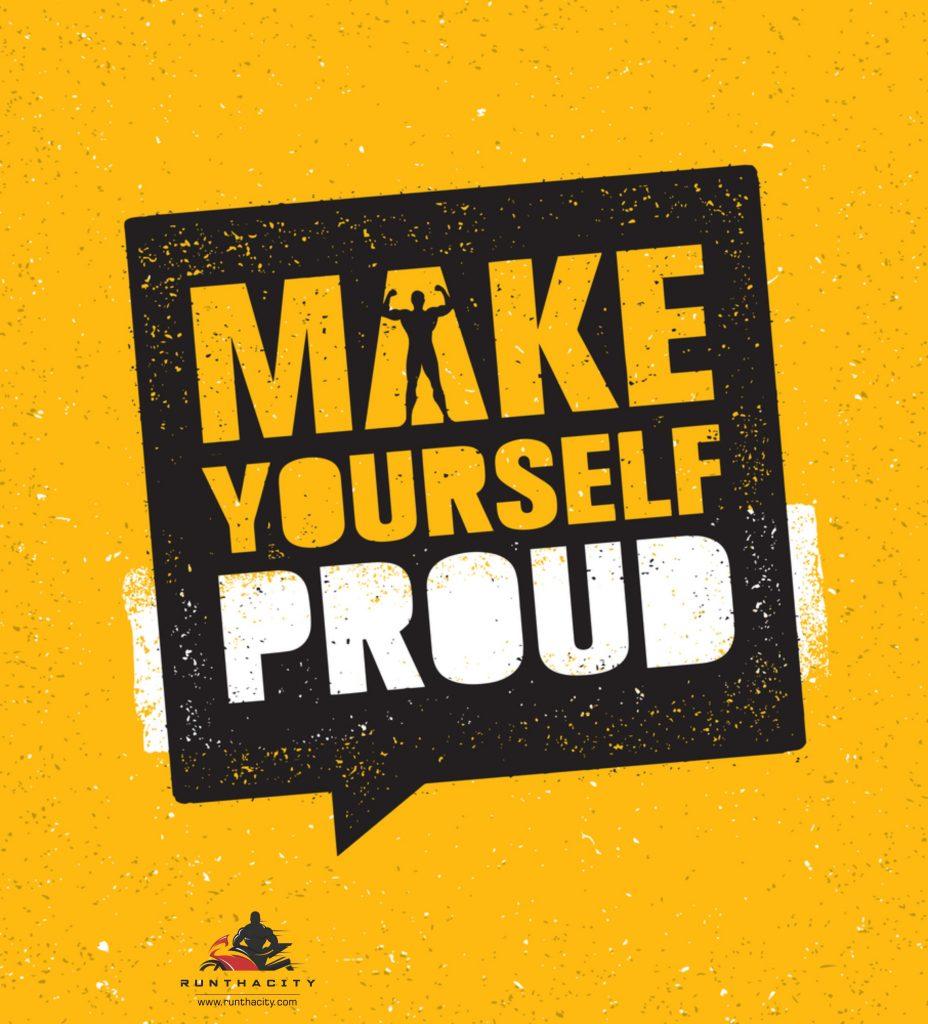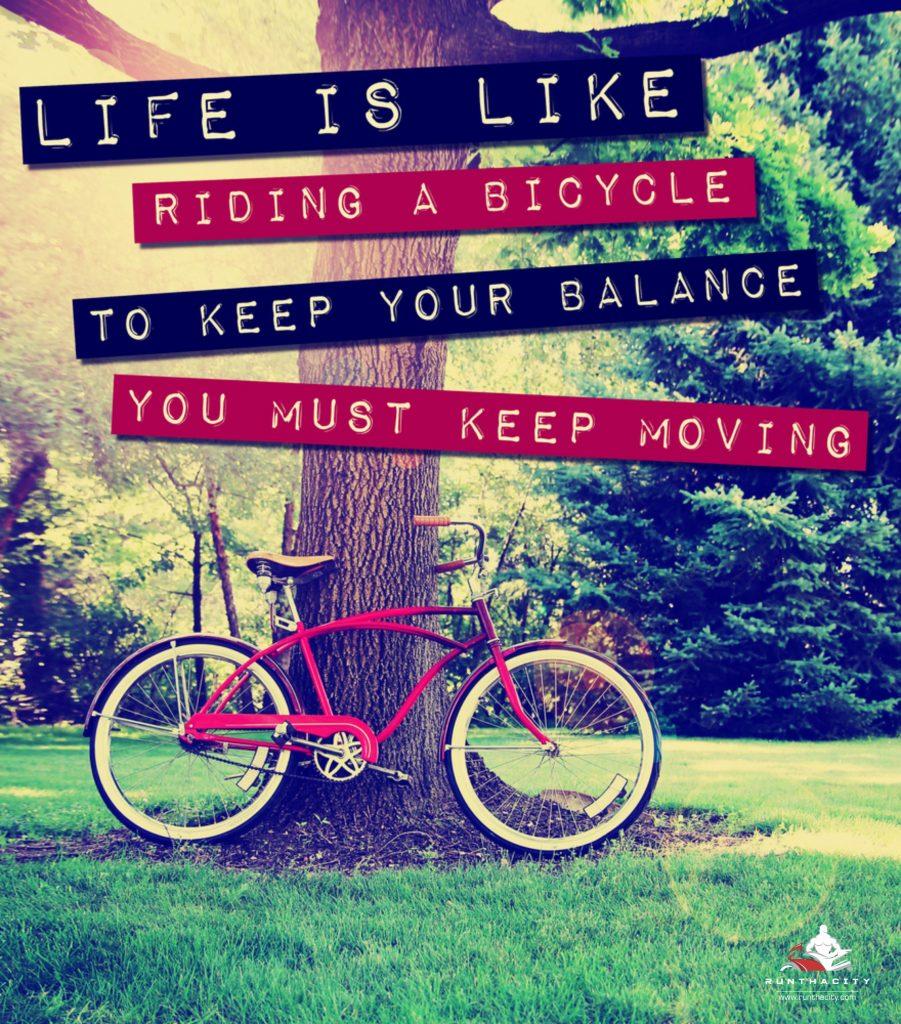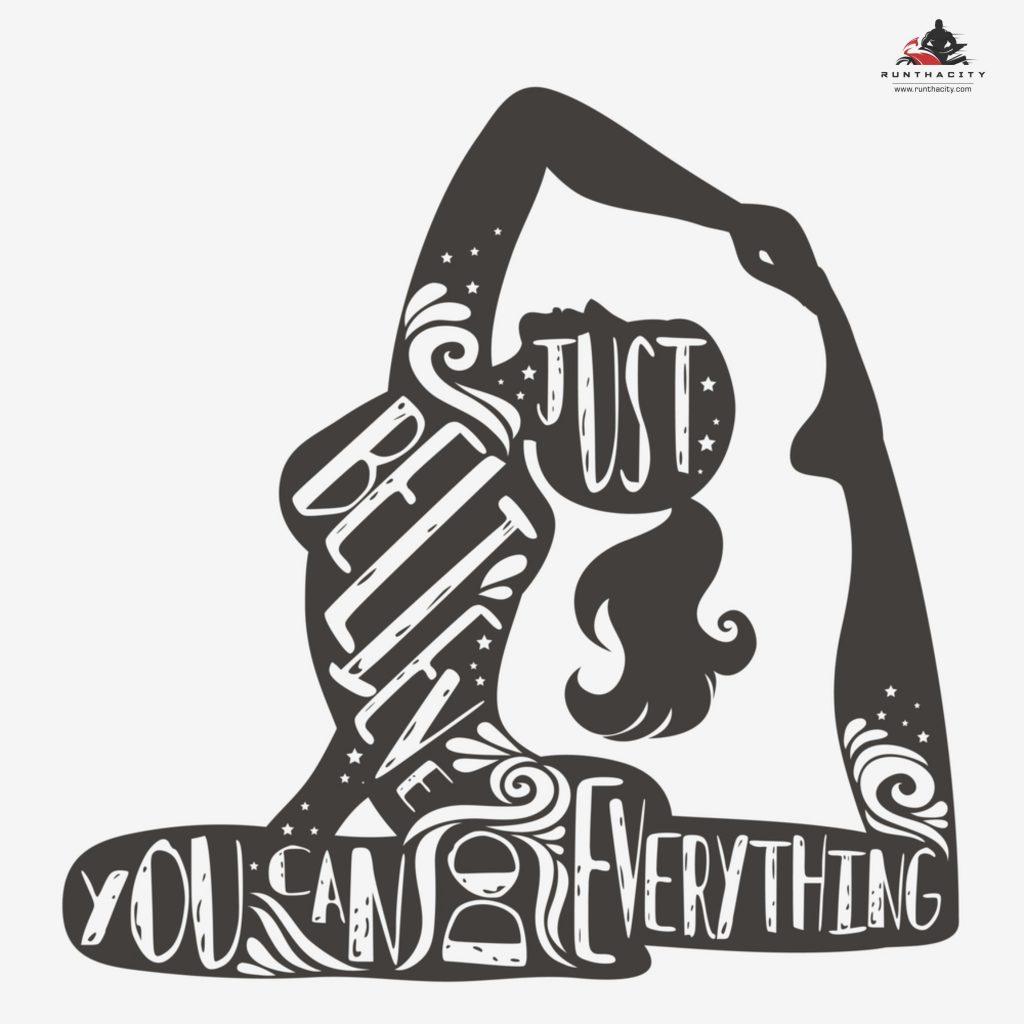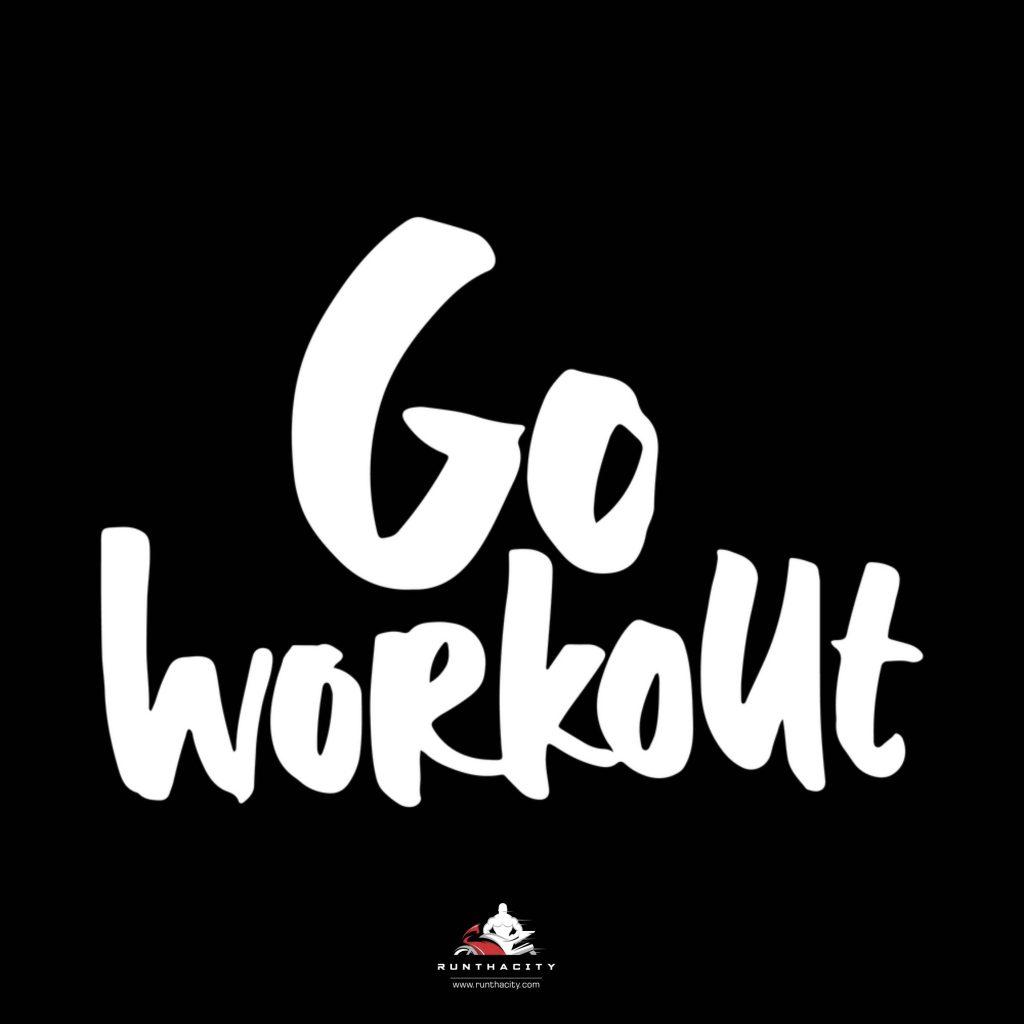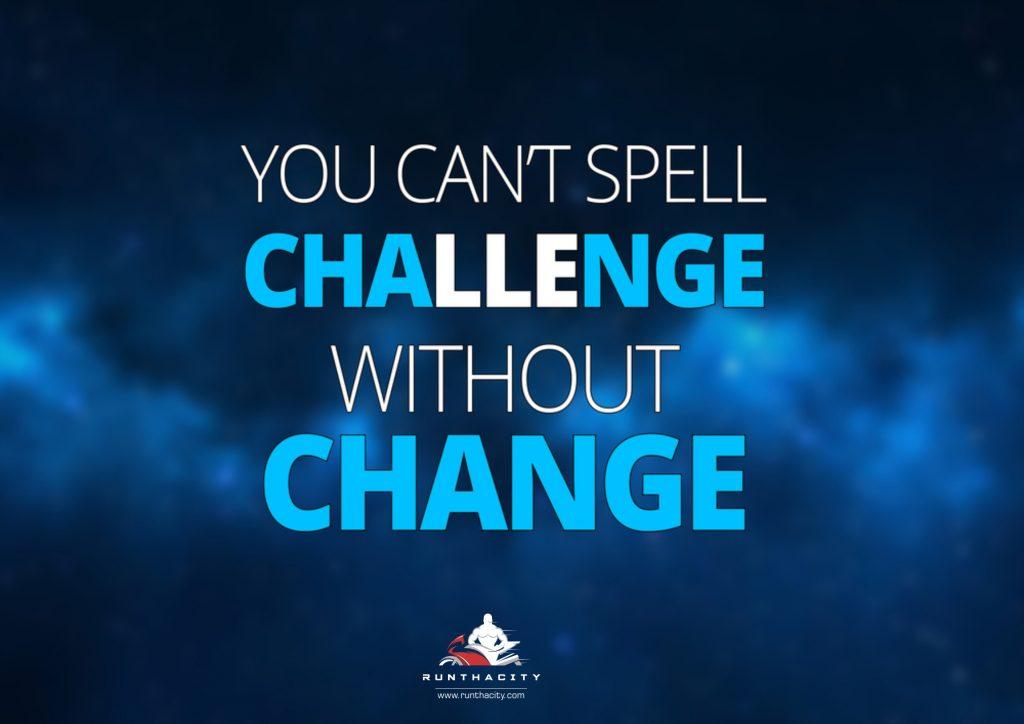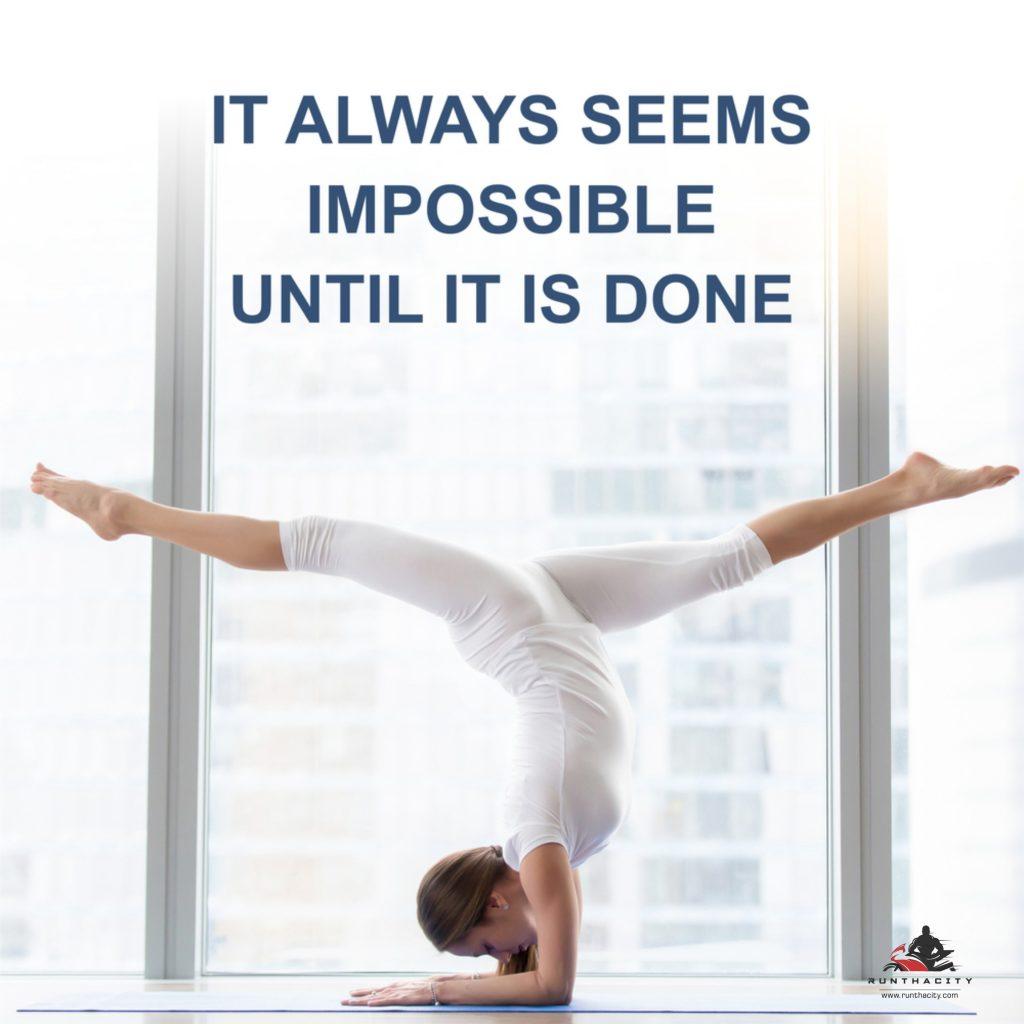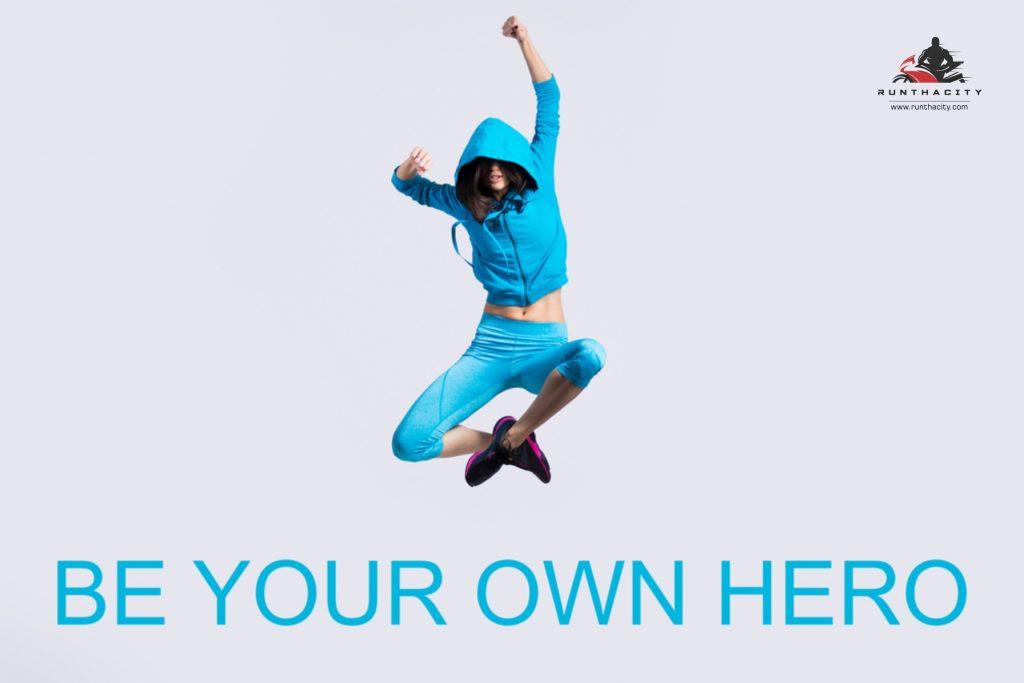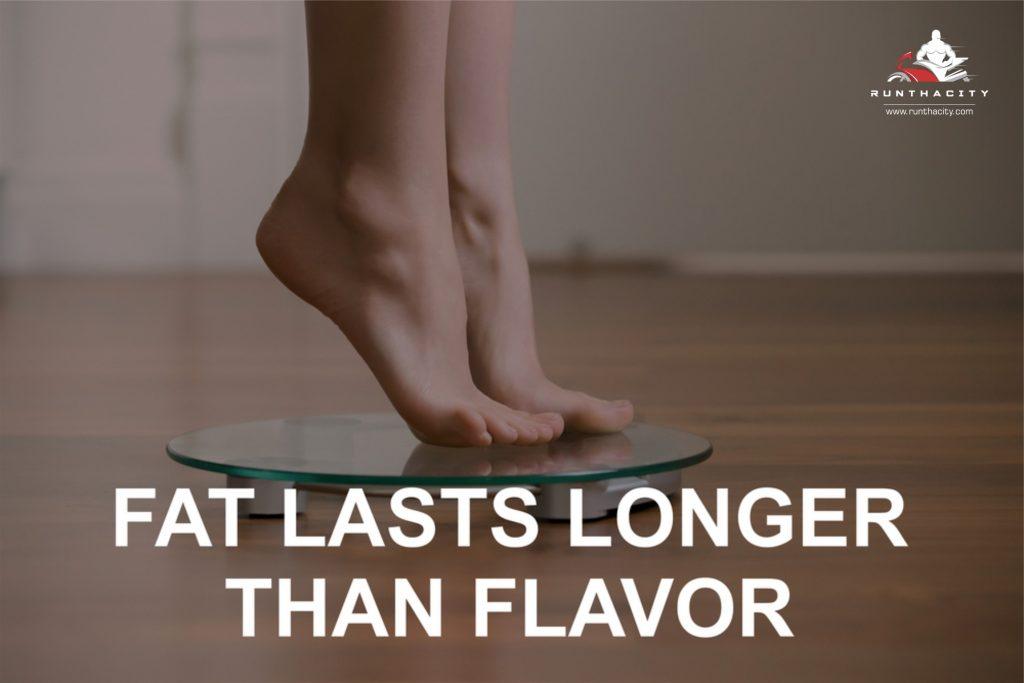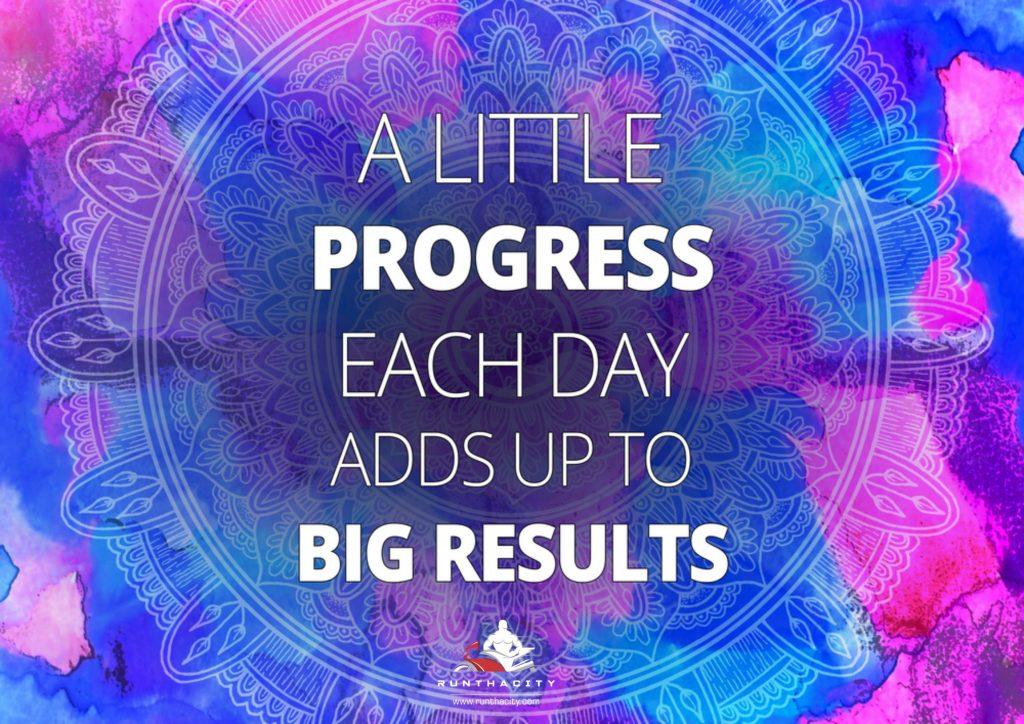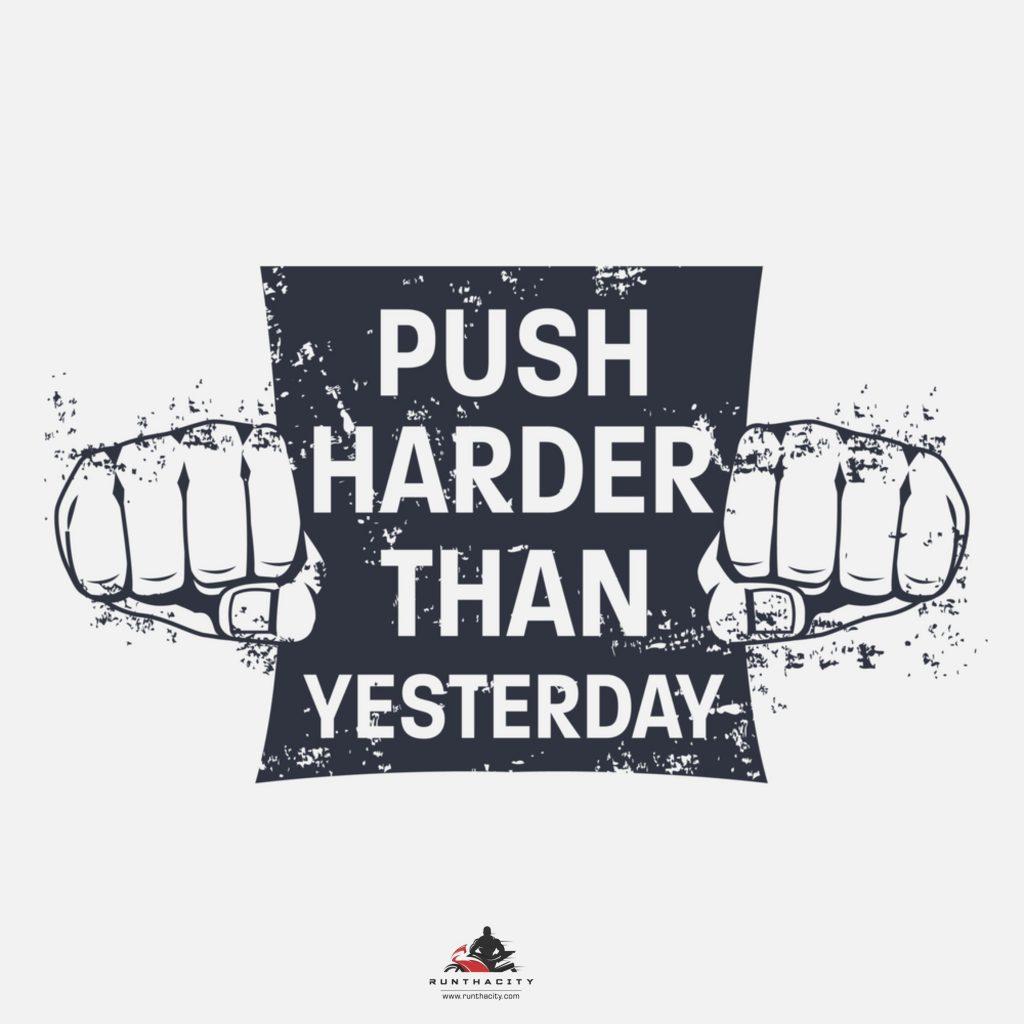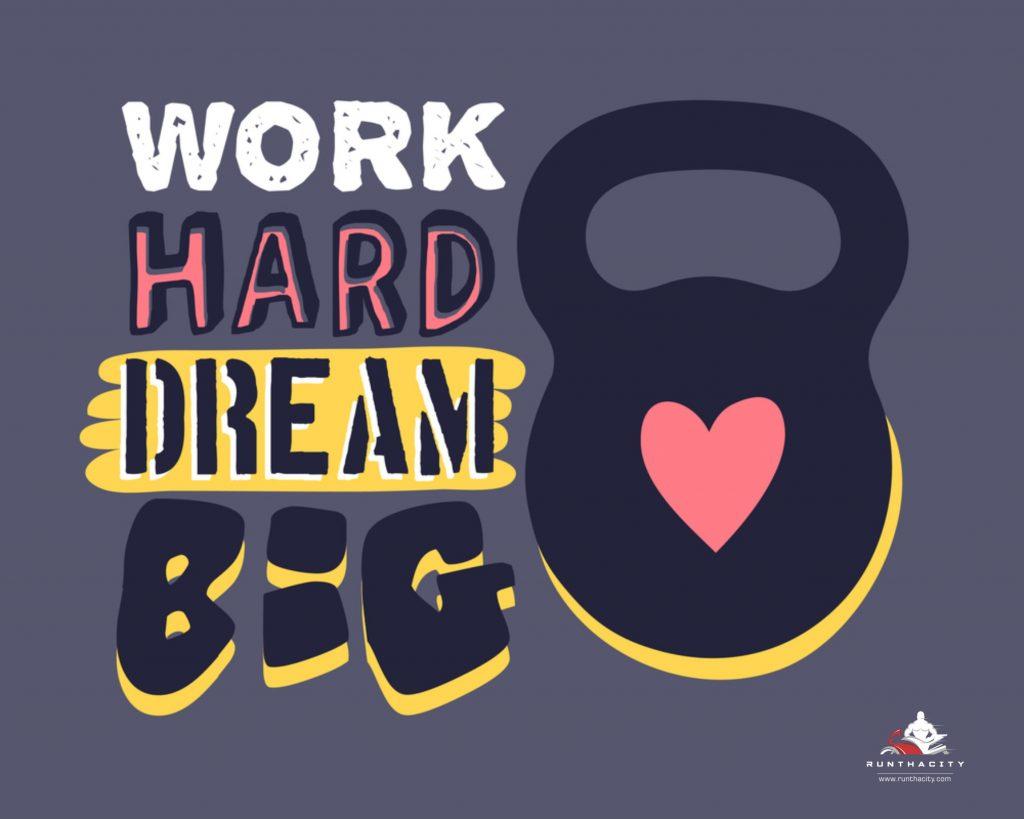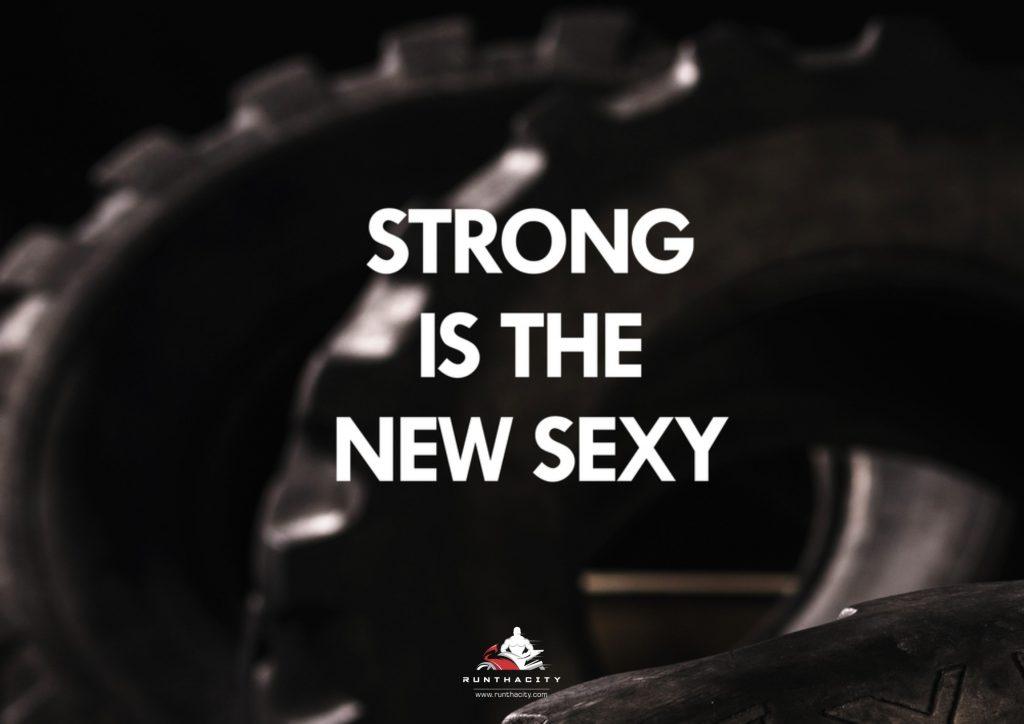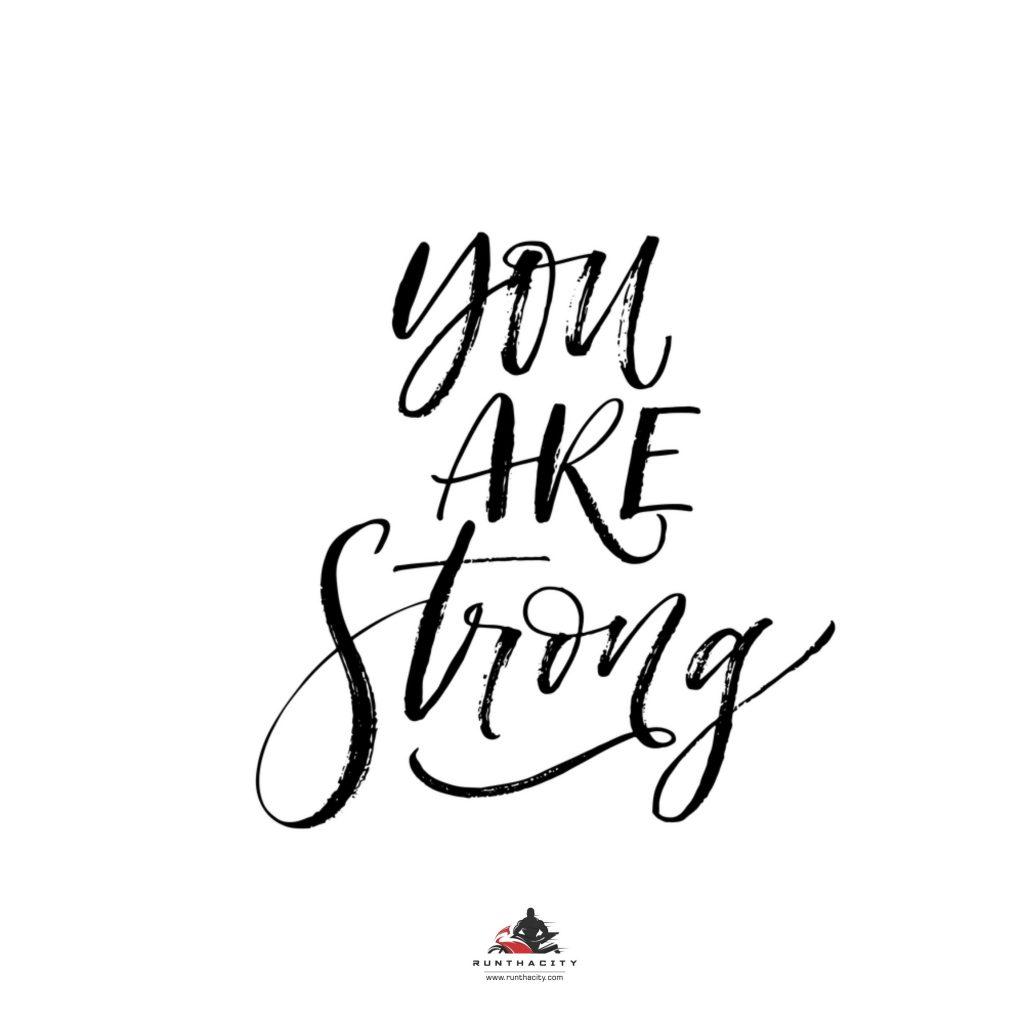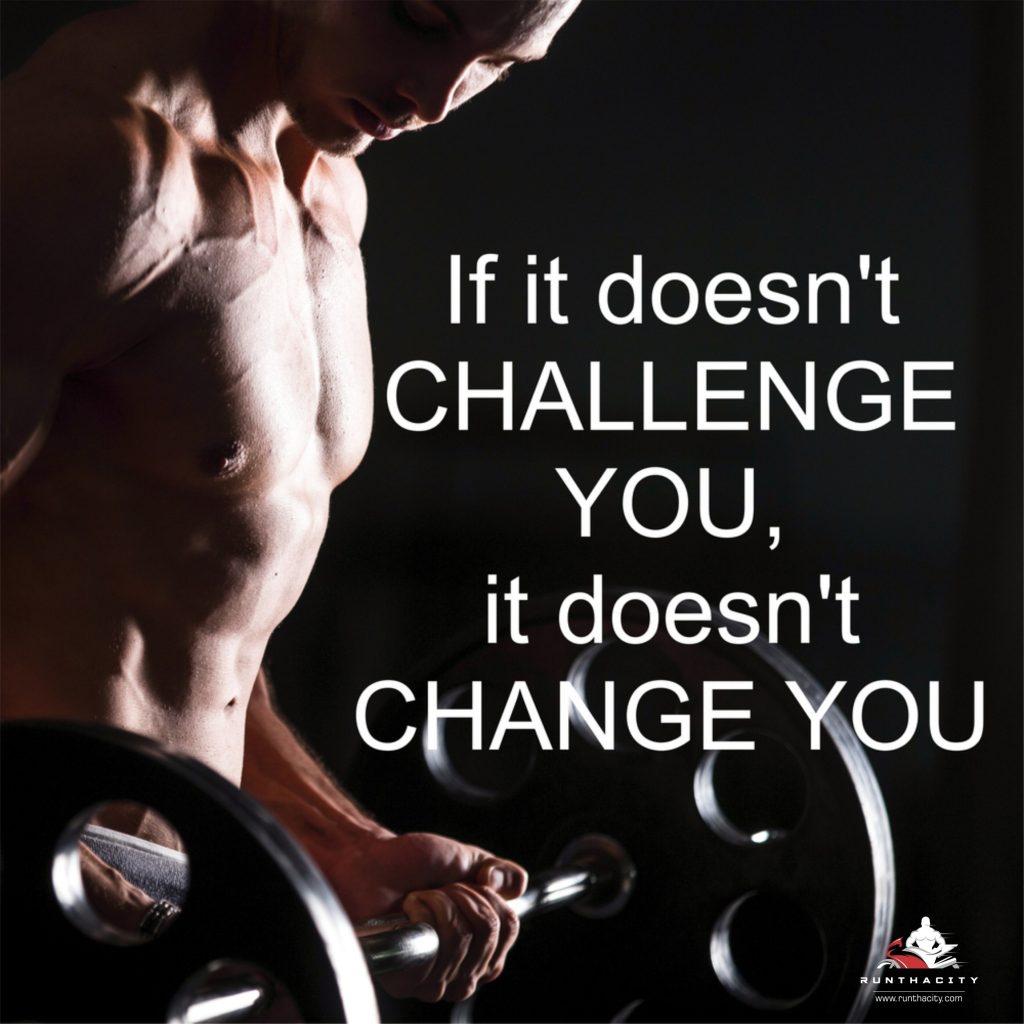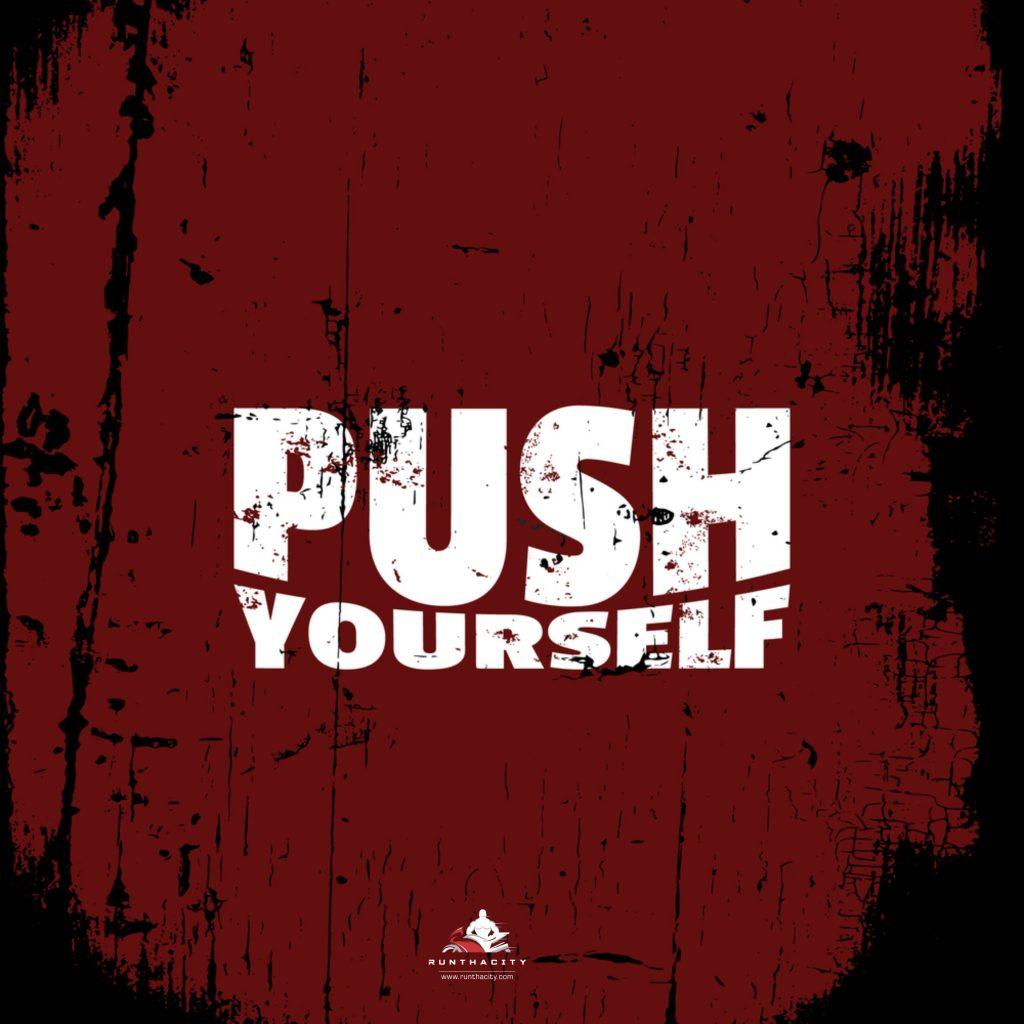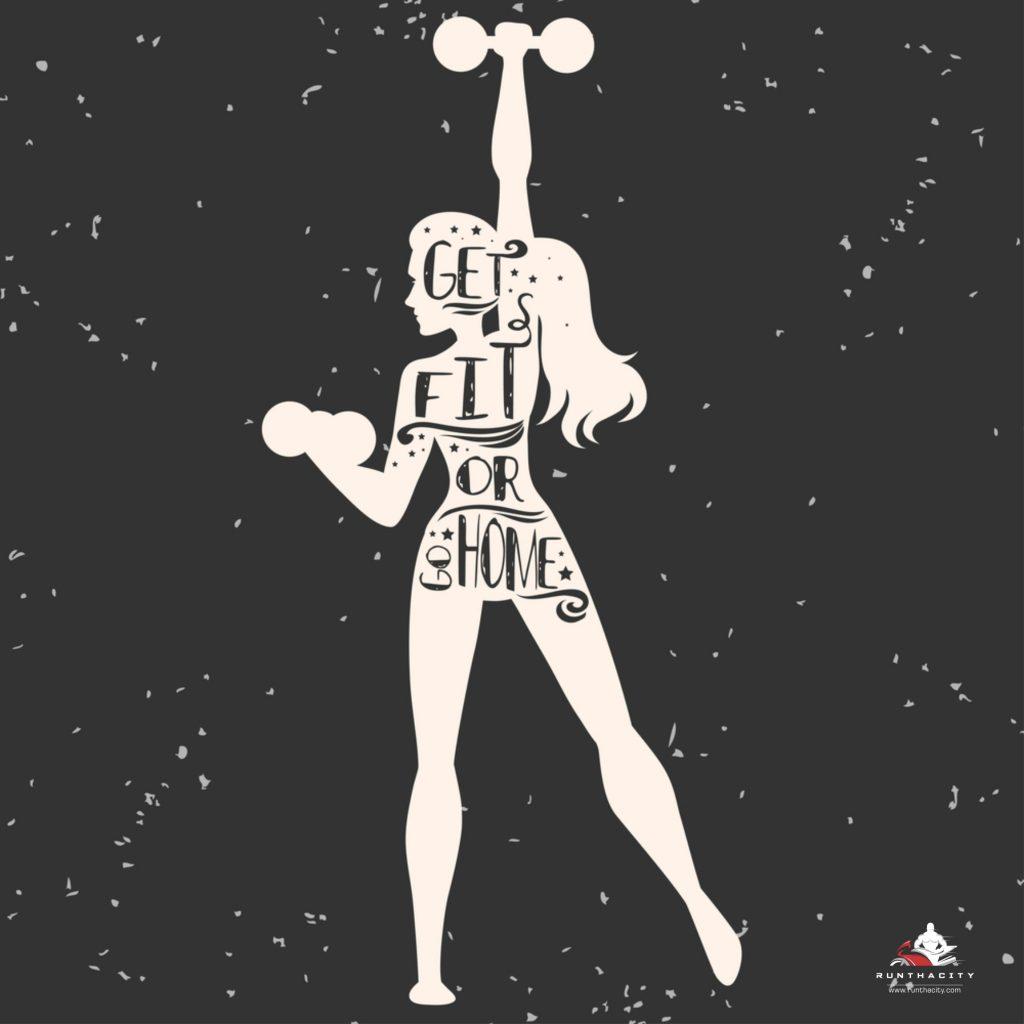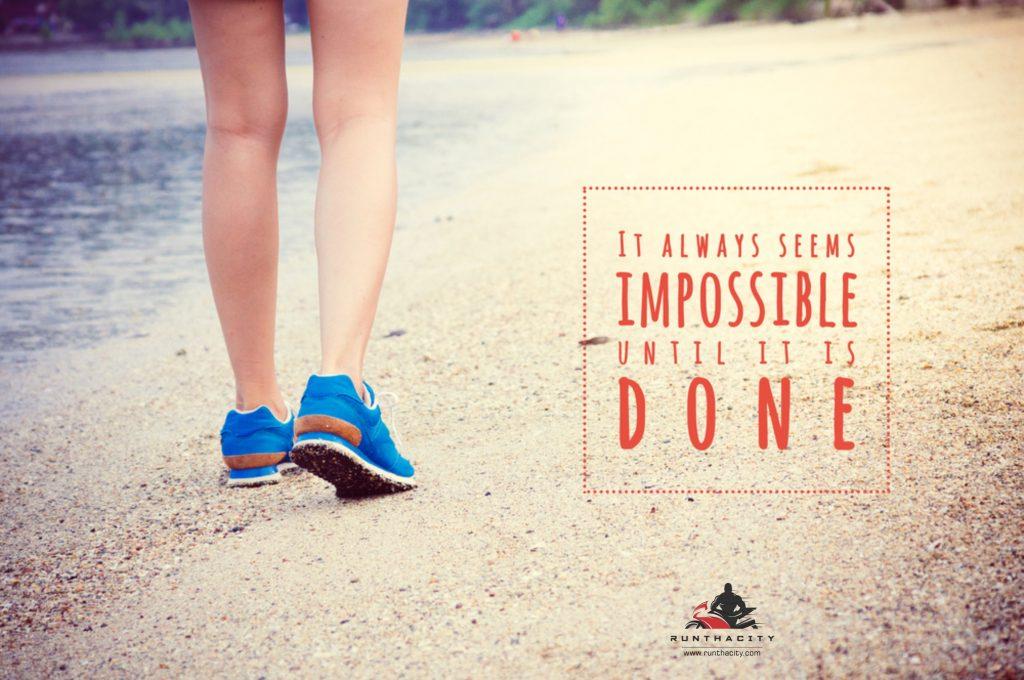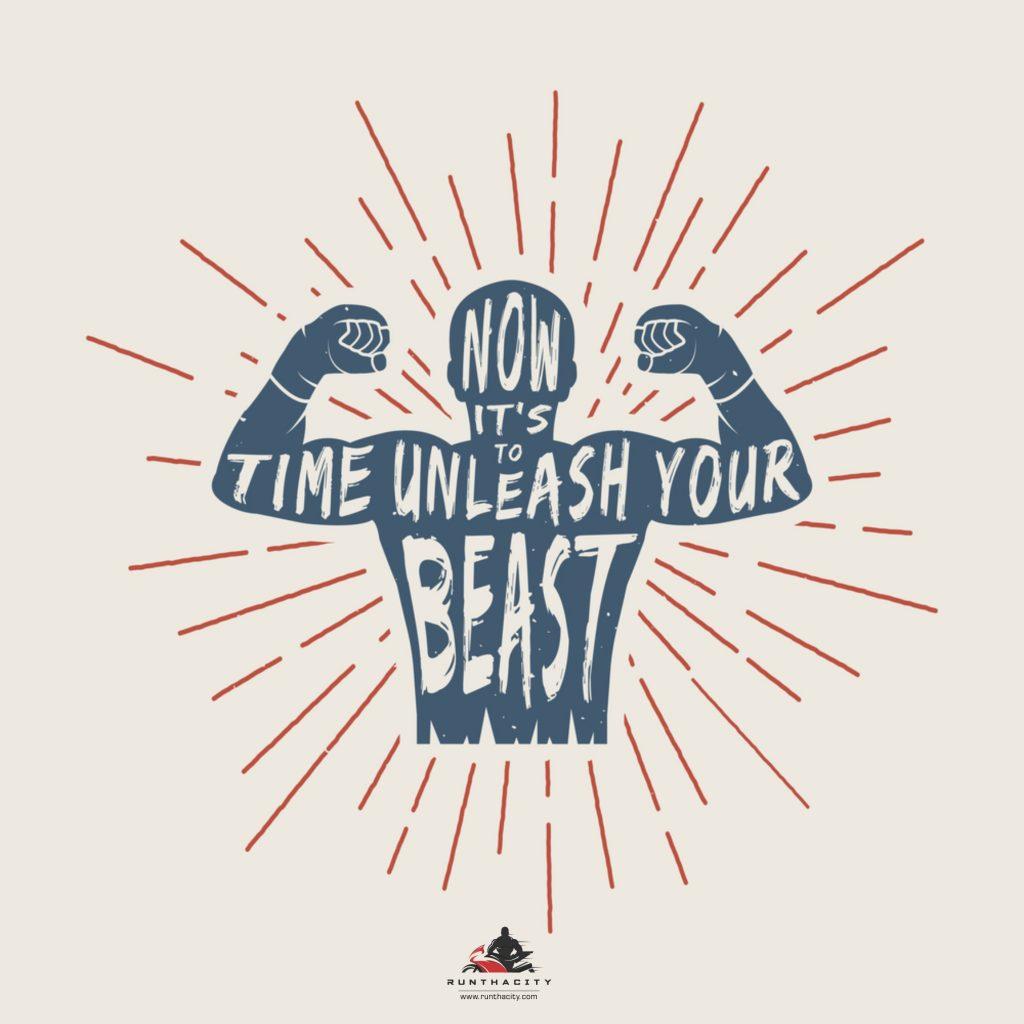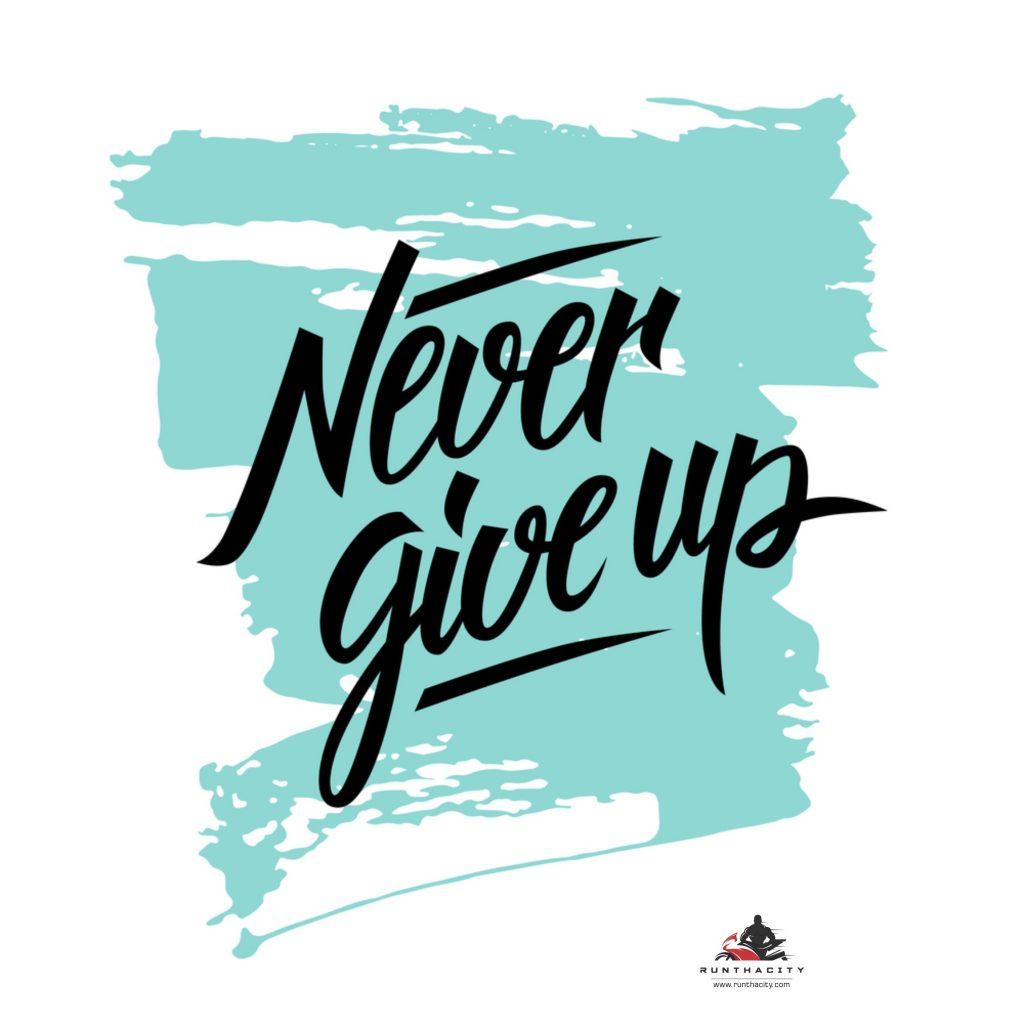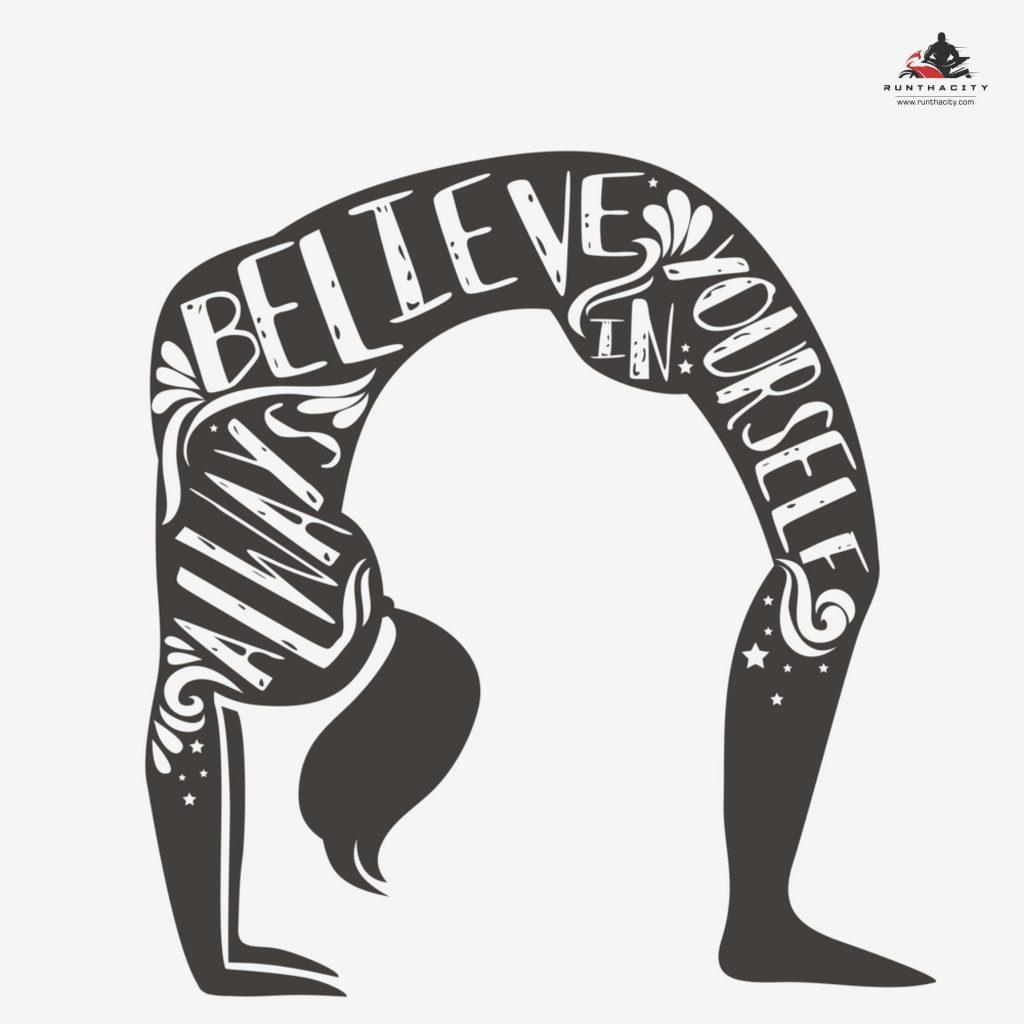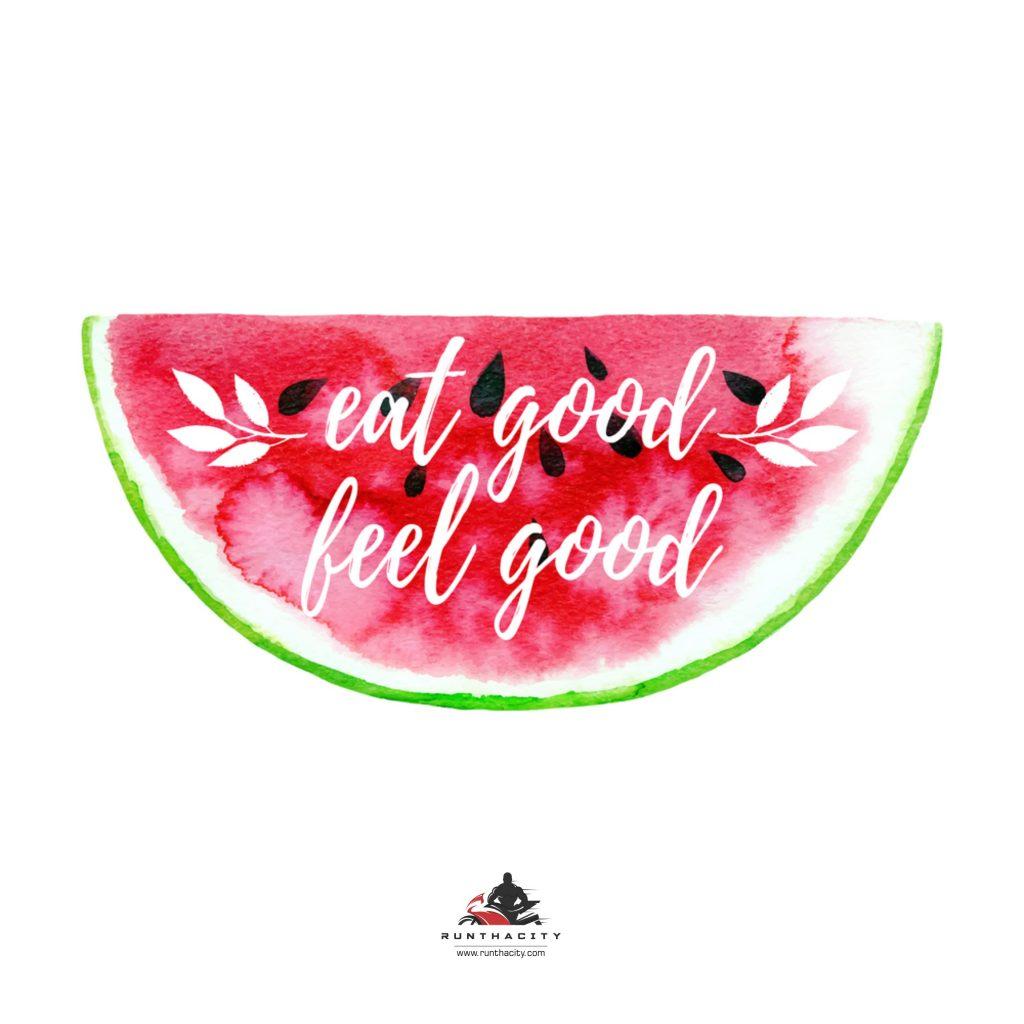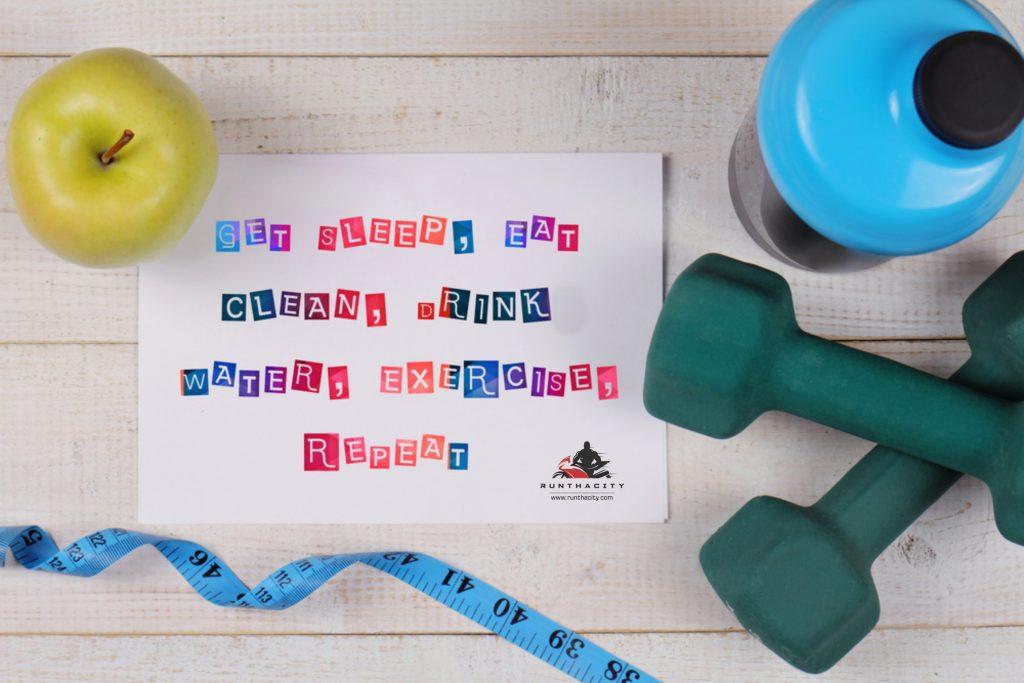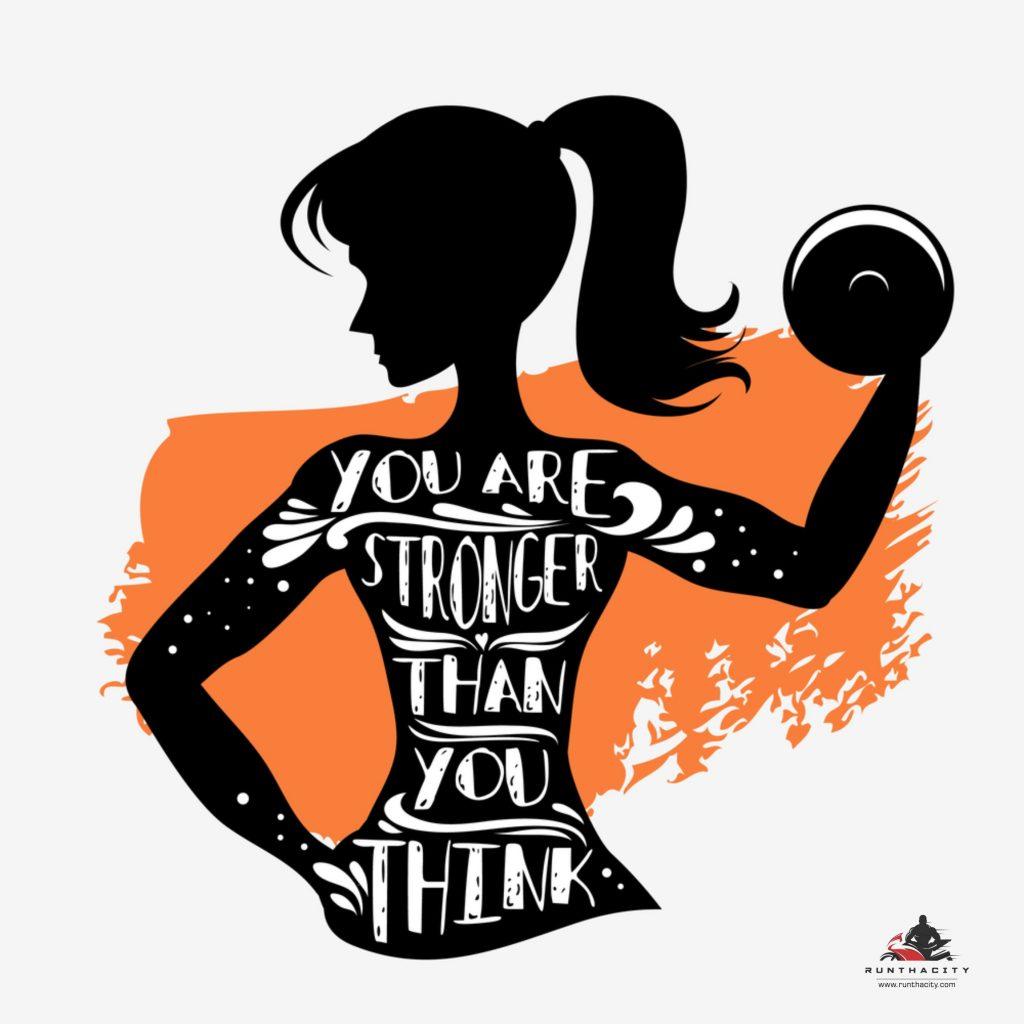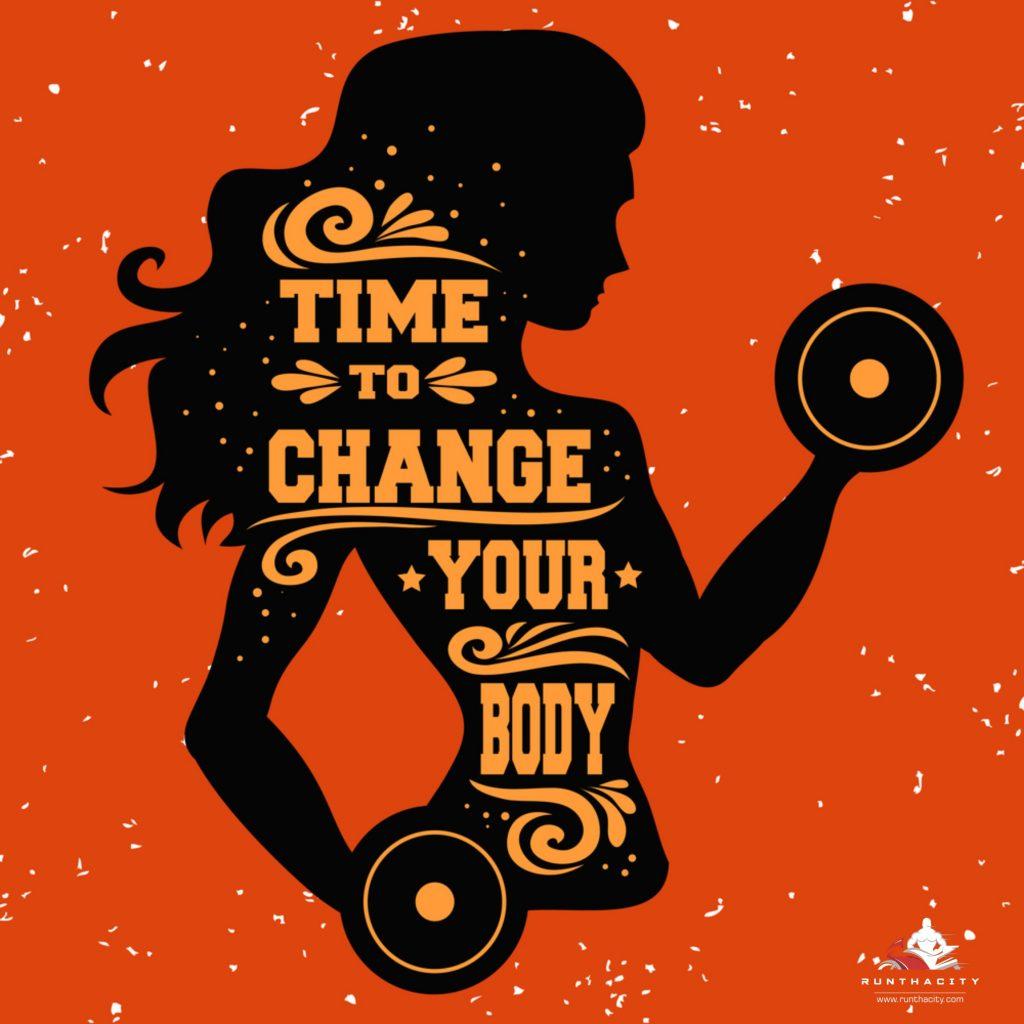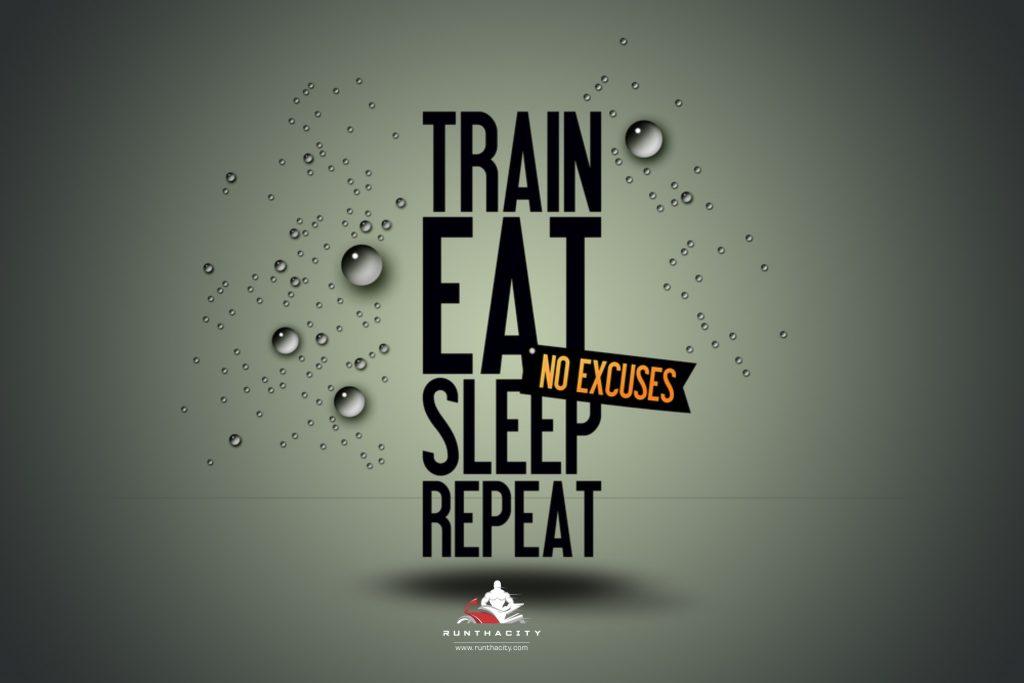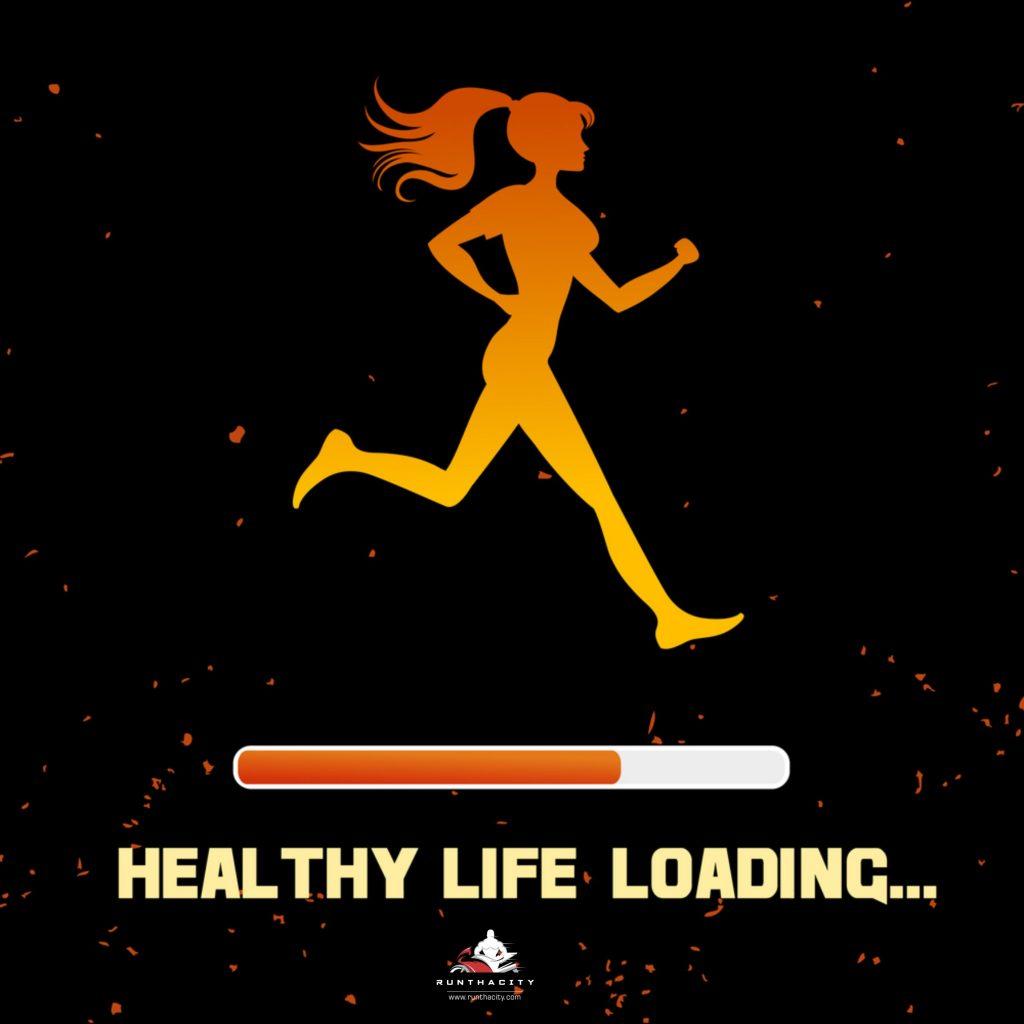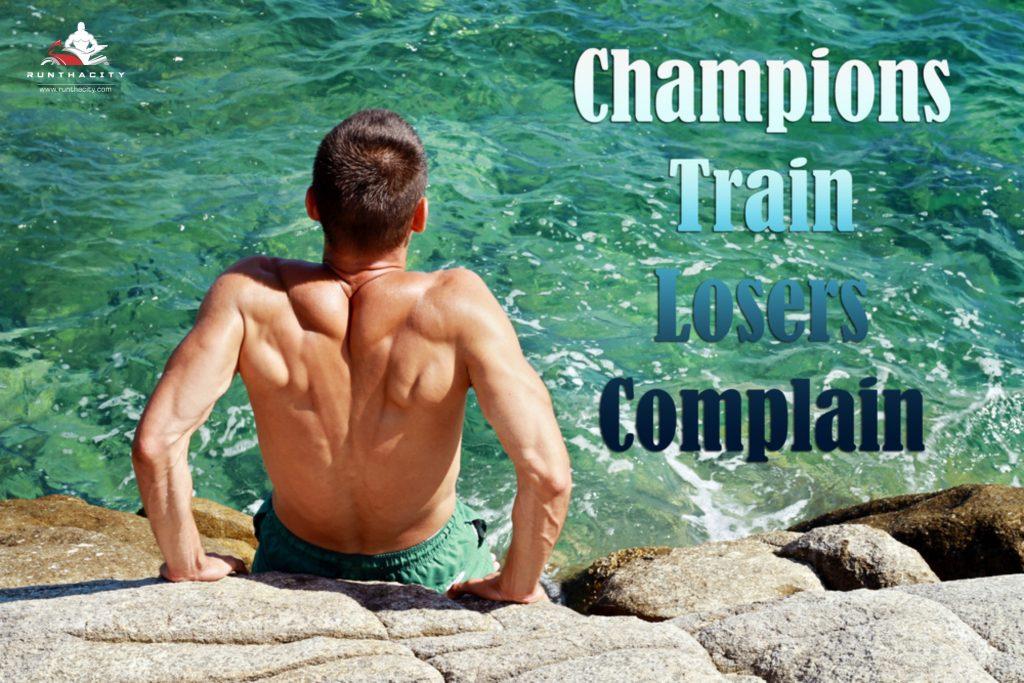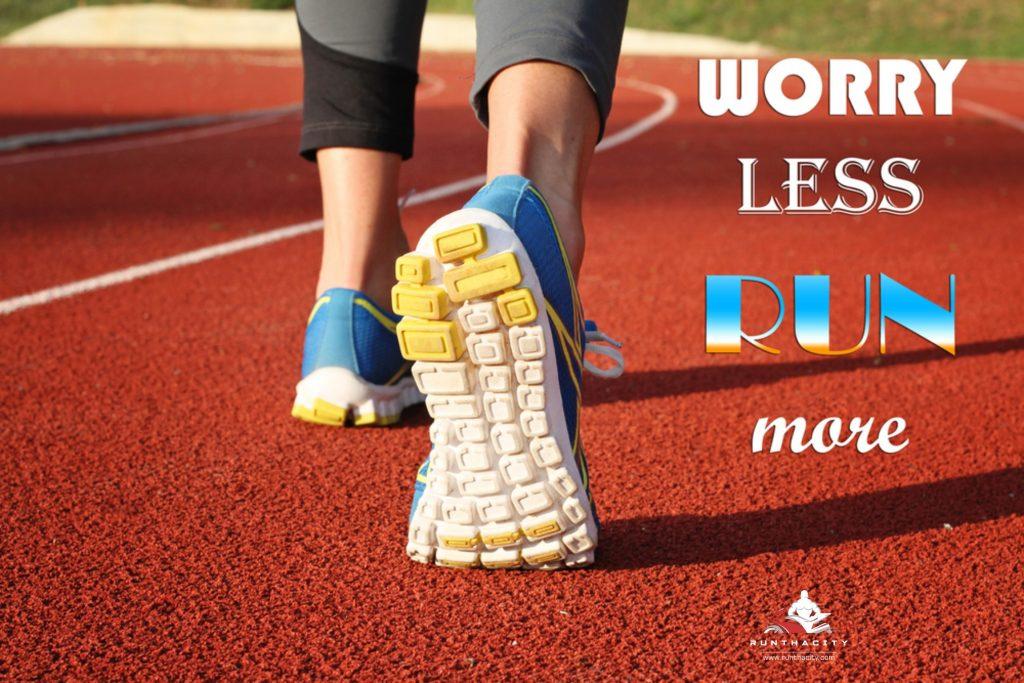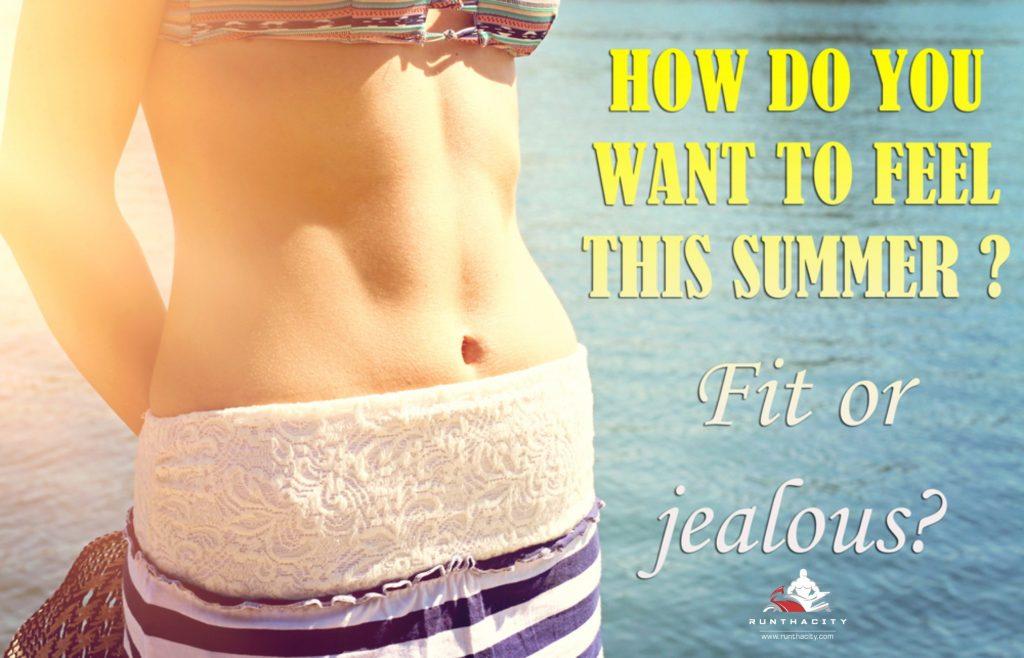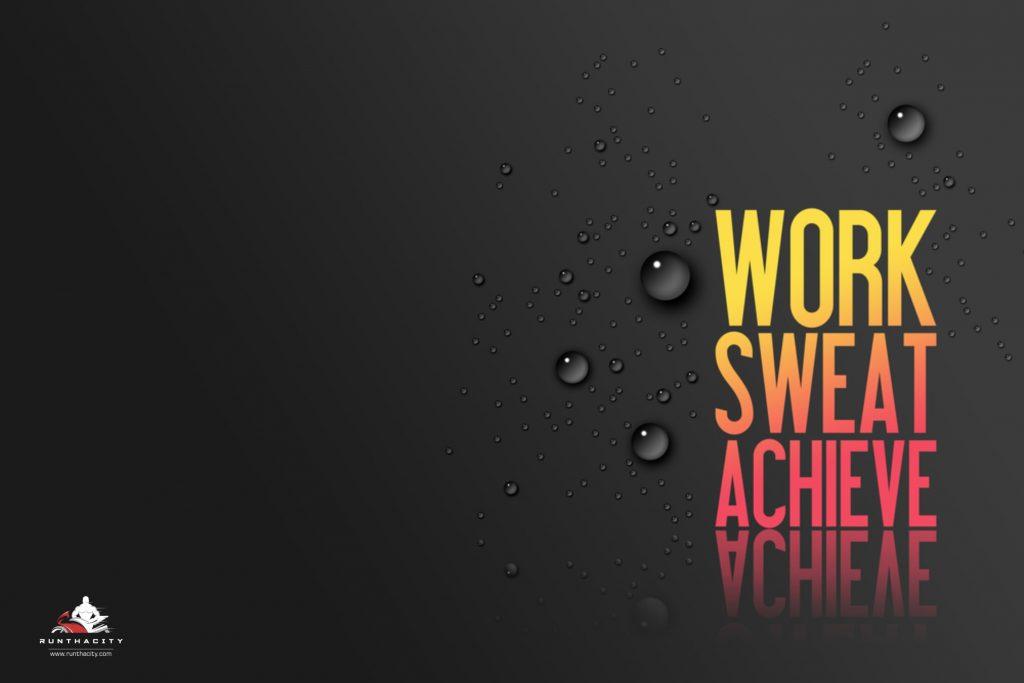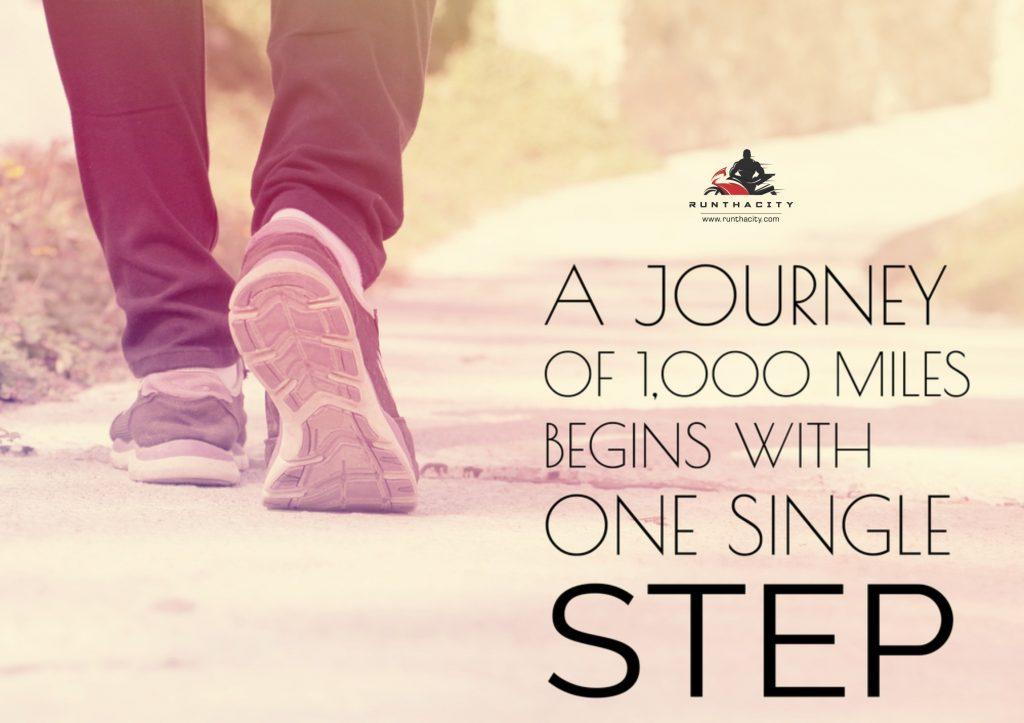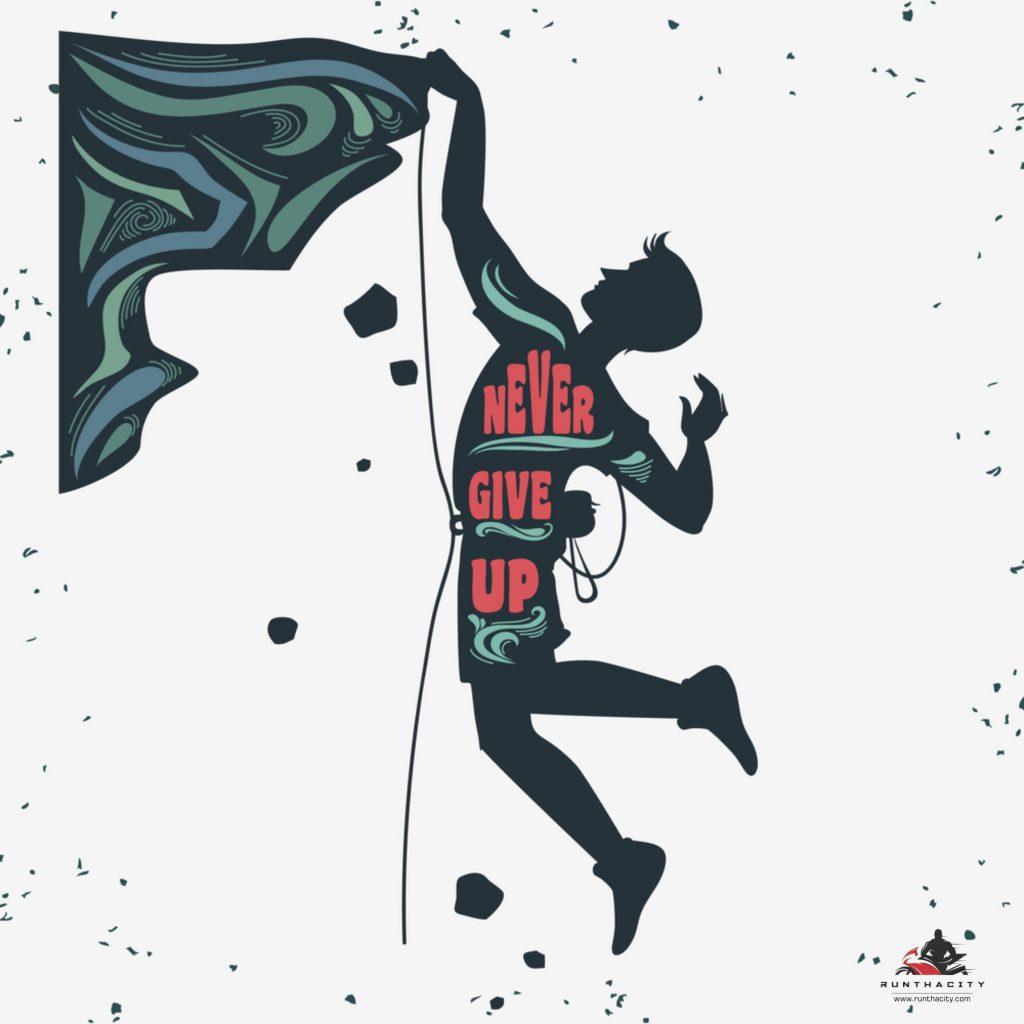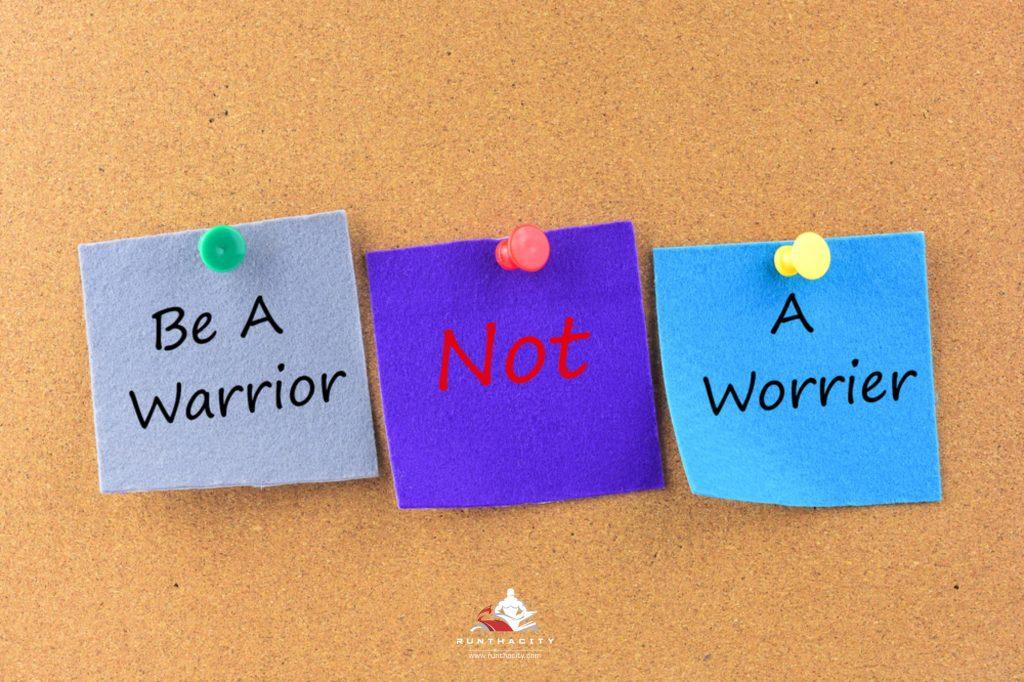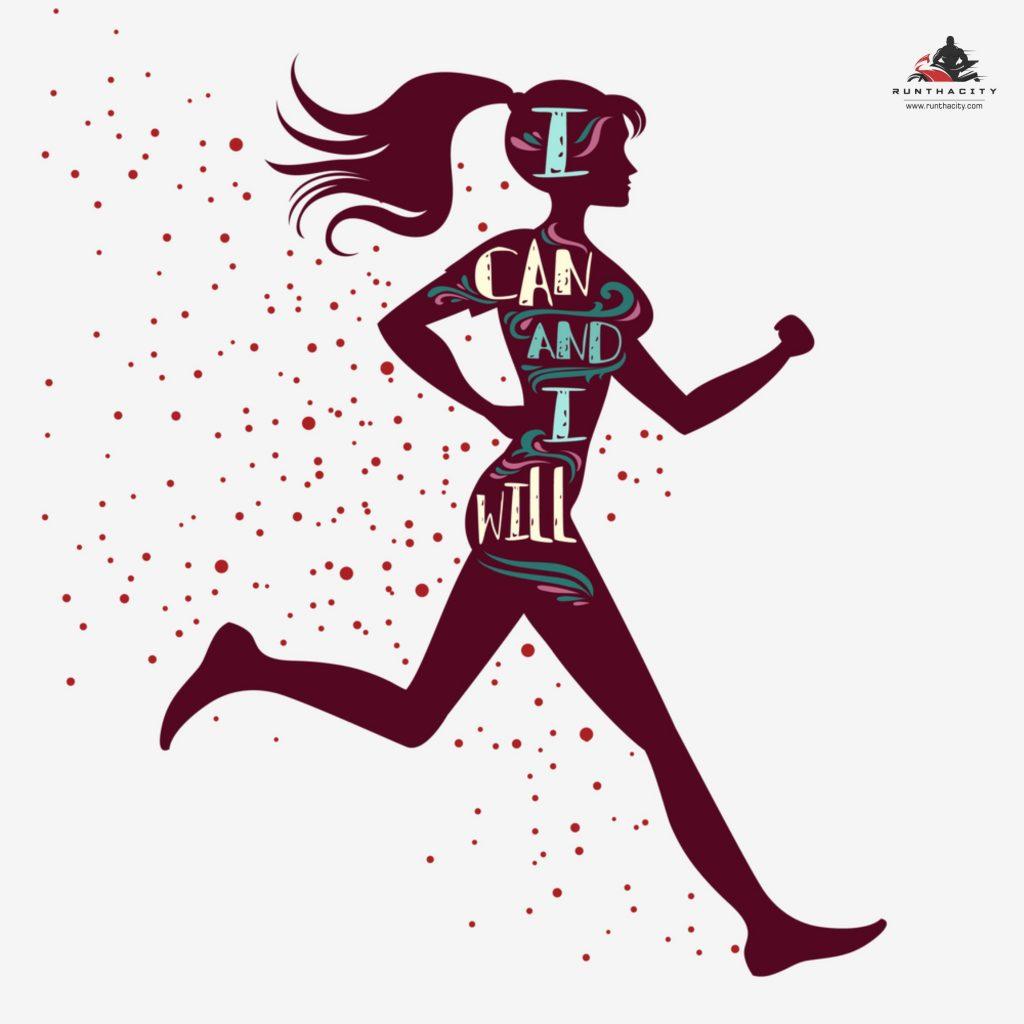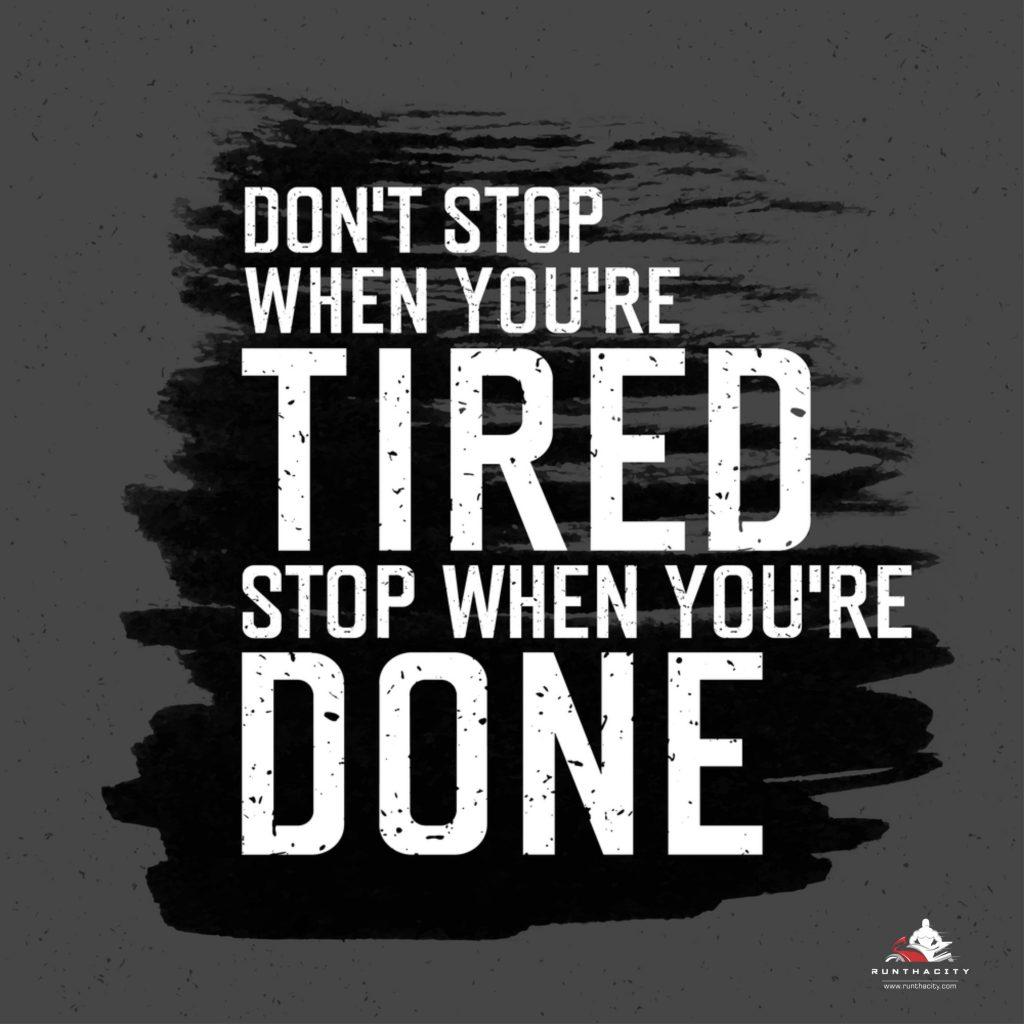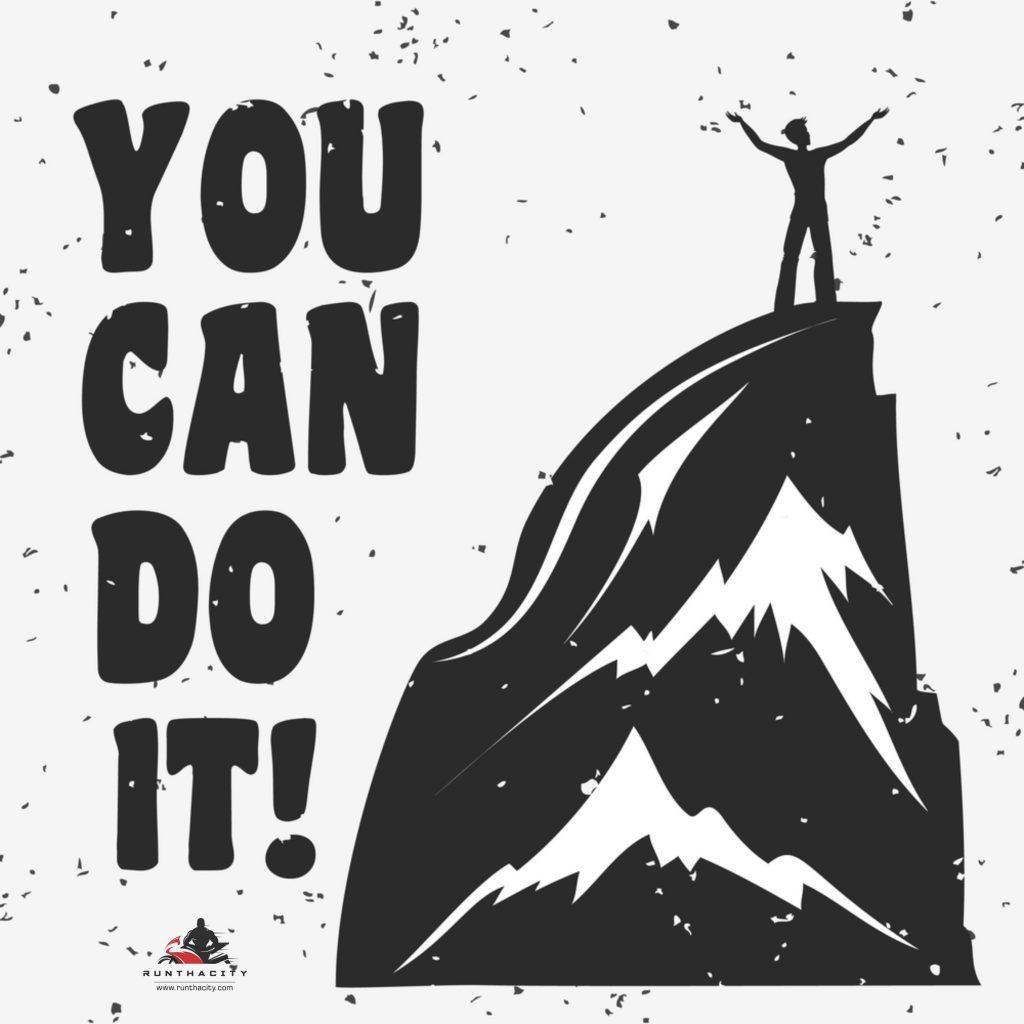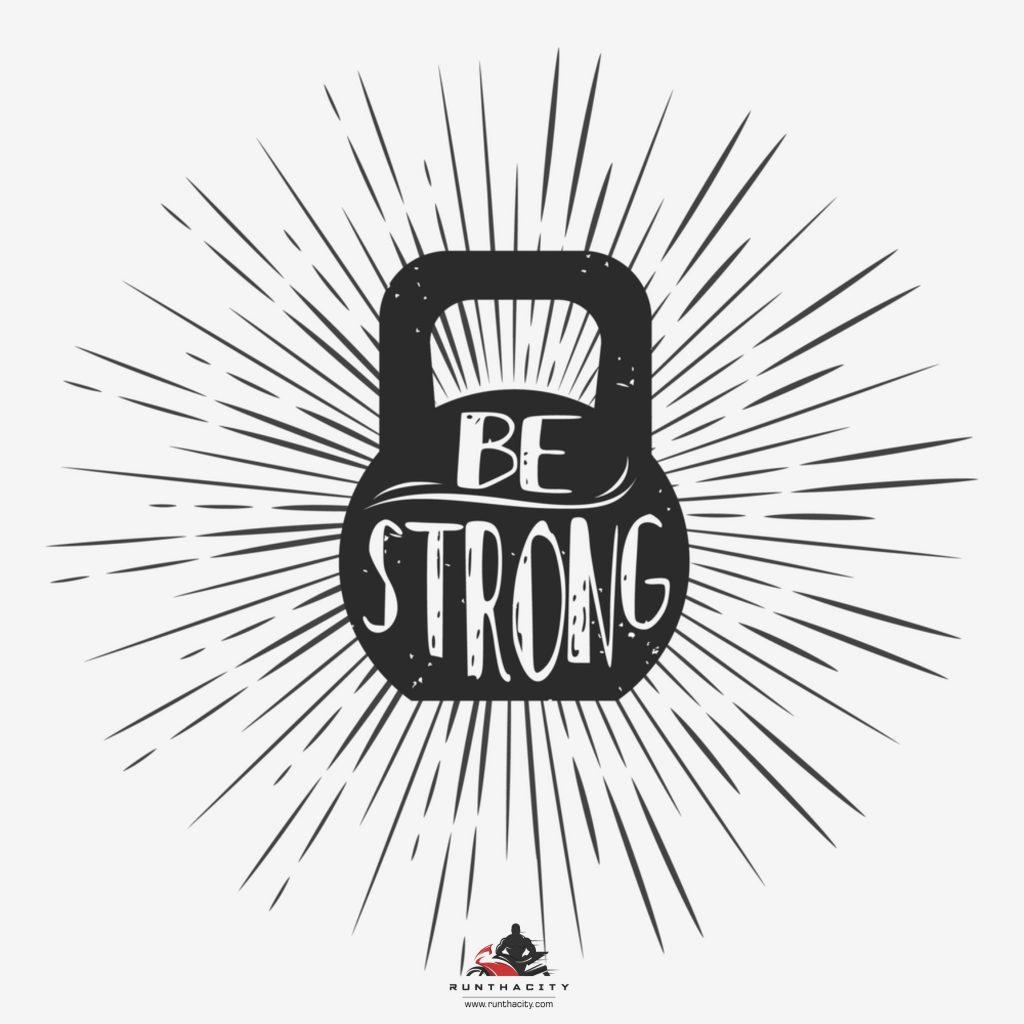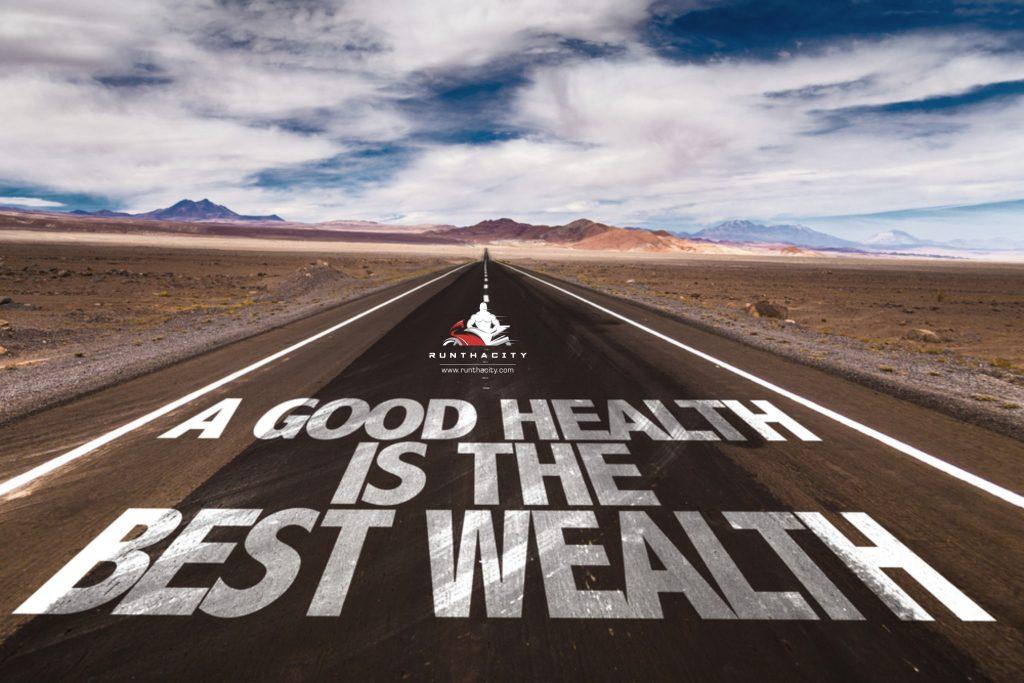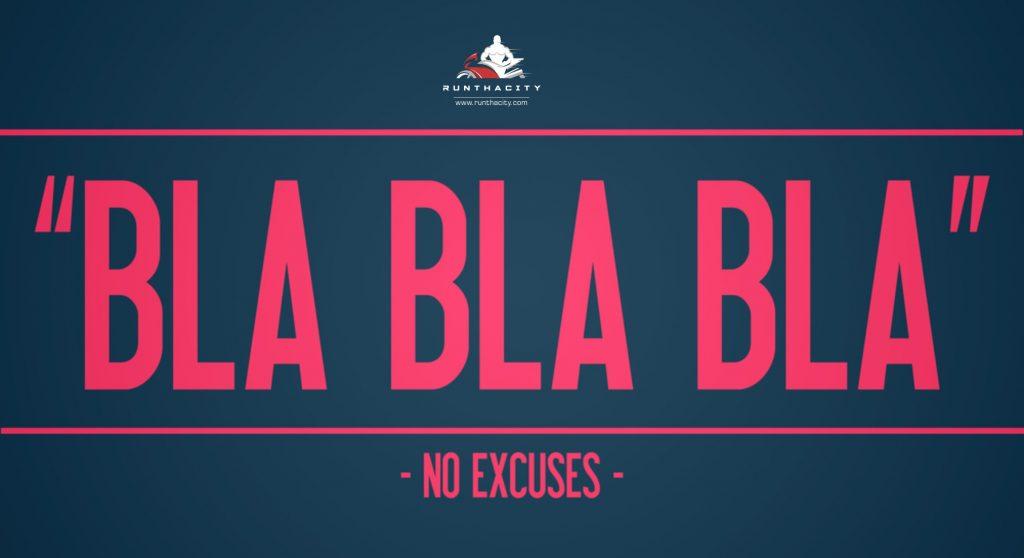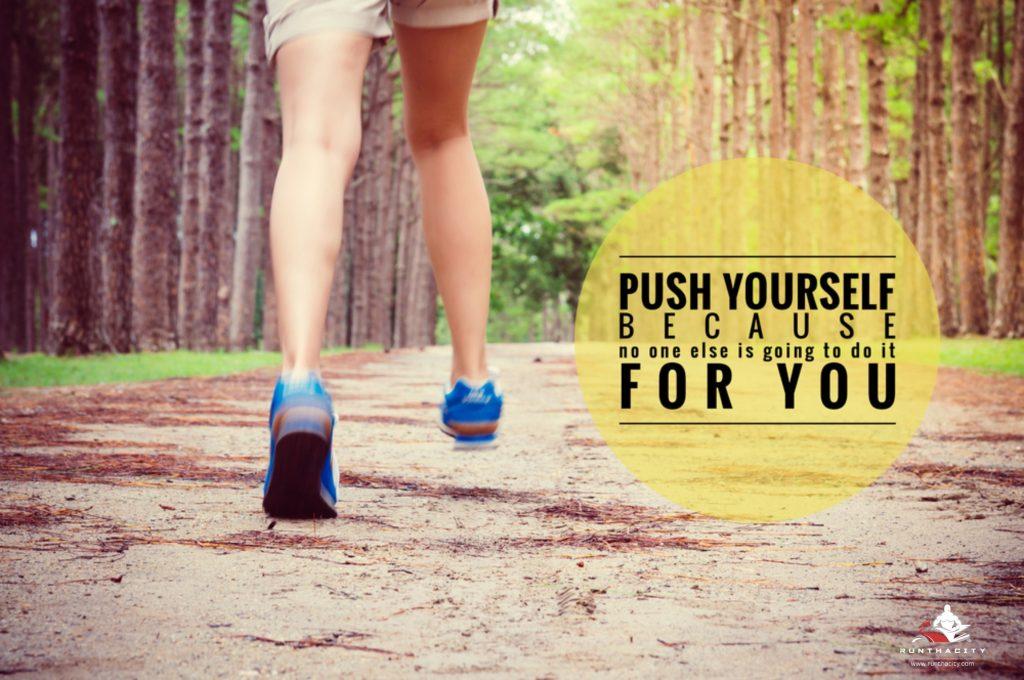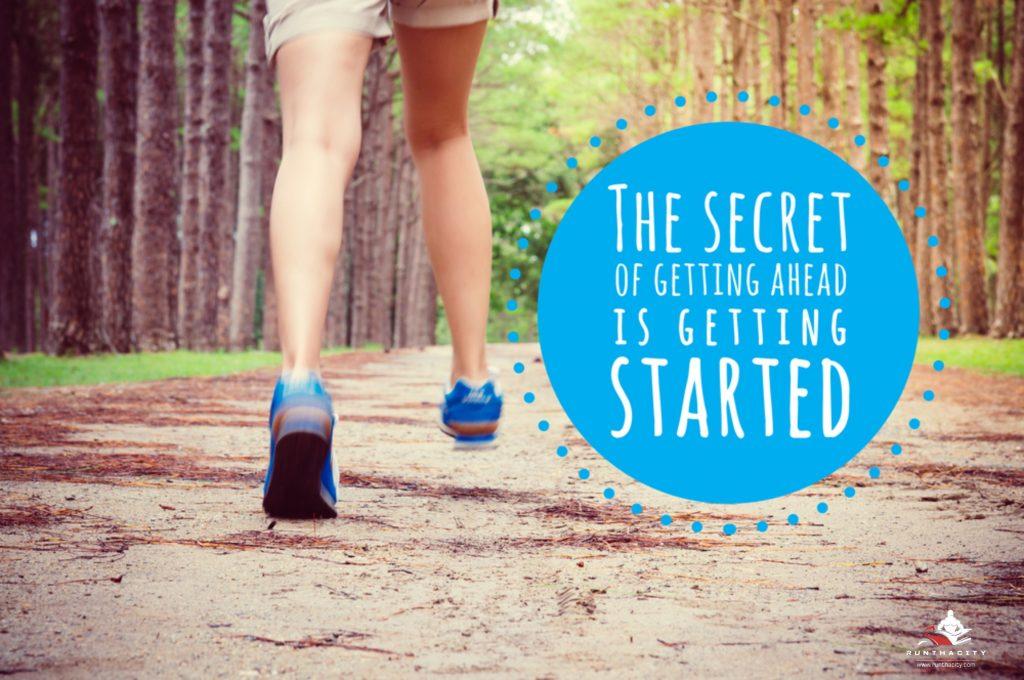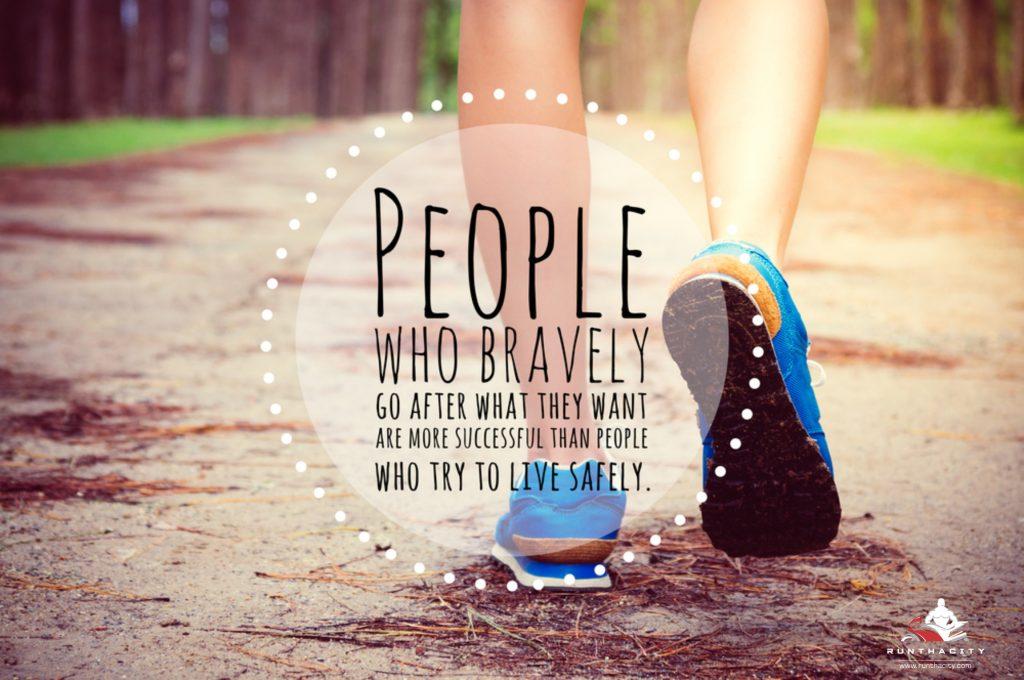There is only one magic formula to gaining weight and it requires that you eat more calories than your body burns. If you are finding it difficult to gain weight despite the fact you think you eat a lot, it is possible you are not creating a calorie surplus. If you are struggling to gain weight, these tips can help you understand what may be happening.
Why You’re Not Gaining Weight
If you are naturally skinny, you may think you can eat anything you want without gaining. You may claim you have a fast metabolism or that you simply don’t digest food the way heavier people do. You may believe you are constantly stressed which can lead to weight loss or that there is some medical condition that leads you to stay thin. However, there is truly only one explanation for staying thin and that is that you aren’t eating as much as you think you are. Track your calories for one week using an app like MyFitnessPal or something similar. It is highly likely you will find that you are not gaining weight because you are eating fewer calories than you are burning.
Somatotypes: Is Your Body Type Important
Your body type does play a part in how easily you gain or lose weight. People with high metabolisms do exist and it is possible you are not gaining because you are very active. Many people who have difficulty gaining fidget more than those who do not, research indicates. If you have a small frame, you may still have difficulty gaining because your body is not built to be big. Even if you have a small frame, have difficulty gaining due to activity or your metabolism is higher than others, if you eat more calories than you burn, you will gain weight. The key is to eat more calories than you burn consistently in order to see results.
How to Gain Weight
There are several ways to increase your calorie intake in order to gain weight. You can add more calories to each meal or add additional meals. Add calorie-dense food to your diet such as dried fruits, nuts or pasta. Blended food digests easier than food you have to chew, so add smoothies to your diet. One of the best smoothies includes oats, milk, banana, peanut butter and whey protein. Just as overweight people underestimate what they eat, skinny people overestimate what they eat. Track your calories each day to see what you are consuming. Consider a fitness tracker, such as a FitBit or Garmin, to track both calories and activity each day. Add squats and deadlifts with free weights to your workout to help you gain.
- Eat More
- Eat More Meals
- Eat Calorie Dense Foods
- Eat More Protein
- Drink Shakes
- Track Your Calories
- Lift Heavy (But Safely)
- Be Consistent
The Importance of Nutrition
Eating more calories than you burn will help you gain weight, but not just any calories. You want to be sure to choose healthy options, like whole grains as well as lean meats and dairy. Start by adding 500 calories per day than you are burning. If you are not gaining as you’d like, add more calories, but do so slowly to avoid building belly fat. You need to be consistent as it is the daily average calorie intake that determines true weight gain.
You Need to Eat More Protein
Increase the amount of protein you eat each day, such as chicken, fish and eggs. Add 1 gram of protein per pound of body-weight per day to build muscle and for recovery. Some of the best protein options include steaks, ground round, chicken breasts and thighs as well as tuna, salmon, mackerel and sardines. Eggs are good source of protein as are dairy products like milk, cottage cheese and yogurt.
Top Protein Sources:
- Steaks, Ground Beef
- Chicken Breast
- Turkey Breast
- Ground Turkey
- Tuna
- Salmon
- Mackerel
- Eggs or Egg Whites
Eat More Meals Throughout the Day
Small meals are easier to manage than large meals, so aim for six to seven small meals per day rather than three. Start by waking up earlier and eating breakfast. Too often, skinny people eat nothing for breakfast which means they are getting no calories before noon. You need at least eight hours sleep, so that leaves you only 16 hours to eat each day. Start with breakfast around 7 AM, adding a snack 10 AM. Lunch should be around 1 PM, another snack around 4 PM and then dinner around 7 PM. Keep in mind these are not large, more than 1,000 calorie meals, but smaller meals that are between 500 and 700 calories.
What You Should Eat
Choose foods that are high in calories and nutrition. Although vegetables are healthy, they do not have many calories. Keep vegetables in your diet for their nutritional value and fat-burning properties, but if you want to gain weight, you also need to add foods like nuts, dried fruit, dairy, grains, potatoes, fats and meat. Try to avoid junk food even though it is high in calories. McDonald’s food is calorie-dense, but also contains significant amounts of fat, sugar and sodium. Although eating chips, cookies, fries and ice cream may add calories, it can lead to extra fat around your belly. That does not mean you can never eat at McDonald’s or enjoy a cold beer every now and then. The best rule of thumb is 90 percent quality food and 10 percent junk food.
Train Consistently
Lifting helps trigger muscle mass building in your body so you want to include lifting weights in your workout. Lifting also increases your appetite helping you to eat more. If you eat more than you burn, lifting keeps food from being stored as fat. Use free weights which are more effective and safer than machines. Include compound exercises like squats, deadlifts, bench press and rows. Always try to lift more than you did in your last workout and be sure your form is correct. Your body needs rest, so don’t do more than three full body workouts each week.
Supplements for the Skinny Guy
Blending food in liquid form helps you digest it more quickly. You can make your own weight gainer shakes by combining:
- 100g Oats
- 1 Banana
- 1 tbsp Peanut Butter
- 300ml Whole Milk
- 2 scoops Whey Protein
Mix everything in a blender for 1048 calories, 120g carbs, 80g protein and 28g fat. Avoid processed weight gainer shakes as they are often full of sugars. If you aren’t a fan of smoothies, simply drink whole milk.
These tips and suggestions are designed for people who have difficulty gaining weight when working out. For more tips on workouts, nutrition and weight, subscribe to my YouTube Channel.
You Might also like
-
Over 100 Motivational Fitness Quotes With Images
Are you looking for the perfect motivation quote, meme, or image? Click to find the perfect one for your day! Feel free to download, share, etc!!
-
The Best Stretching Exercises for Sportbike Riders
Riding a sportbike can be an exhilarating experience, offering a sense of freedom and excitement. However, it can also be demanding on the body, particularly on the muscles and joints used most during rides. To ensure both safety and enjoyment while riding, incorporating stretching exercises into your routine is essential. Below, we outline the best stretching exercises specifically designed for sportbike riders, aiming to enhance flexibility, reduce muscle stiffness, and prevent injury.
Key Takeaways
- Stretching improves flexibility and range of motion, essential for comfortable and safe riding.
- Regular stretching can prevent muscle stiffness and soreness, particularly in areas heavily used during rides such as the wrists, shoulders, and legs.
- Incorporating exercise stretch bands can enhance stretching routines, offering resistance that can help improve overall flexibility.
Comparison Table: Stretching vs. No Stretching for Sportbike Riders
Criteria With Stretching Without Stretching Flexibility Improved Decreased Muscle Soreness Reduced Increased Injury Risk Lowered Elevated Riding Comfort Enhanced Compromised Recovery Time Shortened Lengthened Why Stretching is Crucial for Motorcycle Riders
Before delving into the specific exercises, it’s important to understand why stretching is so beneficial for motorcycle riders. Stretching can improve range of motion, decrease the risk of muscle soreness and injuries, and enhance your overall riding experience by keeping the body flexible and prepared for the demands of riding.
Best Stretches for Motorcycle Riding
- Wrist Extensor and Flexor Stretches
- Purpose: Alleviates wrist stiffness and prevents arm pump.
- How to Do: Extend your arm, palm down, and gently pull the fingers towards your body with the other hand. For the flexor stretch, extend your arm, palm up, and pull the fingers towards your body.
- Shoulder and Chest Openers
- Purpose: Opens the chest and shoulders, counteracting the forward-leaning posture.
- How to Do: Interlace your fingers behind your back, straighten your arms, and lift your chest upwards, feeling the stretch in your shoulders and chest.
- Hip Flexor Lunges
- Purpose: Loosens the hip flexors, crucial for maintaining a comfortable riding position.
- How to Do: Step forward into a lunge, keeping the back leg straight and the front leg at a 90-degree angle. Push your hips forward.
- Quadriceps Stretch
- Purpose: Stretches the front thigh muscles, which can become tight from the riding position.
- How to Do: Standing on one leg, pull the other foot towards your buttock, keeping the knees together.
- Seated Hamstring Stretch
- Purpose: Increases flexibility in the back of the legs.
- How to Do: Sit on the ground, extend your legs, and reach towards your toes.
- Glute and Piriformis Stretch
- Purpose: Relieves tightness in the buttocks and lower back.
- How to Do: Sitting on the floor, cross one leg over the other and gently pull the knee towards the opposite shoulder.
Incorporating Stretch Bands for Enhanced Flexibility
Exercise stretch bands can be a valuable tool for motorcycle riders looking to enhance their stretching routine. They provide resistance, increase the effectiveness of stretches, and help improve overall flexibility. Here are a couple of stretches using exercise bands:
- Band-Assisted Hamstring Stretch: Lie on your back, loop a band around your foot, and gently pull back, keeping the leg straight.
- Shoulder Stretch with Band: Hold a stretch band in both hands, lift your arms over your head and behind your back, stretching the shoulders.
FAQs on Stretching for Motorcycle Riding
- How often should I stretch?
- Ideally, before and after each ride to warm up and cool down the muscles.
- Can stretching improve my riding performance?
- Yes, by enhancing flexibility and reducing muscle fatigue.
- Are there stretches to prevent lower back pain from riding?
- Yes, hip flexor stretches and lower back stretches can help alleviate and prevent lower back pain.
- Why is stretching important for motorcycle riders? S
- tretching improves flexibility and reduces the risk of muscle stiffness and injuries, making riding more comfortable and enjoyable.
- How often should I stretch for the best results?
- Ideally, before and after each ride to prepare your muscles for the ride and to aid in recovery afterwards.
- Can stretching help with lower back pain from riding?
- Yes, specific stretches targeting the lower back and hip flexors can alleviate and prevent lower back pain.
- Are exercise stretch bands beneficial for riders?
- Yes, they add resistance to stretches, effectively improving flexibility and strength in key muscle groups.
- What are the best stretches for sportbike riders?
- Wrist, shoulder, hip flexor, quadriceps, hamstring, and glute stretches are highly beneficial.
- How long should each stretch be held?
- Each stretch should be held for at least 30 seconds to maximize its effectiveness.
Conclusion
Incorporating these stretching exercises into your routine can significantly enhance your motorcycle riding experience. Not only do they prepare your body for the ride, but they also help prevent post-ride stiffness and soreness. Remember, consistency is key to seeing improvements in flexibility and to enjoy a more comfortable and enjoyable ride.
For more tips on fitness and motorcycle riding, check out our Fitness Blog at RunTheCity. Whether you’re a seasoned rider or just starting, understanding and practicing these stretches can lead to a healthier, more enjoyable riding experience.
-
How Riding a Sportbike Can Boost Your Cardiovascular Health
Riding a sportbike is not just an exhilarating experience; it’s also an excellent way to boost your cardiovascular health. The thrill of speeding down the highway with the wind against your face can significantly benefit your heart and muscles, making it a unique blend of adventure and health.
Key Takeaways Table:
Benefit Description Enhances Cardiovascular Fitness Riding a sportbike increases heart rate, improving cardiovascular health over time. Improves Muscle Endurance Constant control and maneuvering of the bike enhance muscle strength and endurance, particularly in the core and legs. Reduces Stress Levels The focus required while riding can serve as a form of moving meditation, reducing stress levels which is beneficial for heart health. Encourages a Healthy Lifestyle Engaging in sportbike riding motivates individuals to maintain an overall healthier lifestyle, contributing to cardiovascular health. The Heart-Pumping Benefits of Sportbike Riding
Riding a sportbike isn’t just about the thrill and freedom it offers; it’s also a remarkable way to boost your cardiovascular health. This two-wheeled adventure combines aerobic exercise with outdoor exposure, offering a multitude of health benefits, especially for your heart. In 2024, the trend towards incorporating enjoyable physical activities into one’s lifestyle for health benefits has seen a significant uptick, and sportbike riding is riding this wave with gusto.
A Cardiovascular Workout on Two Wheels
At its core, sportbike riding is an excellent cardiovascular workout. Navigating a sportbike requires constant body movement, from balancing to turning and even maintaining posture. This continuous physical engagement increases your heart rate, which in turn, pumps more blood and oxygen throughout your body. The result is a stronger heart muscle and a reduced risk of cardiovascular diseases, a point emphasized in the fitness-focused sections of the RunTheCity Fitness Blog.
Weight Management Through Exhilaration
Sportbike riding is an effective way to manage or lose weight. The combination of adrenaline, enjoyment, and physical activity ensures that you burn calories without the monotony of traditional workouts. Burning calories is crucial for weight management and reducing the strain on your heart, thereby contributing to overall cardiovascular health.
The Road to Lower Blood Pressure
Regular engagement in sportbike riding can lead to lower blood pressure and improved blood flow. The physical activity involved helps widen your blood vessels, enhancing blood flow and reducing the risk of heart disease and stroke. It’s an exhilarating way to combat hypertension, a silent killer that affects millions worldwide.
Breathe Easy, Ride Hard
The outdoor nature of sportbike riding means you’re not just working out your heart but also your lungs. Fresh air and increased oxygen intake can improve lung capacity and efficiency, ensuring that your body’s cells are well-oxygenated, which is essential for overall health and endurance.
Riding Away from Stress
Sportbike riding offers an escape from the daily grind, reducing stress and anxiety levels. The focus required to ride, combined with the enjoyment it brings, can lower cortisol levels, a stress hormone, thereby indirectly benefiting your cardiovascular health by reducing the risk of stress-induced heart problems.
Enhancing Mental Health and Cardiovascular Wellbeing
The psychological benefits of riding a sportbike extend directly to cardiovascular health. The sense of freedom, the rush of adrenaline, and the mental focus required to navigate different terrains can significantly reduce psychological stress and anxiety. Lower stress levels contribute to lower blood pressure and a reduced heart rate, underlining the connection between mental health and physical well-being. The RunTheCity Fitness Blog highlights the importance of integrating activities you love, like sportbike riding, into your routine for lasting health benefits.
Strategies for Maximizing Cardiovascular Benefits
- Consistent Riding Schedule: To reap the cardiovascular benefits, consistency is key. Aim for regular rides, integrating them into your weekly routine to ensure continuous improvement in heart and lung fitness.
- Vary Your Riding Intensity: Just like any workout, varying your riding intensity can help improve cardiovascular health more effectively. Incorporate intervals of high-intensity riding followed by periods of moderate pace to challenge your heart and lungs.
- Hydration and Nutrition: Proper hydration and nutrition play a crucial role in maximizing the benefits of sportbike riding. Staying hydrated and consuming a balanced diet rich in heart-healthy foods will fuel your rides and aid in recovery.
- Cross-Training: Complement sportbike riding with other forms of exercise such as strength training or yoga. This holistic approach to fitness can help prevent injuries and enhance your riding performance and cardiovascular health.
The Community Aspect of Riding
Sportbike riding often brings together individuals with a shared passion, creating a sense of community and belonging. This social interaction can further enhance the mental health benefits of riding, contributing to a happier, stress-free life. Engaging with fellow riders through organized rides or online forums like those featured on RunTheCity can provide motivation, advice, and friendship, all of which are beneficial for mental and cardiovascular health.
Embracing Technology for Health
In 2024, the integration of technology in sportbike riding, through fitness trackers and mobile apps, offers riders detailed insights into their health metrics and progress. These tools can track heart rate, calories burned, and distance covered, providing valuable feedback that can motivate riders to set and achieve their fitness goals, further enhancing cardiovascular health.
Supplements for Cardiovascular Health
To further support cardiovascular health, consider incorporating supplements into your routine. Based on the latest trends and recommendations from health experts in 2024, the following supplements are considered beneficial:
- Omega-3 Fatty Acids: Found in fish oil, these are known for increasing HDL (good) cholesterol and decreasing LDL (bad) cholesterol and triglycerides.
- Magnesium: Regulates blood pressure and heart rate, supporting overall heart function.
- Coenzyme Q10 (CoQ10): Enhances the heart’s pumping ability and may decrease the effectiveness of blood-thinning medication.
- Vitamin B-12 and Folic Acid: Both are essential for preventing the formation of homocysteine, an amino acid that can damage artery linings.
- Plant-Based Supplements: The rise of plant-based diets has led to an increased interest in supplements derived from plant sources, which provide essential nutrients while aligning with ethical and environmental values.
FAQs About Sportbike Riding and Cardiovascular Health
-
Can sportbike riding really improve my heart health?
- Yes, sportbike riding increases your heart rate, similar to any aerobic exercise, helping to improve cardiovascular fitness.
-
How often should I ride my sportbike for health benefits?
- Aim for at least 150 minutes of moderate-intensity activity per week, as recommended by health organizations.
-
Is sportbike riding better than walking or running for cardiovascular health?
- Sportbike riding offers unique benefits, such as reduced joint impact, but walking and running are also excellent for cardiovascular health. The best exercise is one you enjoy and can perform regularly.
-
Can sportbike riding help with weight loss?
- Yes, it can contribute to calorie burn and weight management, especially when combined with a healthy diet.
-
Are there any risks associated with sportbike riding?
- Like any physical activity, there’s a risk of injury, but wearing appropriate gear and riding safely can minimize risks.
-
How does sportbike riding reduce stress?
- The focus required and the enjoyment of riding can lower stress levels, improving overall cardiovascular health.
Conclusion
Riding a sportbike is more than just an exhilarating hobby; it’s a comprehensive activity that benefits your cardiovascular health in numerous ways. From improving heart and lung function to reducing stress and fostering a sense of community, the benefits are wide-ranging. By adopting a strategic approach to riding, prioritizing safety, and embracing the joy it brings, individuals can significantly boost their cardiovascular health while enjoying the ride of their life.


